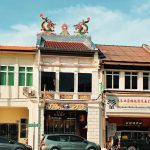In this city, the dark horse during the Spring Festival, after three days of wandering and eating, you can say goodbye to a year of gym attendance!
Let me tell you, have you ever felt the excitement when a treasure city that you’ve been cheering for a long time finally becomes popular? Recently, I took a trip to Fuzhou, and there were quite a few tourists. For years, it had the reputation of being the “least noticed provincial capital,” but last year it completely outpaced others!
Statistics from holiday scenic area traffic show that Fuzhou’s Sanfang Qixiang (Three Lanes and Seven Alleys) has maintained the top spot in the province!
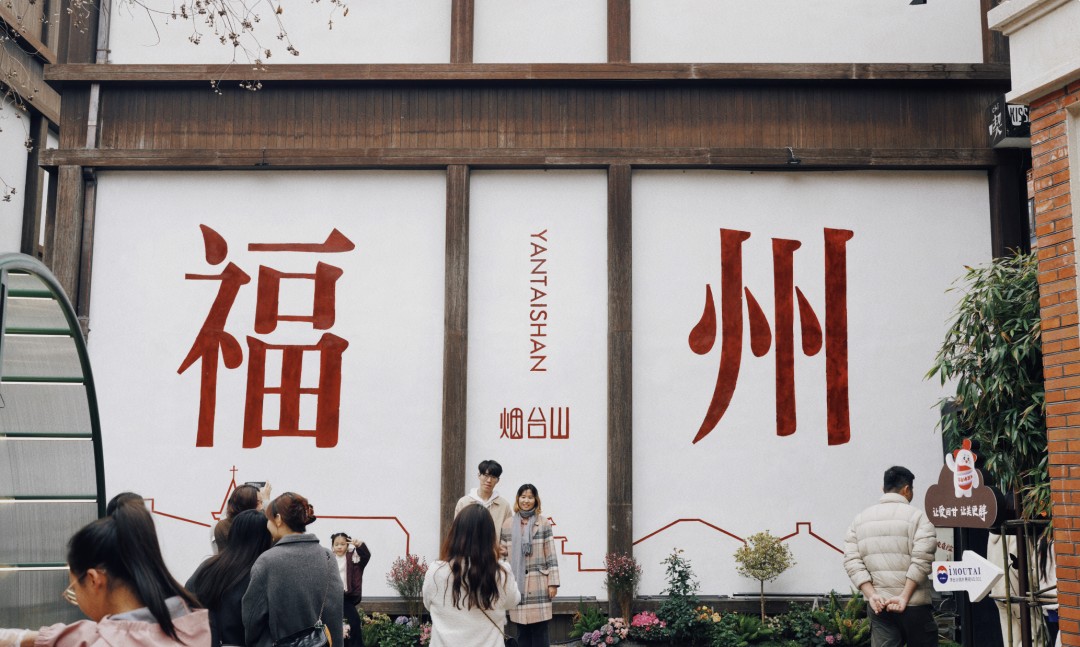
In my perception, Fuzhou’s rise to fame started last summer when Pingtan Island brought a significant influx of visitors. But as long as people come, it’s easy to say; our “Ya Ba” (a colloquial way to refer to Fuzhou locals) has thousands of charms that will definitely keep you here!
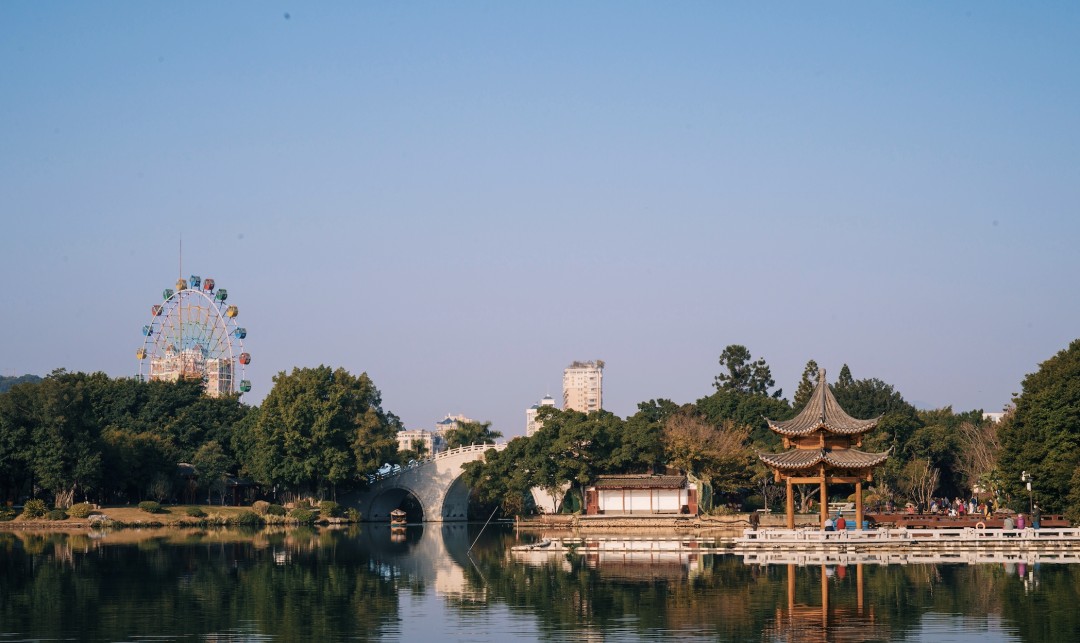
Unlike Xiamen, Fuzhou is a place that feels very livable. The greatest characteristic of the people of Fuzhou is their “contentment brings happiness.” Their daily life revolves around hot springs, tea houses, and drinking jasmine tea. A specialized travel style does not apply to this city.
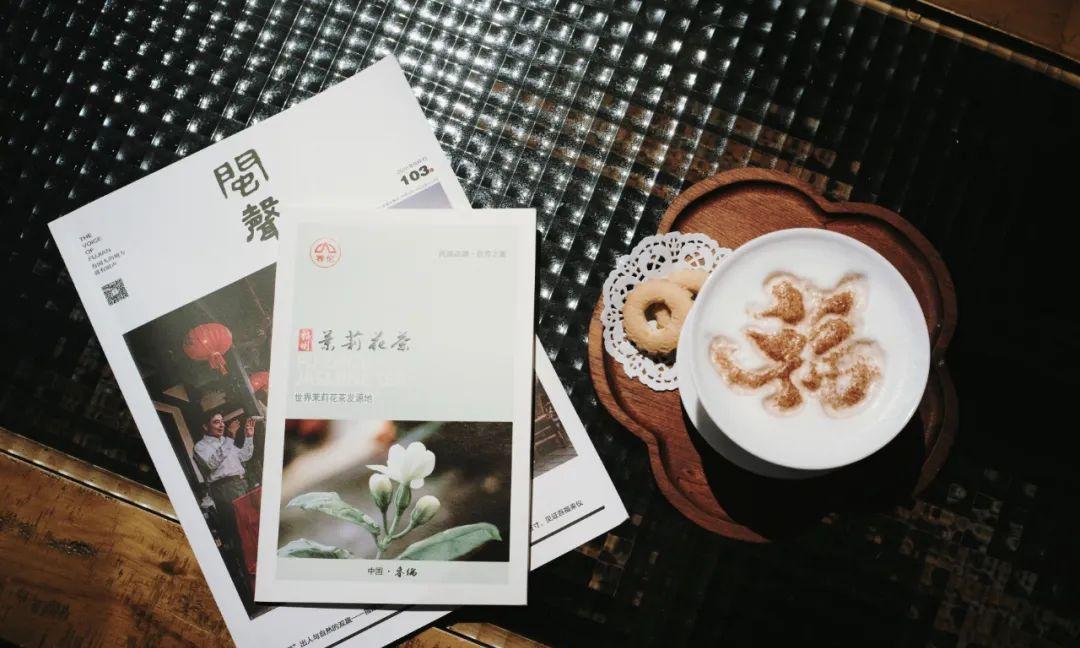
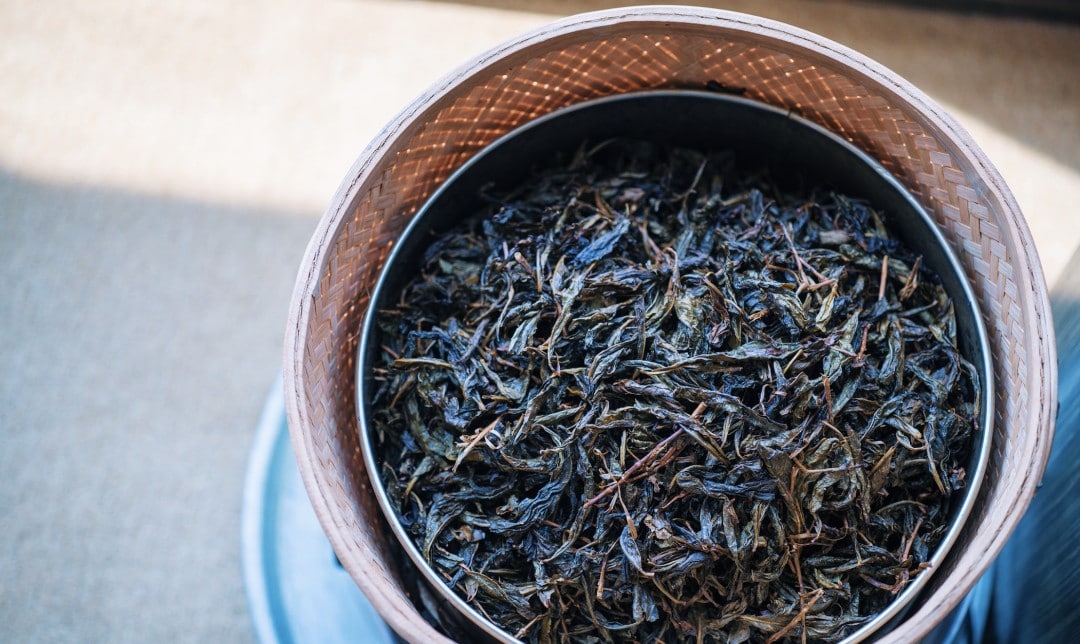
Fuzhou has been thriving in recent years, even reclaiming the title of the province’s top GDP from Quanzhou. However, locals don’t have the consciousness of being the protagonists of a satisfying story; instead, they quickly flee to the parks. They say that having 1,248 free parks is what they pride themselves on.
With the boost from short videos, Fuzhou’s “nuo di di” (a local delicacy) has completely gone viral. After indulging in four entire streets of food, I can tell you, this journey is just the beginning! Fuzhou is the birthplace of Min cuisine, one of China’s eight major culinary traditions, not to mention its hearty dishes and a variety of snacks that rival Quanzhou.
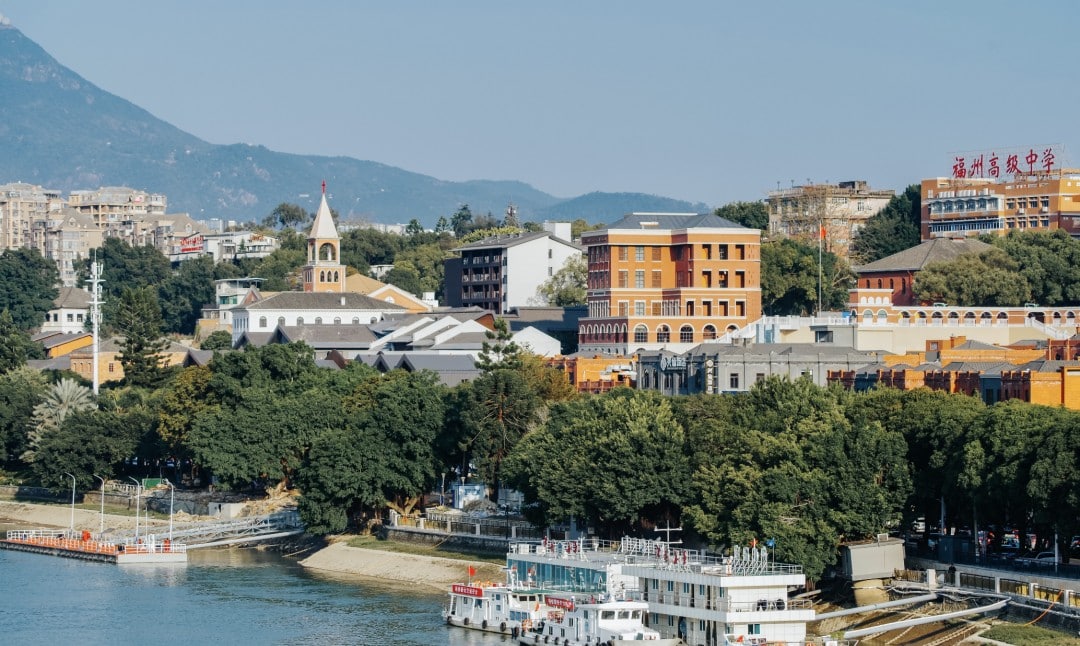
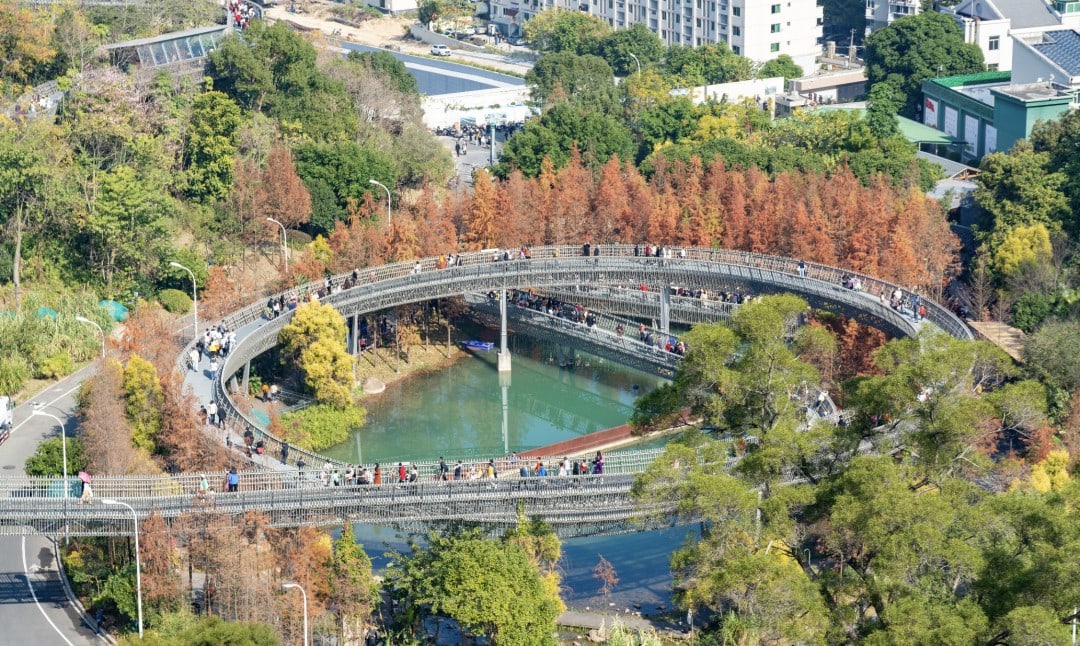
“Seven streets or eight streets, never leaving Ya Ba,” today let’s explore four small streets of Fuzhou together. Combining play and food, you must visit this “blessed city” at least once in the new year!
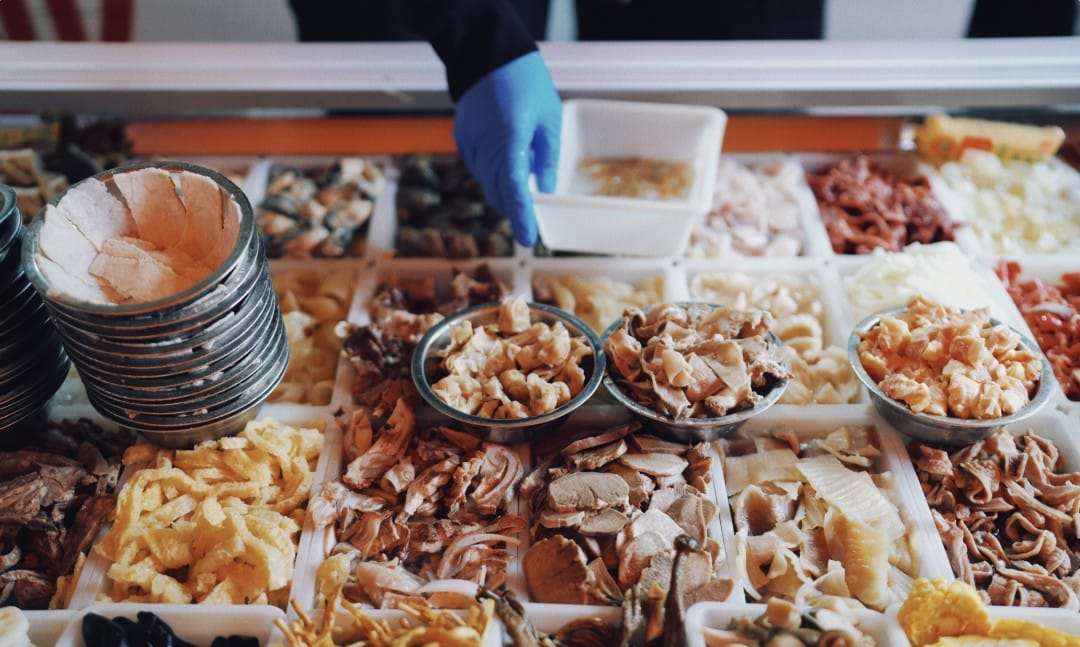
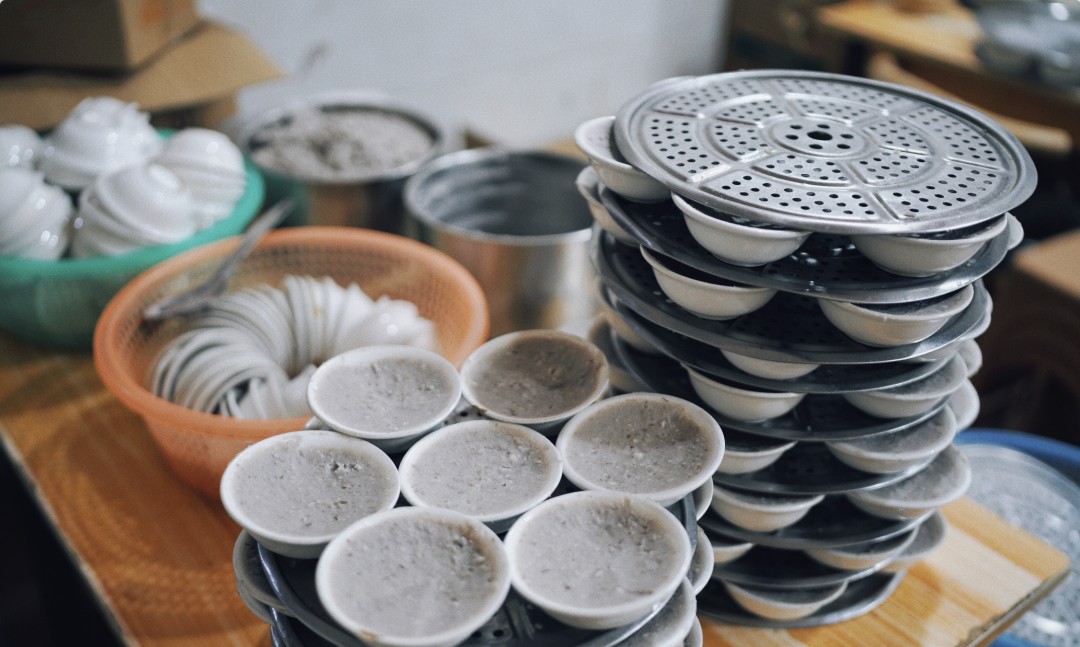
**Zhanjin Road**
A vibrant street full of the aroma of everyday life at the morning market.
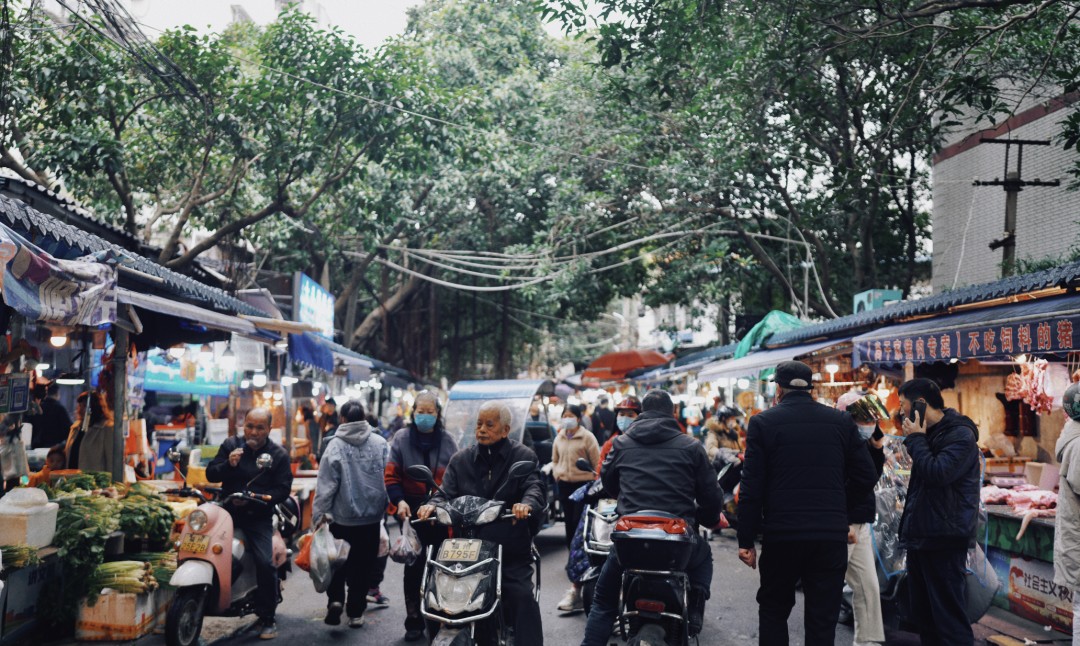
Exploring local food markets is an urban exploration project we always recommend. Rising early to visit the morning market, my target was the popular Pioneer Market located on Zhanjin Road, currently Fuzhou’s hottest spot. The traffic here is congested all day long, and even the little donkeys weaving through the crowd can only move at a snail’s pace.
Let me jot down the potential pitfalls first. Pioneer Market became famous due to short videos showcasing its “nuo di di” (typically sticky rice dumplings), and some stalls (I really can’t recall which exactly) have been known to charge different prices for tourists and locals. Though it might just be a couple of yuan more, it creates an unpleasant impression.
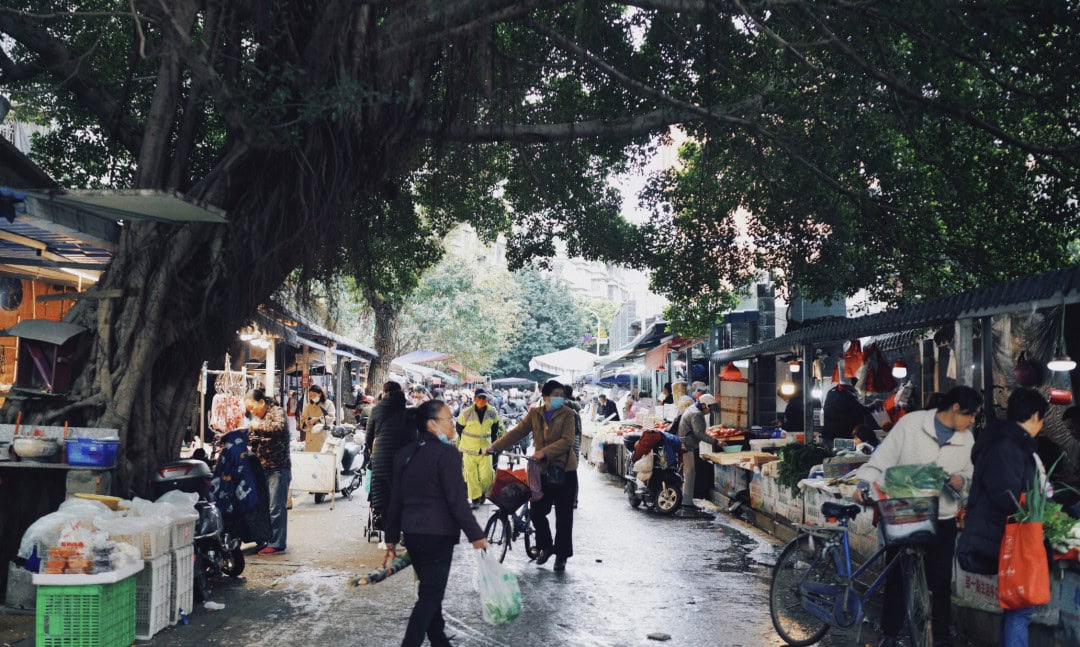
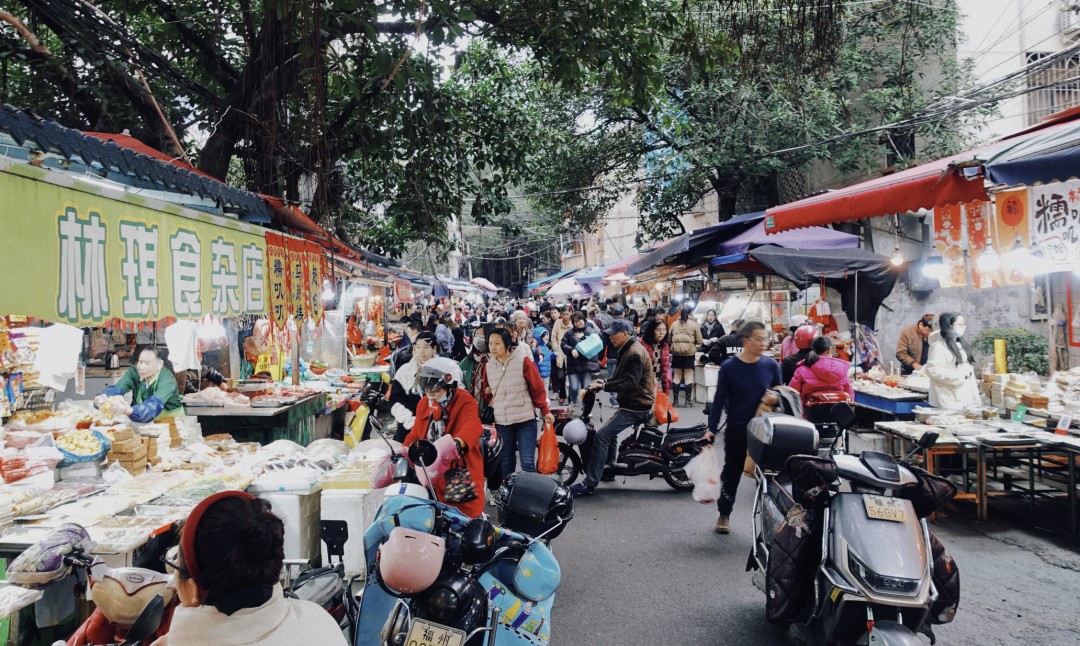
Despite the pitfalls, I still highly recommend visiting. I stepped out of the market and found out Pioneer Market spans only about 400 meters, and I had spent a full two hours exploring it?!
Visiting Pioneer Market reminded me of my first experience at Xiamen’s Eight Markets. I was overwhelmed by the array of agricultural products, and Fuzhou’s enthusiasm for cooking is just an outward reflection of their love for life.
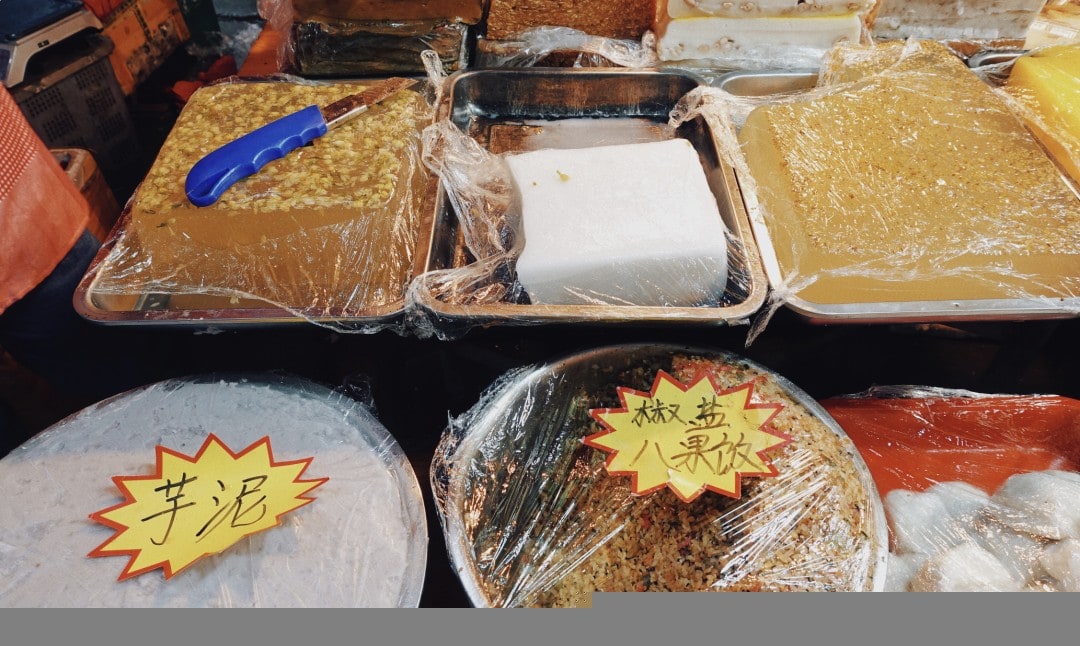
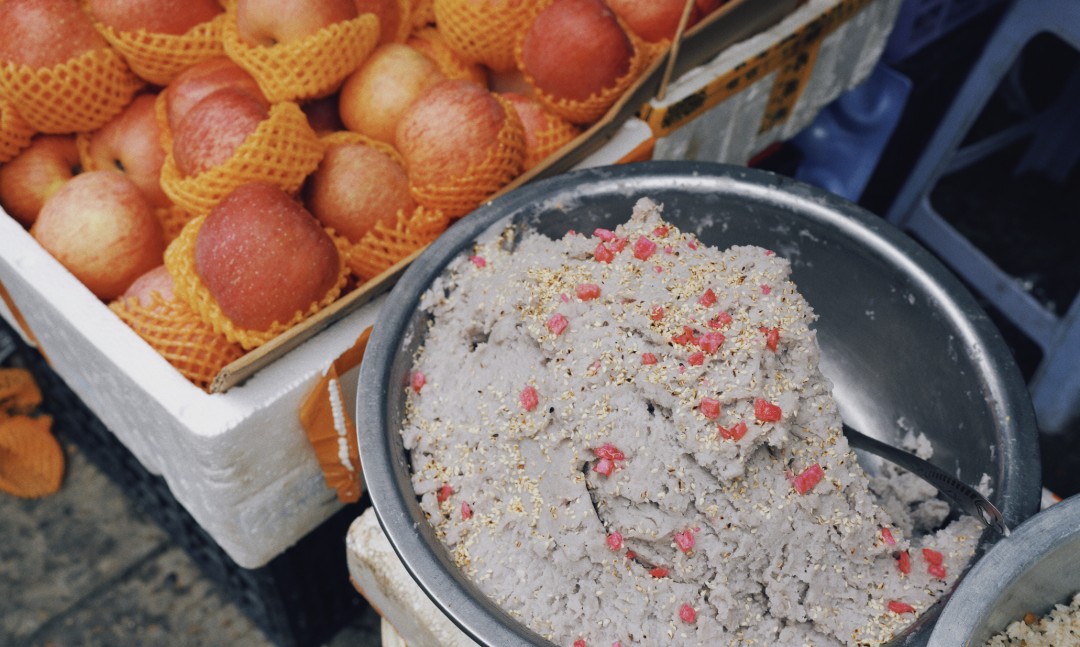
Being close to the sea, Fuzhou is blessed with an abundance of seafood in the market, greatly enriching the local diet.
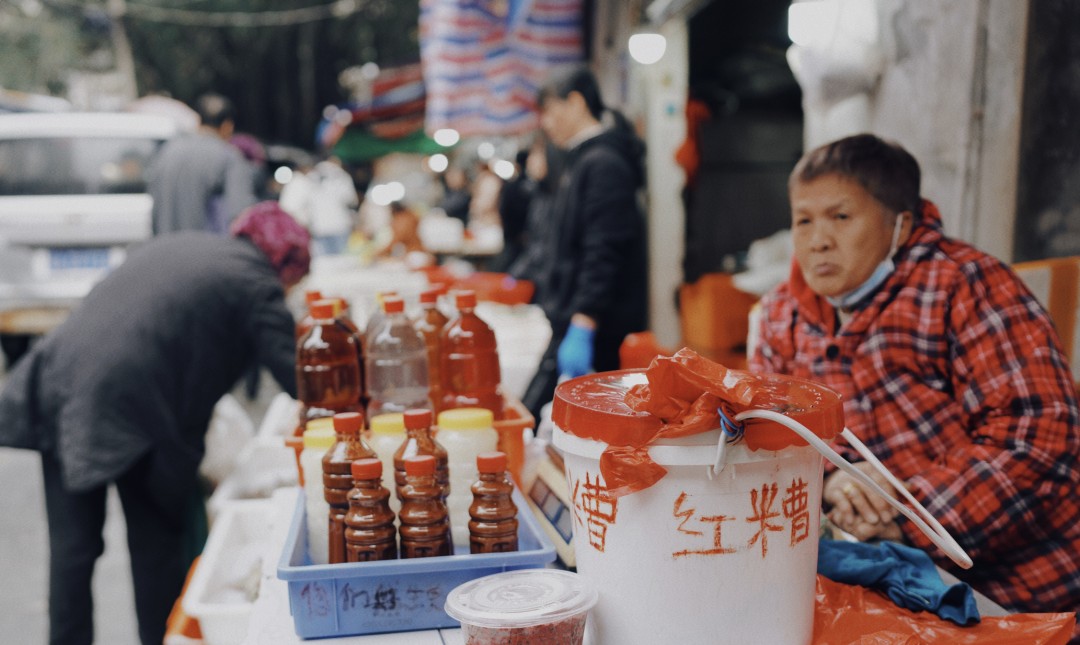
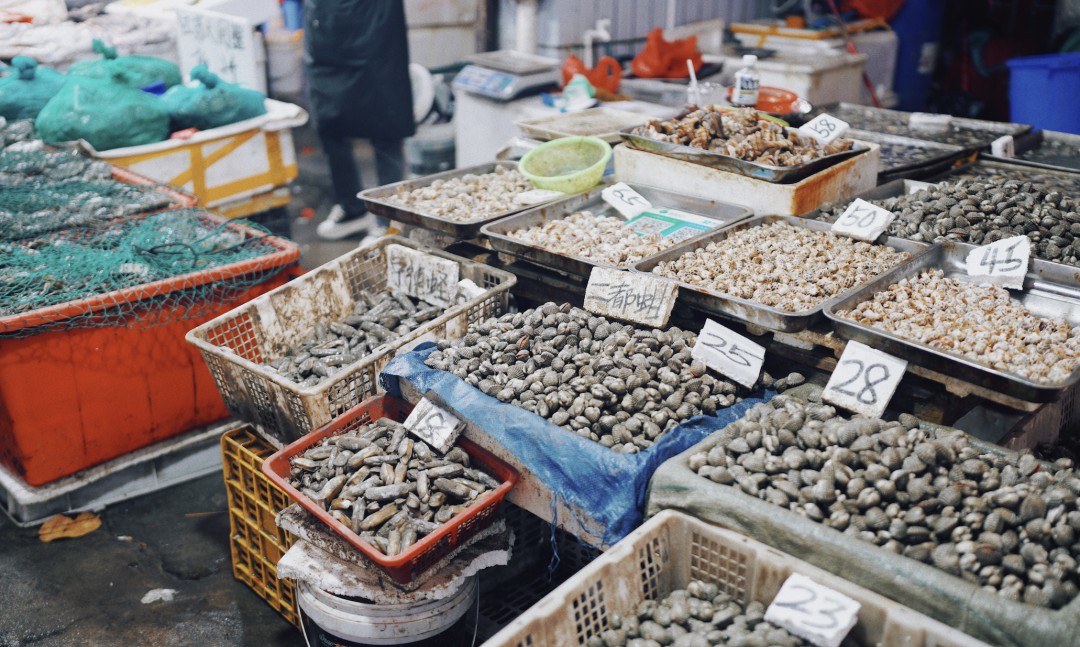
You can only buy homemade pickled hawthorn and salted olives at the market.
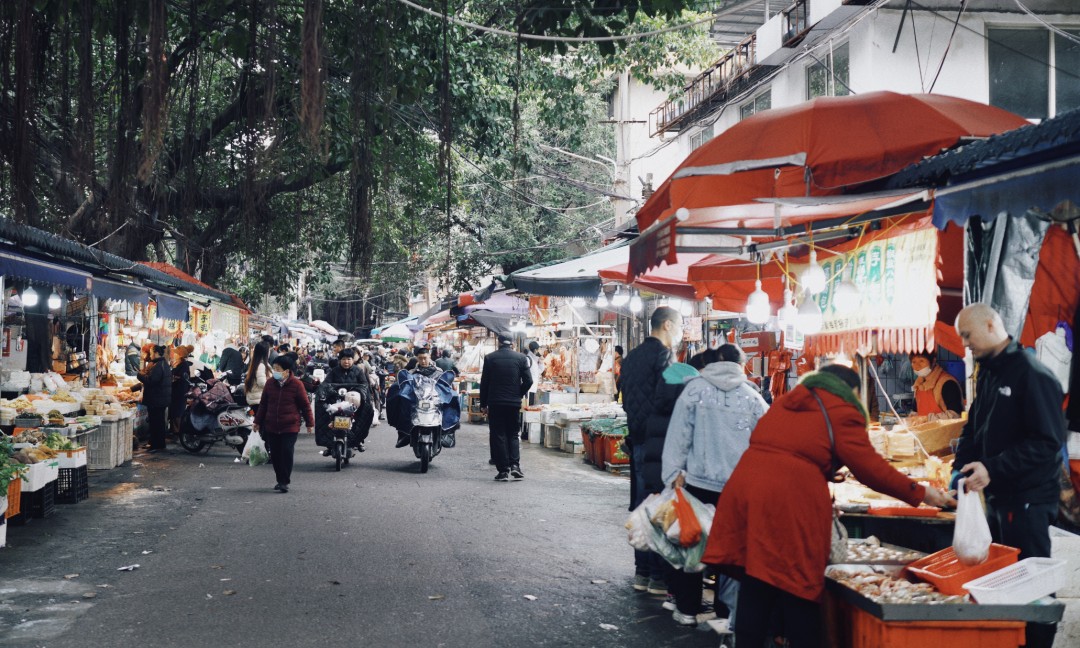
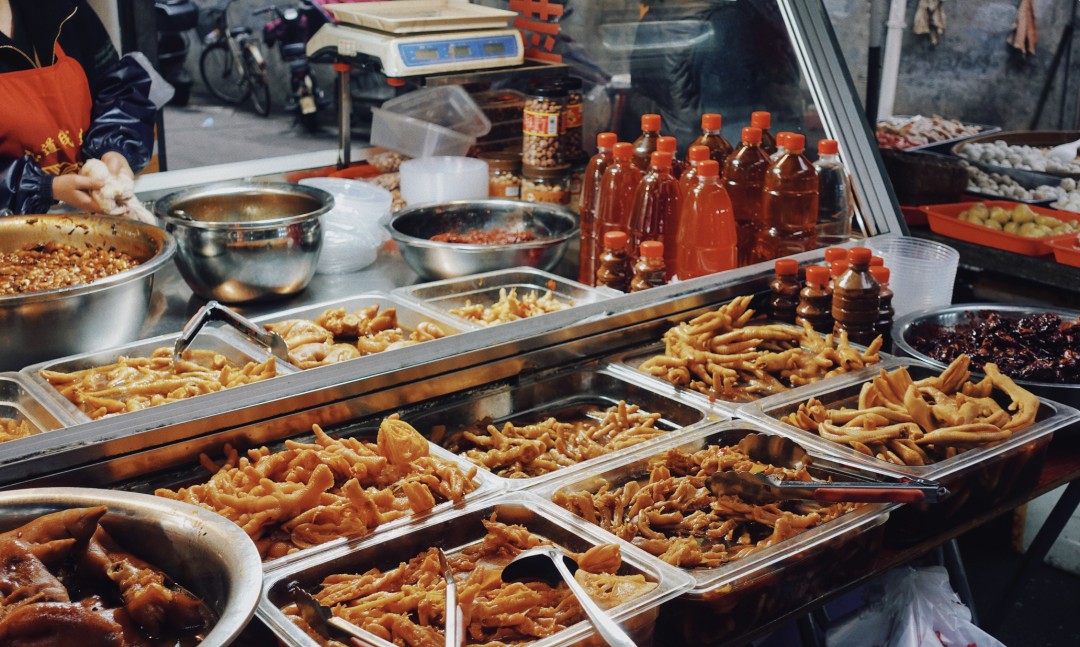
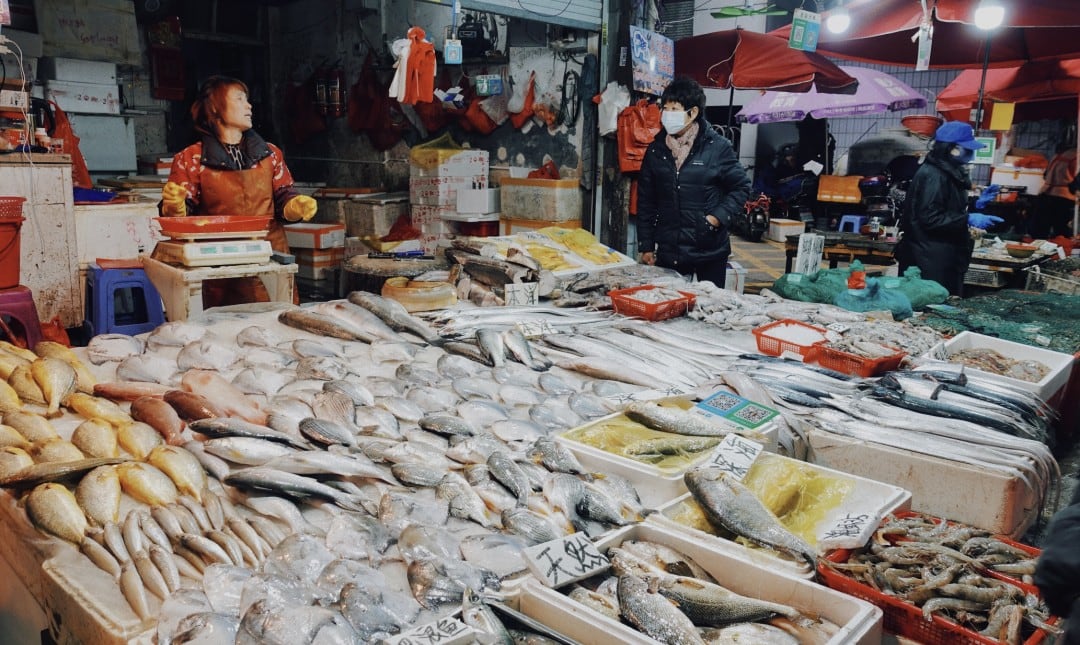
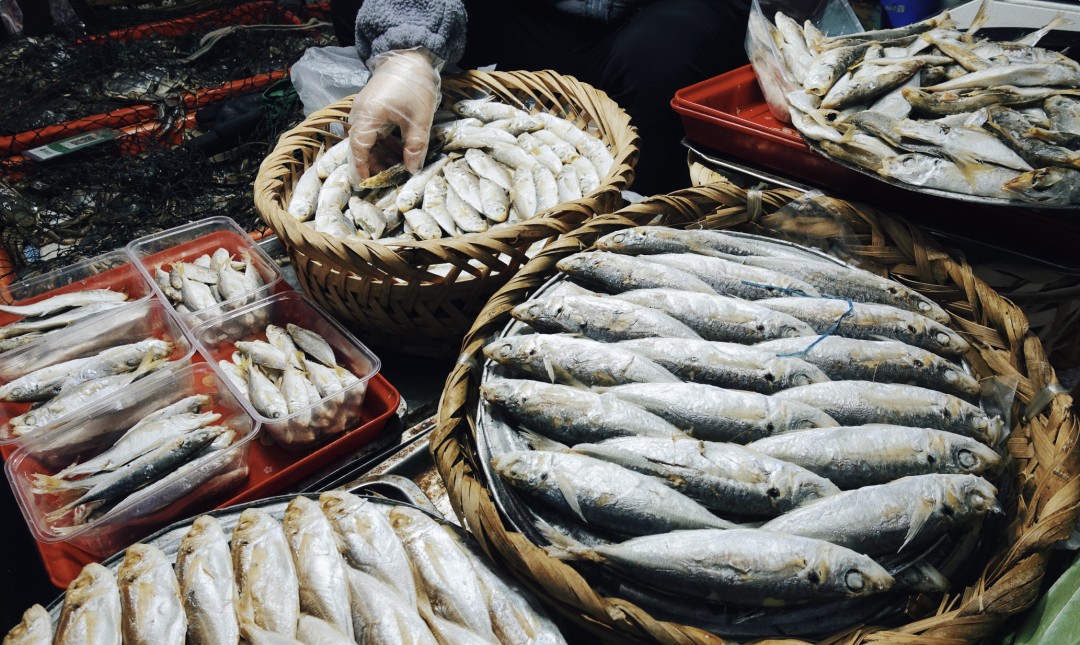
Forget online shopping; you can find various regional specialties from the Greater Fujian area right at Pioneer Market.
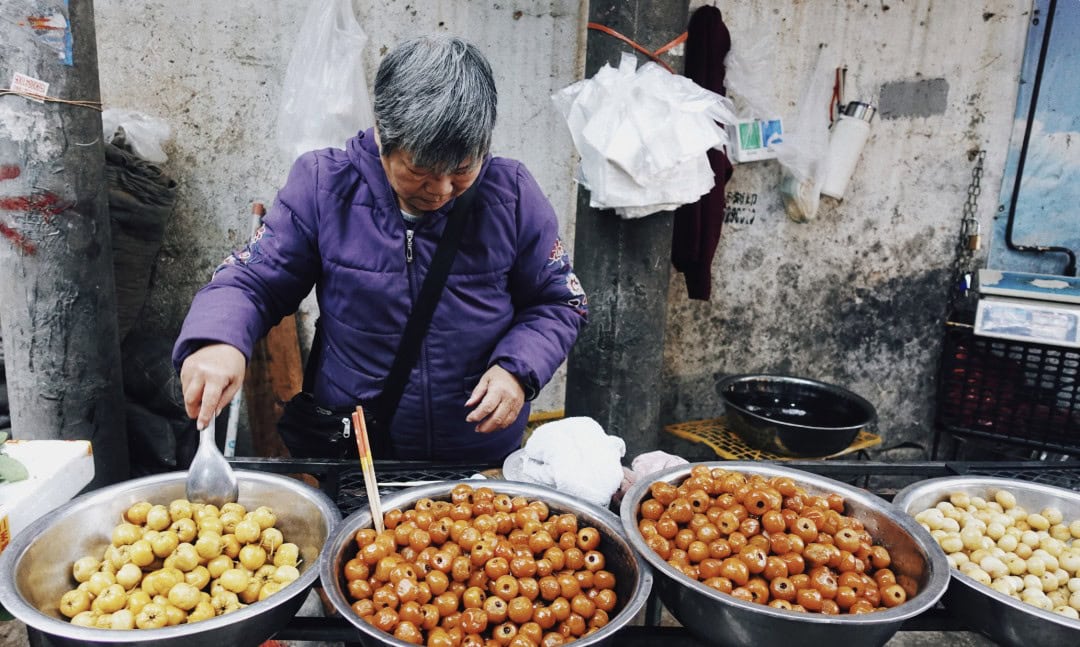
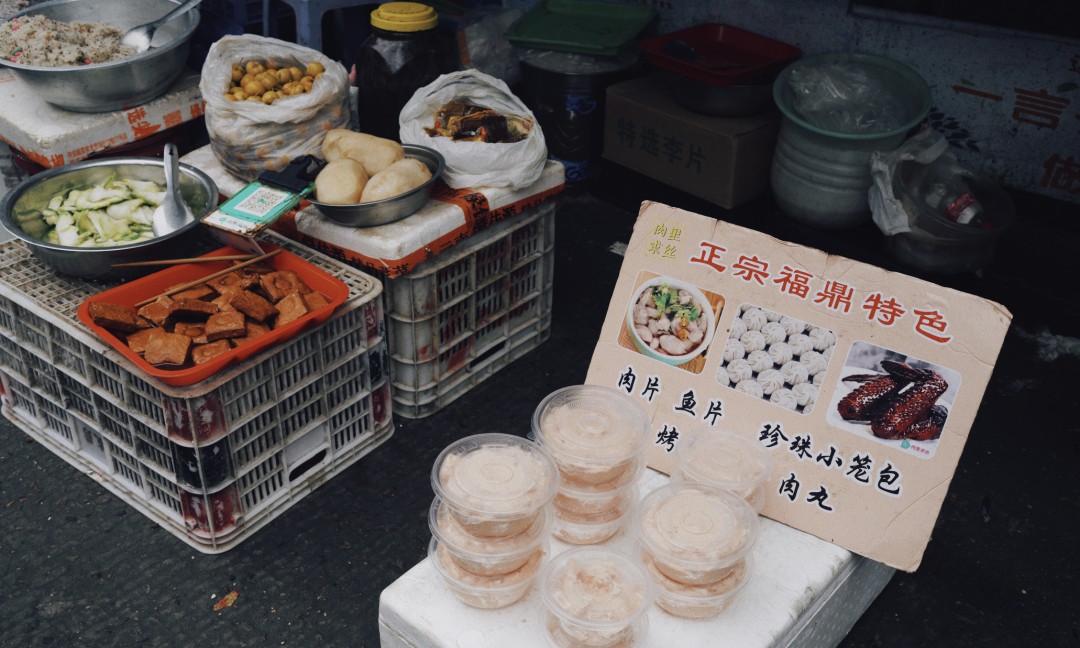
The busiest store in the market is undoubtedly the fish ball shop that produces seafood-derived products. Shark balls, eel balls, fish paste, green eel paste, meat wontons… the variety is sufficient for even Hot Pot restaurants to take notes. I’m not even sure if the fish ball shop, Quanzhen, is an older establishment, but it’s always crowded with customers vying for fish balls straight from the pot; they sell out quickly.
There are plenty of stores selling Fuzhou-style desserts, and the ingredients in tea shops are often eaten directly from bowls in Fuzhou. Steamed taro cake, radish cake, white sugar cake, meatballs, eight-treasure rice, and more seasonal delicacies—all are popular choices.
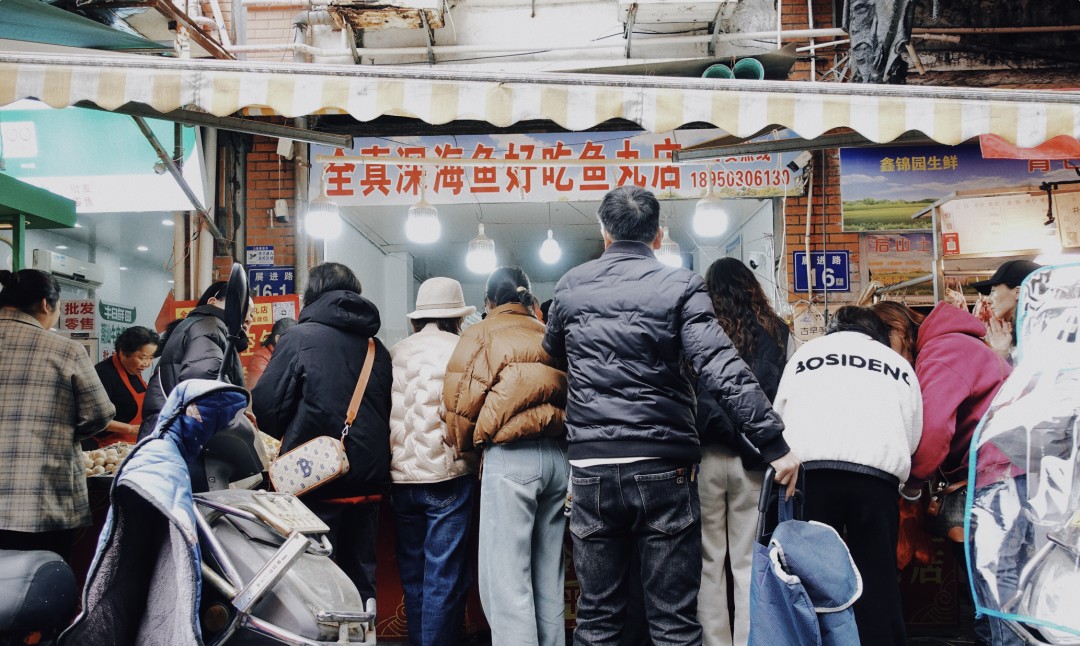
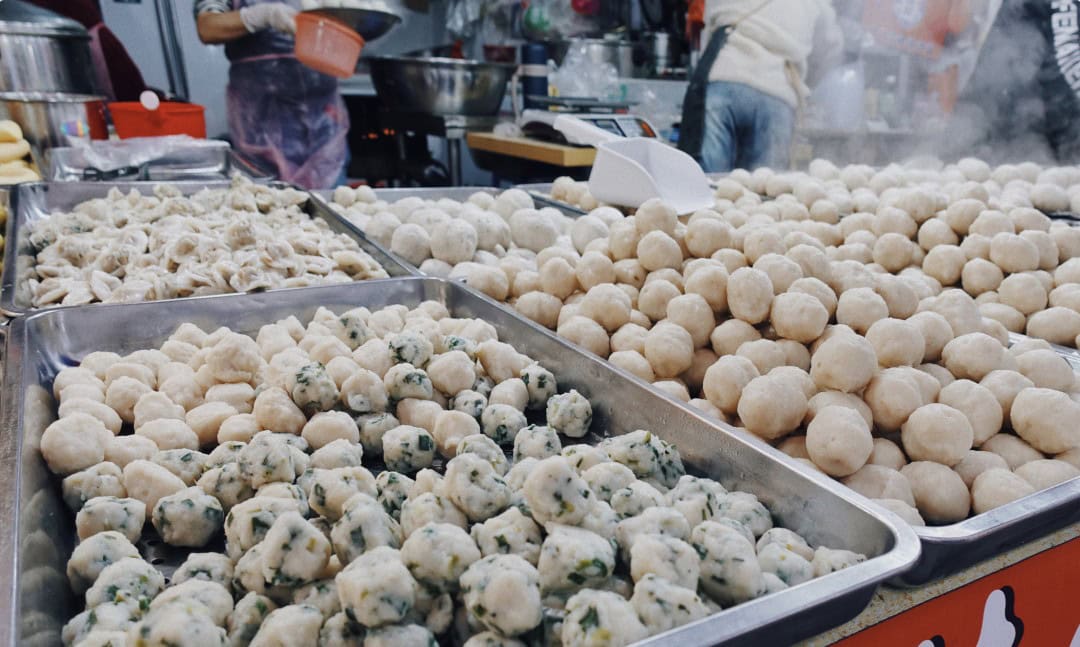
The choices in the prepared food category are even more plentiful. Fuzhou is a paradise for lazy food lovers! Fuzhou’s dining table cannot do without marinated flavors, generally skewed towards the sweet side; I personally find the classic lychee meat too sweet.
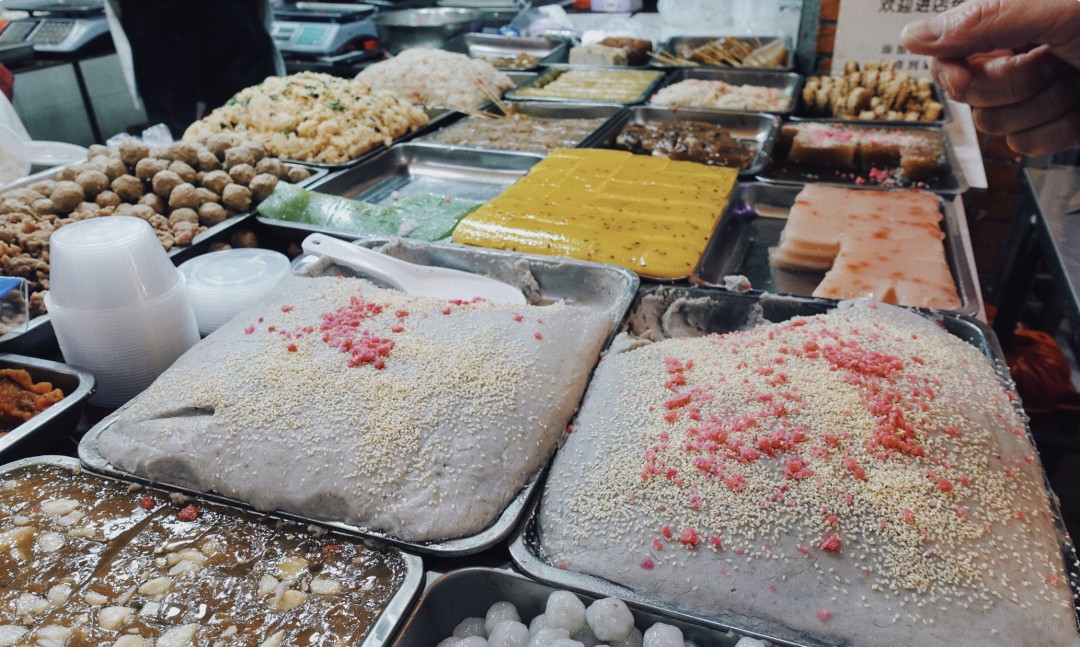
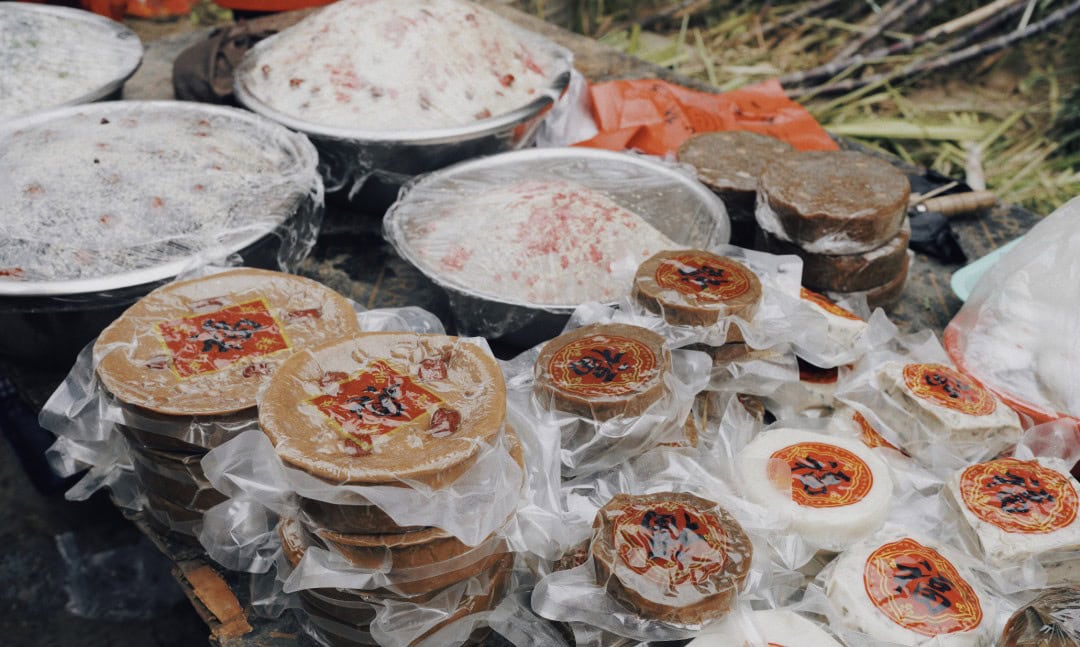
As for breakfast, you can resolve that at Zhanjin Road. I chose a place called Lianjiang Seafood Hot Pot, with the selection criteria being “the smaller the place name in the shop name, the better it tastes.” Lianjiang is a county under Fuzhou; the famous “Little Rio de Janeiro of Fujian,” Qida Village, is located here.
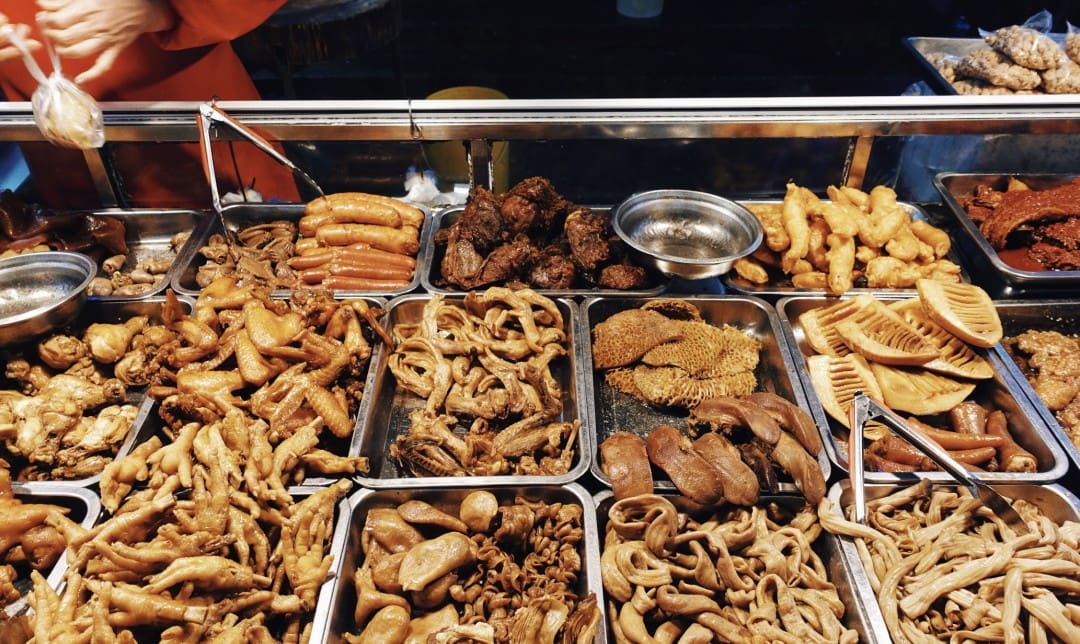
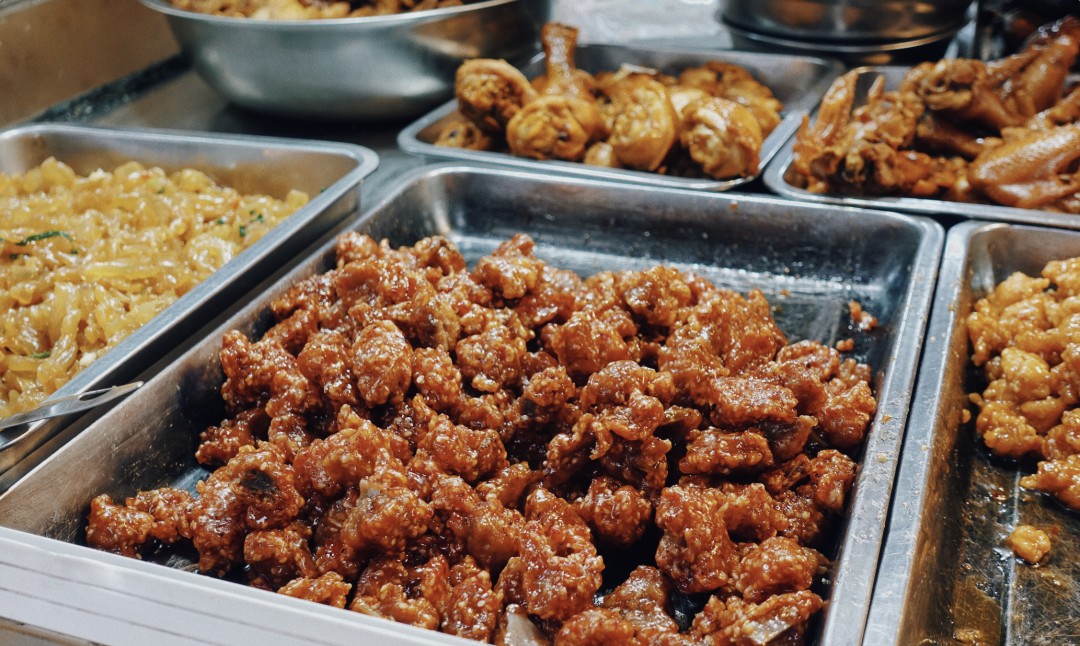
While the soup might look clear and plain in pictures, it’s incredibly flavorful; in winter, drinking the warm soup is especially comforting. I simply can’t enjoy the hot pot without some freshly fried youtiao (Chinese doughnuts)!
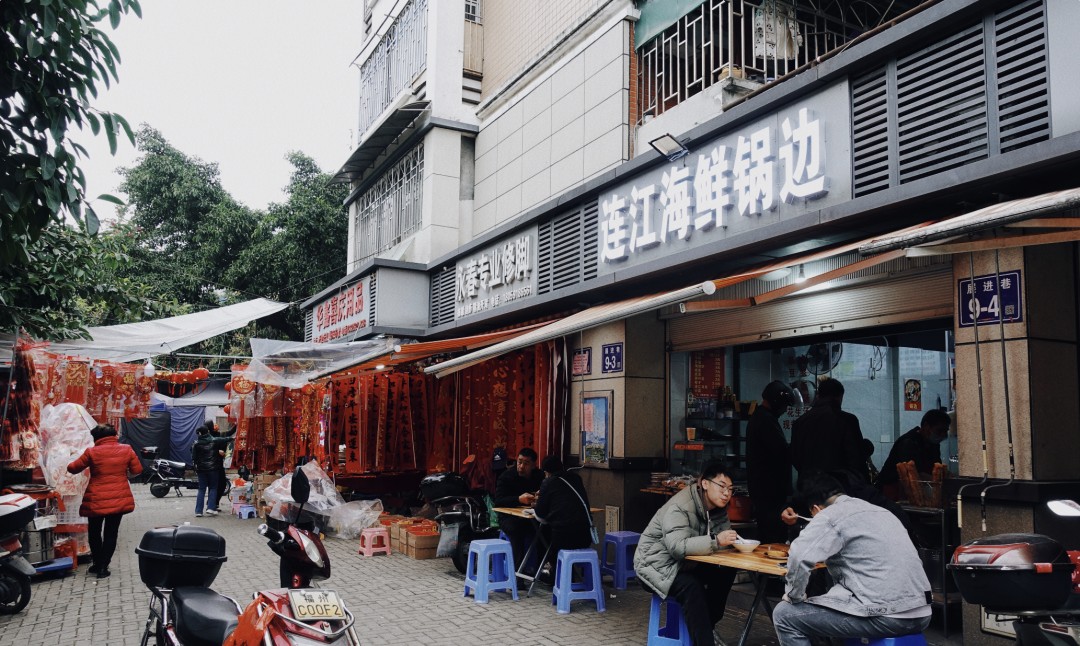
Across the road, the Tuan Di Lao Hua is similarly delicious; they’ve been operating for over ten years. The selection of hot pot places in Fuzhou is exceptionally strict, so if a restaurant has been open for that long, you can be sure it’s pretty safe.
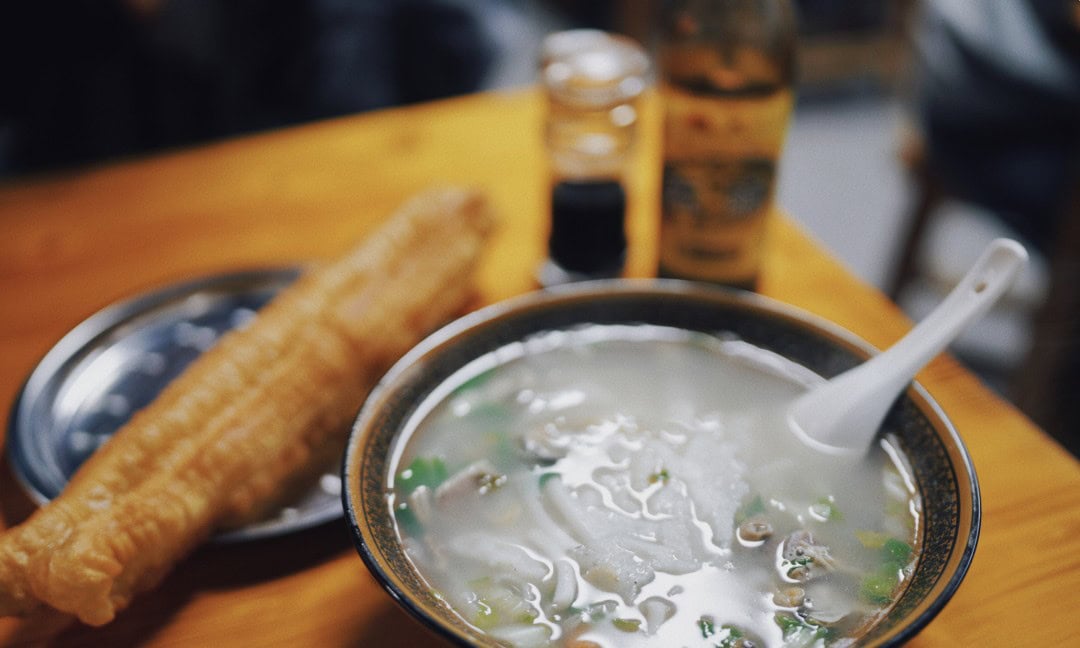
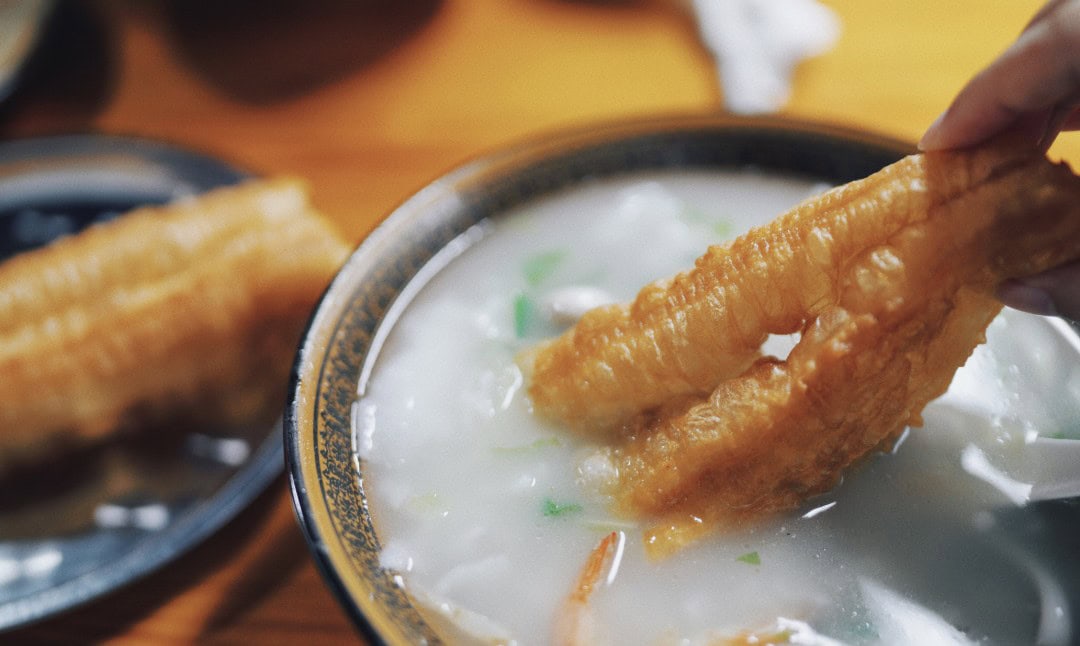
Heading to the end of Zhanjin Road and turning onto Gongnong Road, there’s an old internet celebrity place called A Xin Fresh Hot Pot. It’s similar to spicy hot pot but with more luxurious ingredients and more delicious broth.
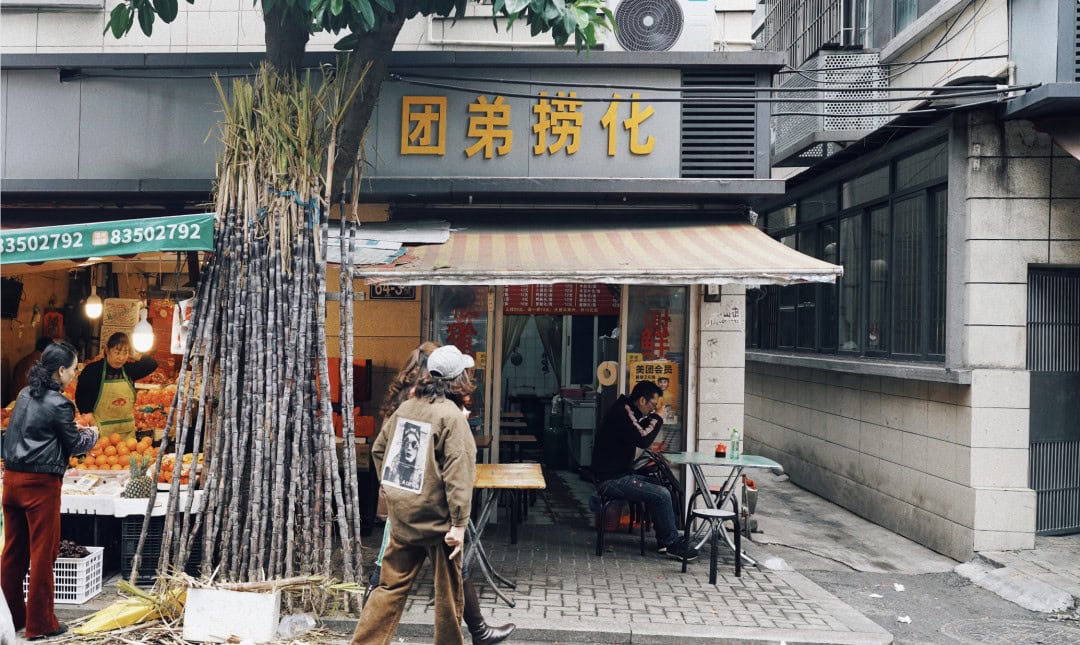
The biggest advantage of A Xin is the staggering variety of ingredients you can choose from, making it almost overwhelming, including abalone and chest oil, ingredients hard to find in other fresh hot pot establishments, and they offer a whopping 18 varieties of staples to choose from.
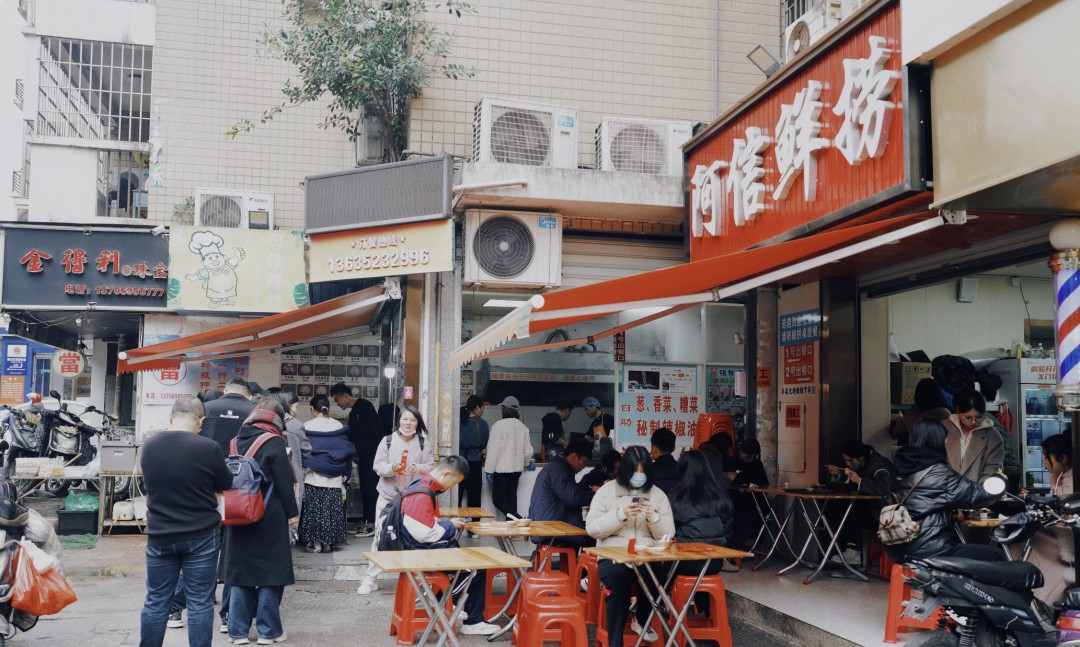
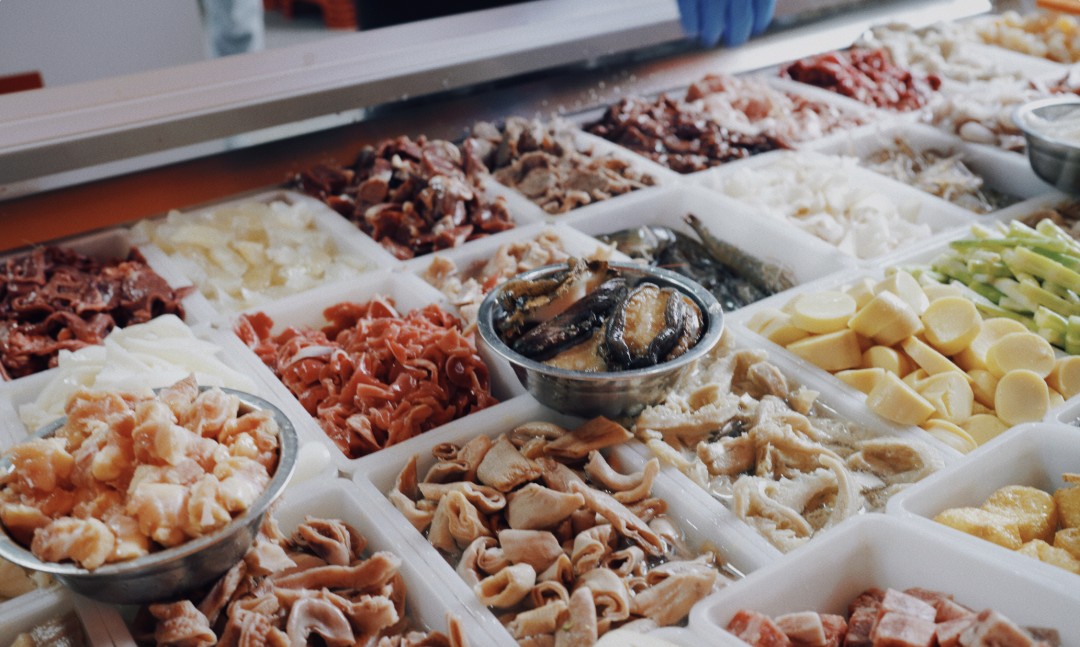
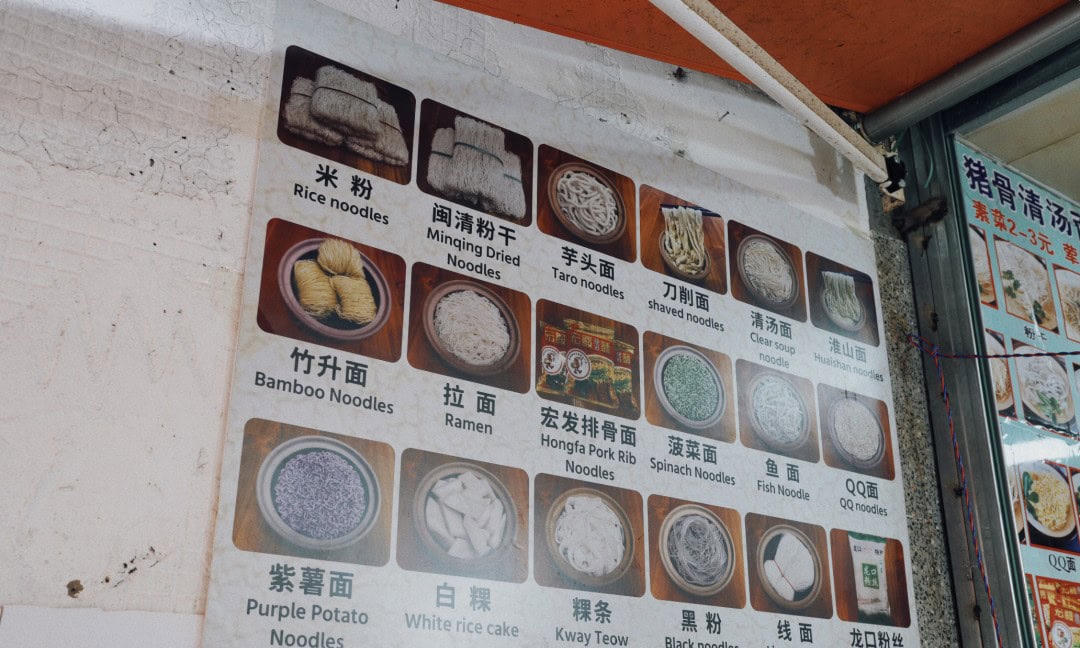
Even during off-peak hours, their shop often has a line that bends around the corner; if you don’t want to wait, my friend recommended the adjacent Shang Gan Yi Quan Mixed Noodles and Dumplings, claiming it’s also a genuinely excellent old shop with great flavor.
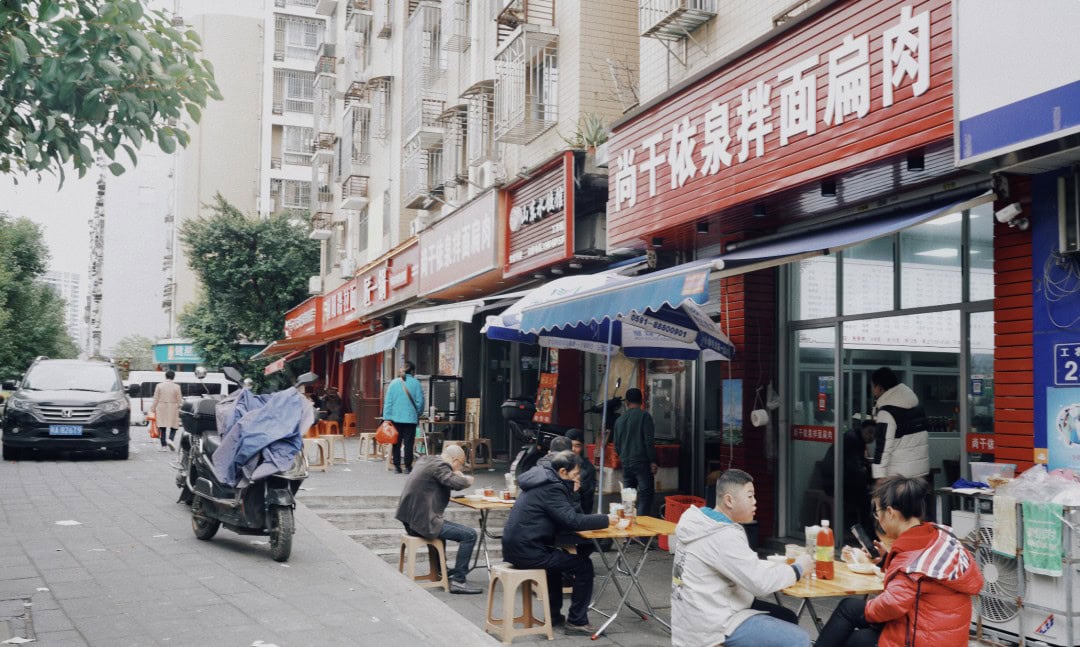
**Old Medicine Island Road**
If you want to eat enough, the old street is the way to go.
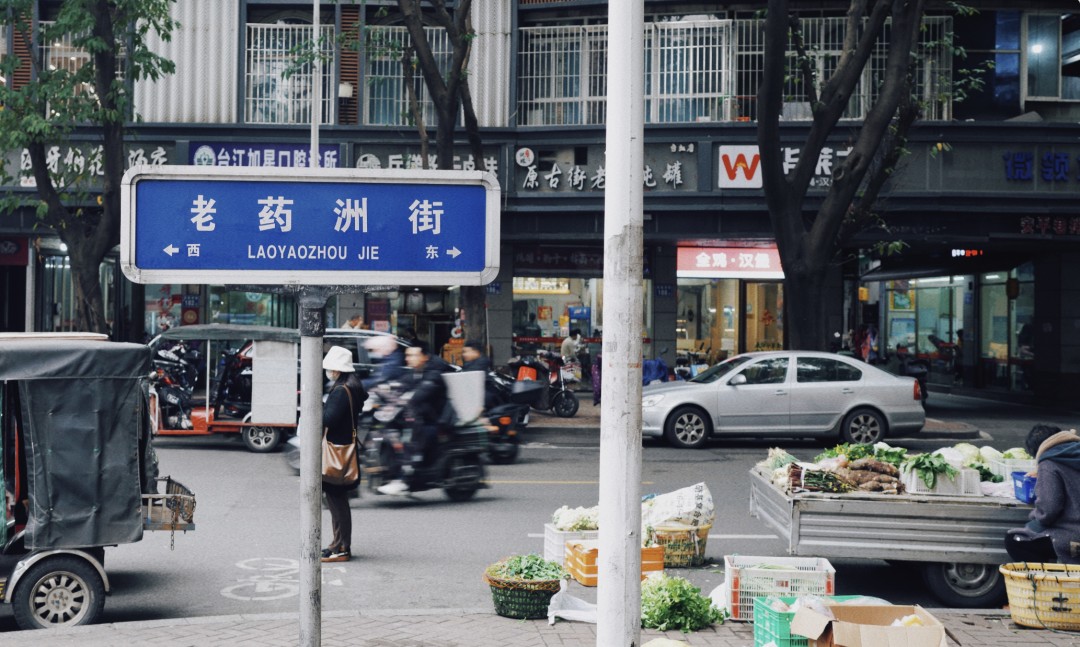
I recommend you to visit Pioneer Market early, but for the following street, I suggest coming a bit later. Nowadays, when it comes to late-night snacks in Fuzhou, many recommend the Daming Food Street. Before that, the Tai Jiang Small Commodity Wholesale Market on Old Medicine Island Road was Fuzhou’s most wild late-night food street.
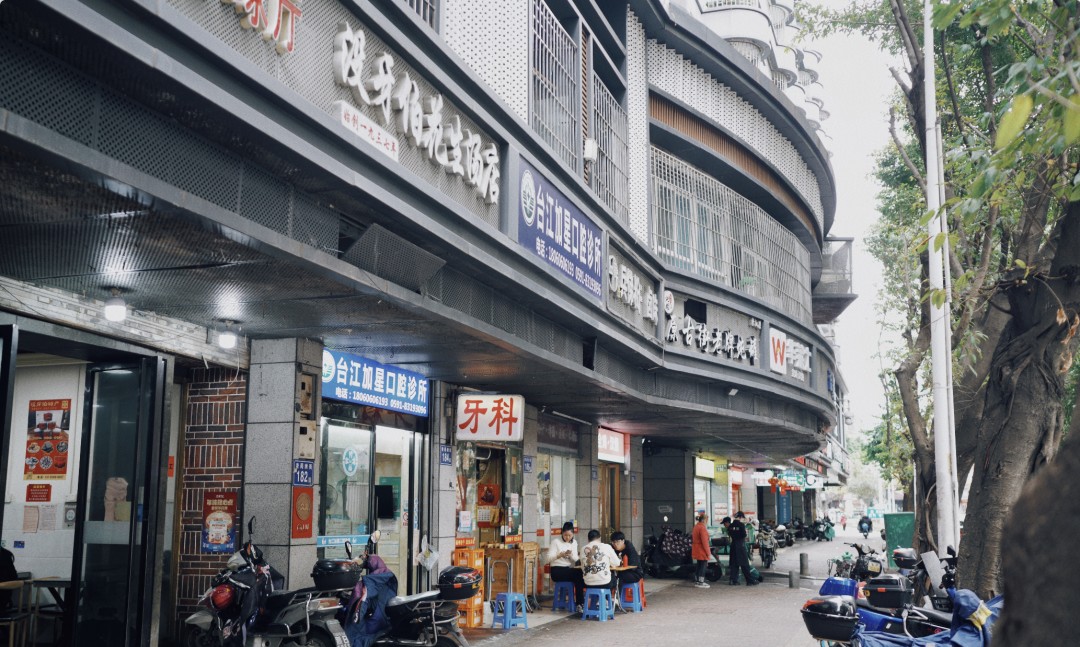
It’s not long, around 700 meters, but many shops on Old Medicine Island Road are listed in Fuzhou’s “must-try” guides. Even more remarkably, my personal top three establishments on Old Medicine Island Road are all right next to each other, sharing consecutive house numbers.
**No Tooth Uncle Peanut Soup**
📍: 182 Old Medicine Island Street, Taijiang District
💰: 8 yuan
No Tooth Uncle is a renowned dessert shop in Fuzhou. Having started with a stall outside Hualian Shopping Center over seventy years ago, they only sell a few items: peanut soup, taro puree, glutinous rice, peanut cake, and some snacks. Despite their booming business, the prices remain very reasonable.
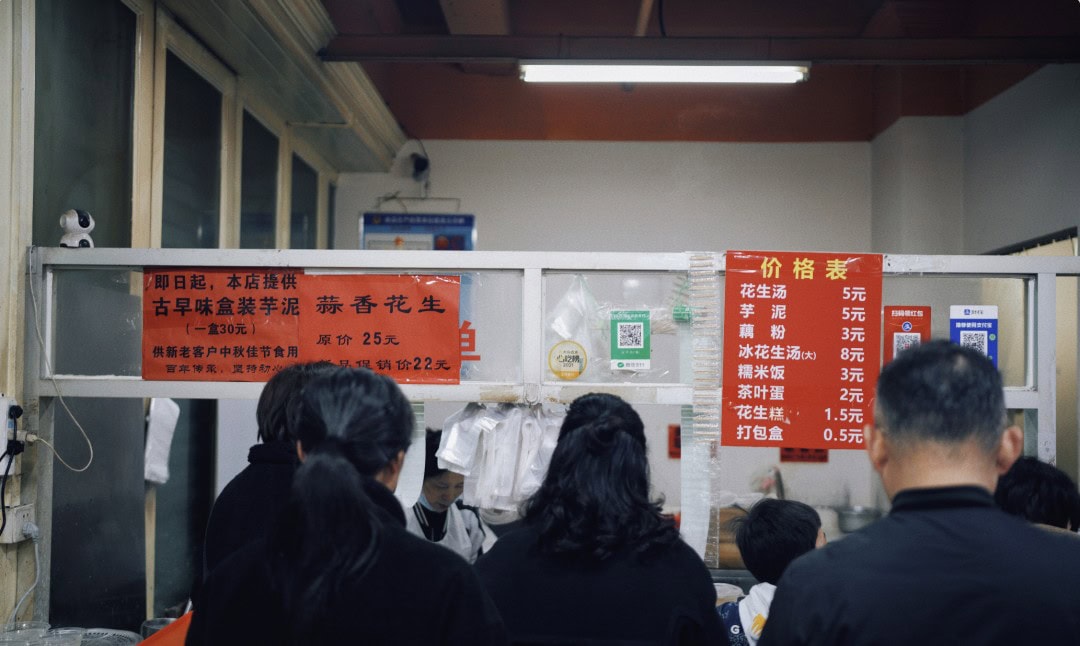
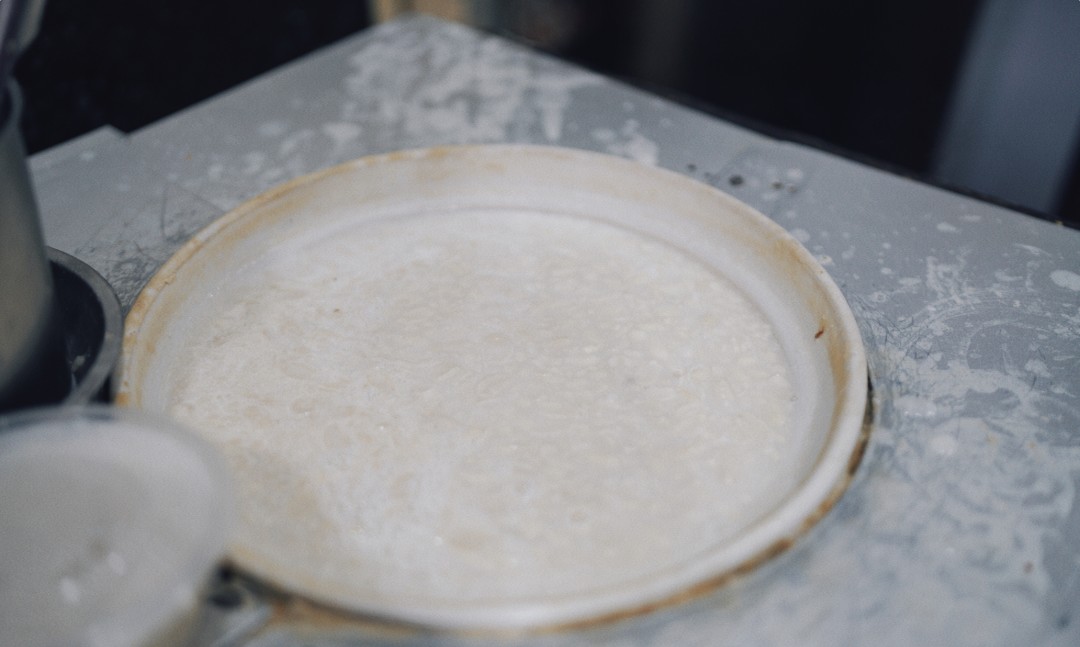
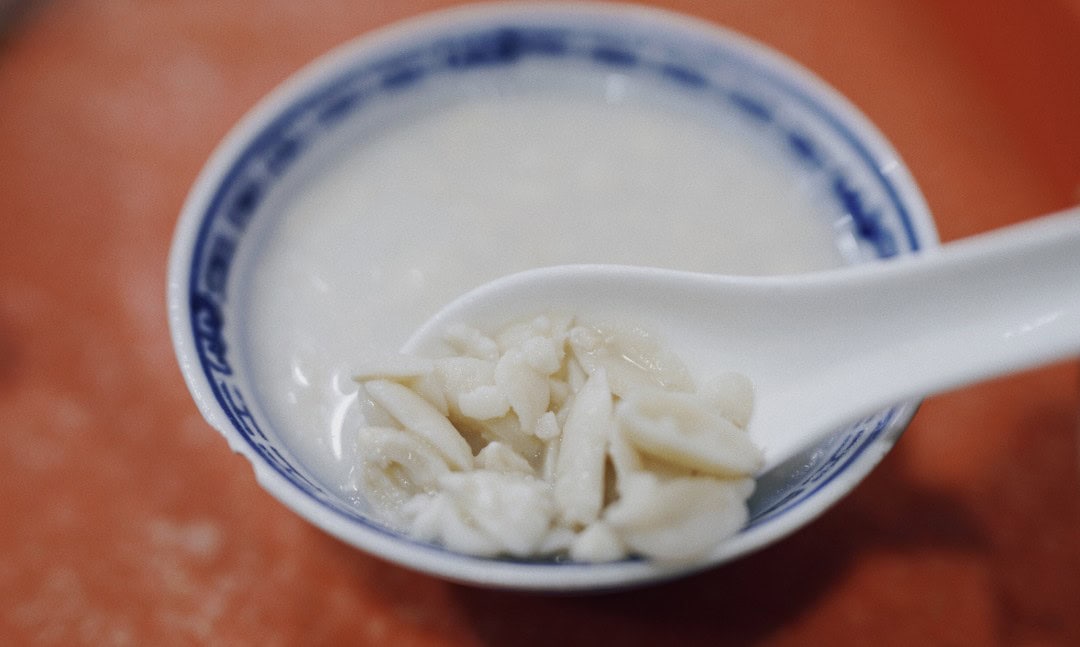
The signature peanut soup tastes a bit like Lulu’s almond and peanut beverage, but with a more noticeable sweetness. The peanuts are boiled down to a pulp that is easily slurpable; I can’t even imagine how refreshing it would be to have a bowl after drinking alcohol.
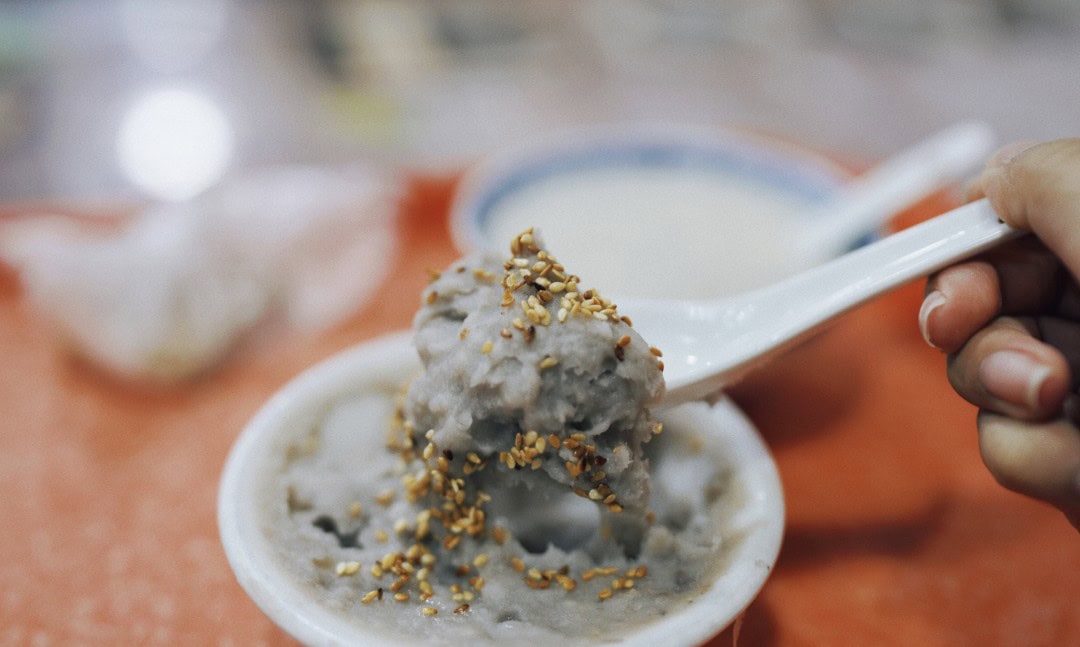
Many are unaccustomed to Fuzhou’s taro puree, which is not the refreshing version of Hong Kong dessert soups. Their taro puree includes lard, making it sticky and smooth, without being overly sweet—just right for me. A spoonful of fried sesame on top enhances the flavor even more; I just devoured it all straight from the bowl.
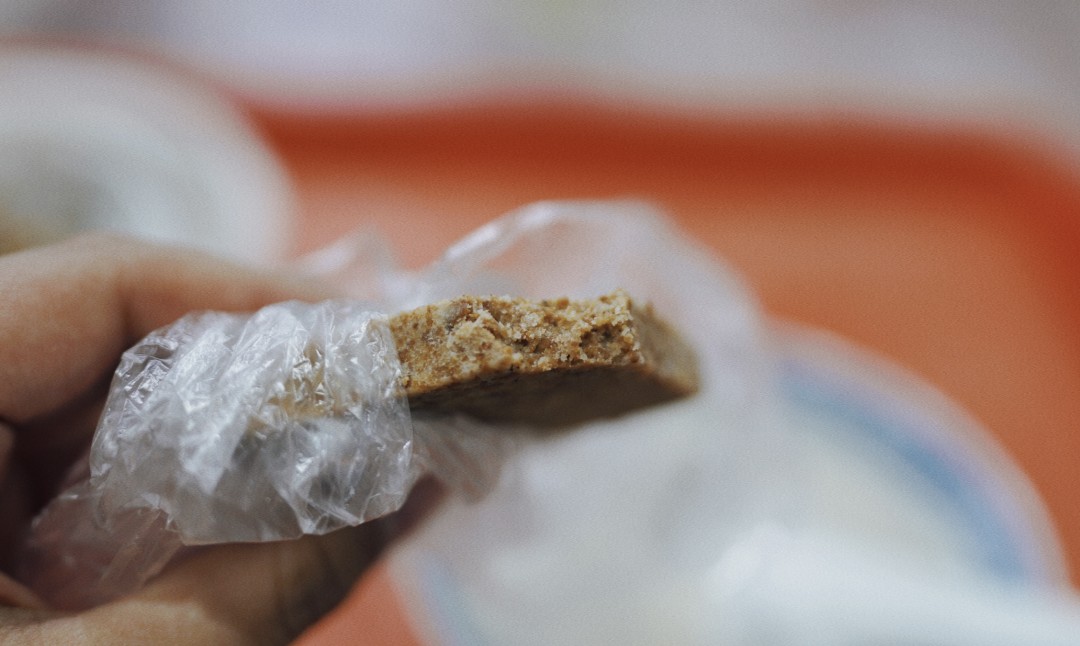
In essence, it’s simple and affordable desserts that lead my taste buds to recognize pure deliciousness.
**Bing Wei Noodle Soup**
📍: 186 Old Medicine Island Street, Taijiang District
💰: 30 yuan
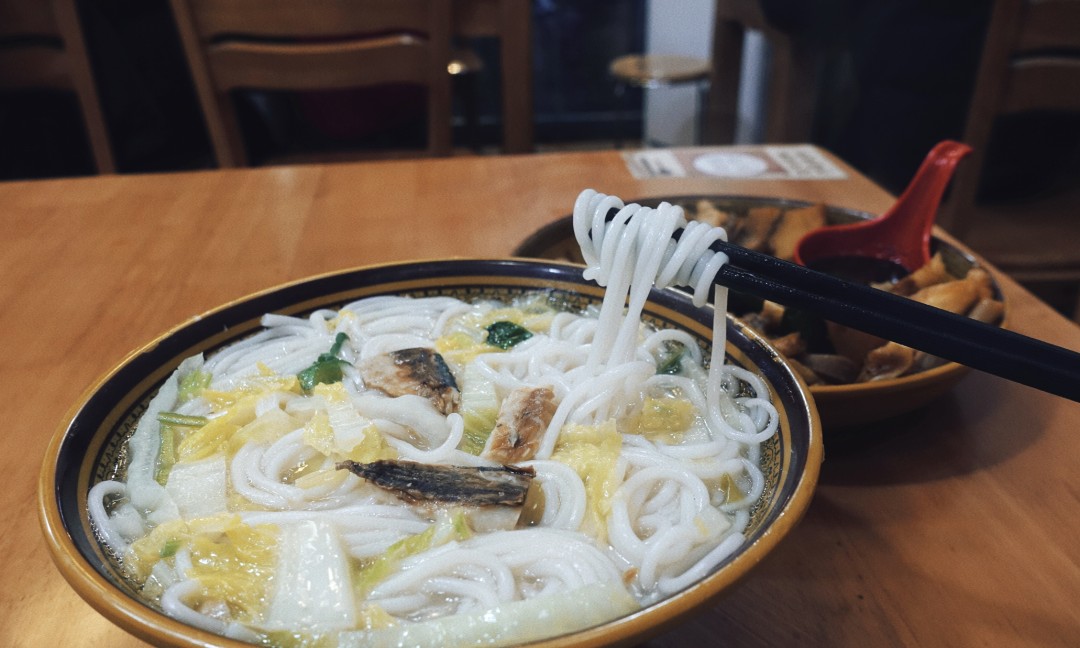
Fuzhou is packed with noodle shops, but Bing Wei is definitely among the top contenders. Eating noodle soup in Fuzhou involves two parts: ordering their classic cooked fish noodle soup and grabbing a plate of marinated sides to pair with the noodles. Only a restaurant excelling in both qualifies as a great noodle shop.
Bing Wei’s marinated offerings are eye-catching, freshly cooked in large pots every day. Due to the absence of detailed price tags for each ingredient, ordering becomes akin to gambling in Macau. Still, their price hovers around 30 yuan per person, making the marinated items quite affordable.
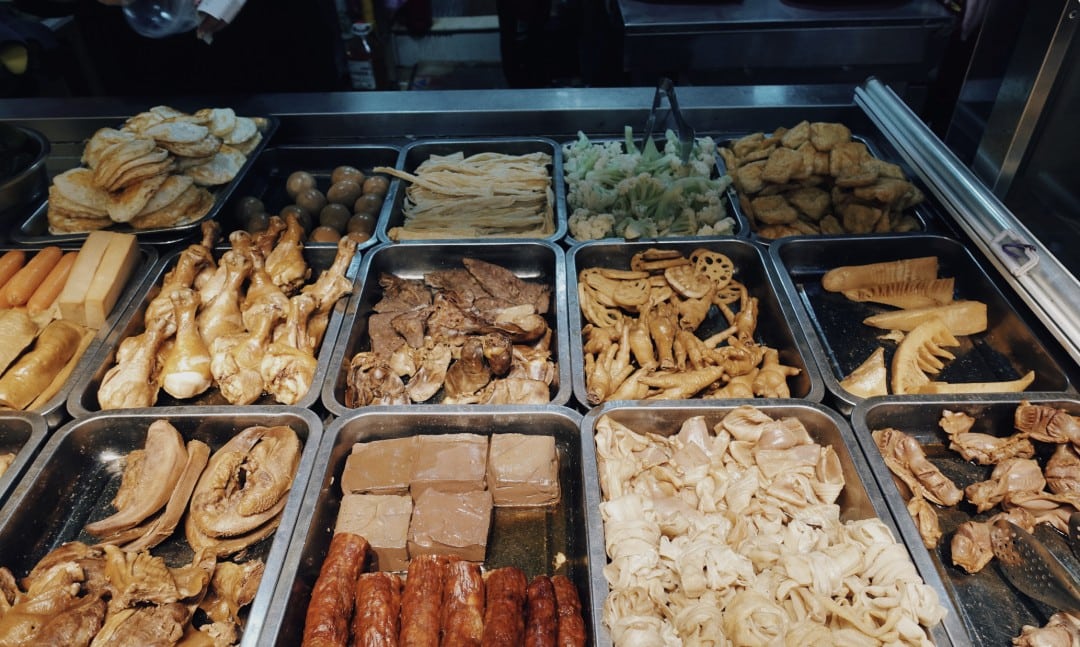
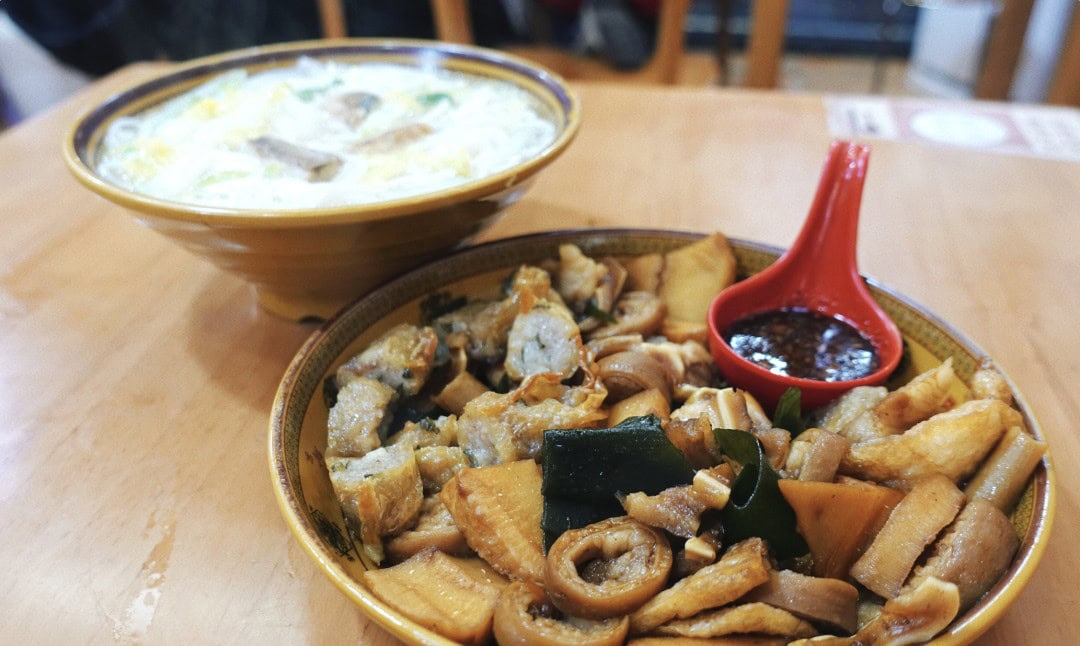
The most distinctive feature of Bing Wei’s marinated items is the garlic soy vinegar served alongside. It cuts through greasiness while the aggressive garlic flavor harmonizes with the marinated dish perfectly, especially with the relatively bland cooked fish noodle soup.
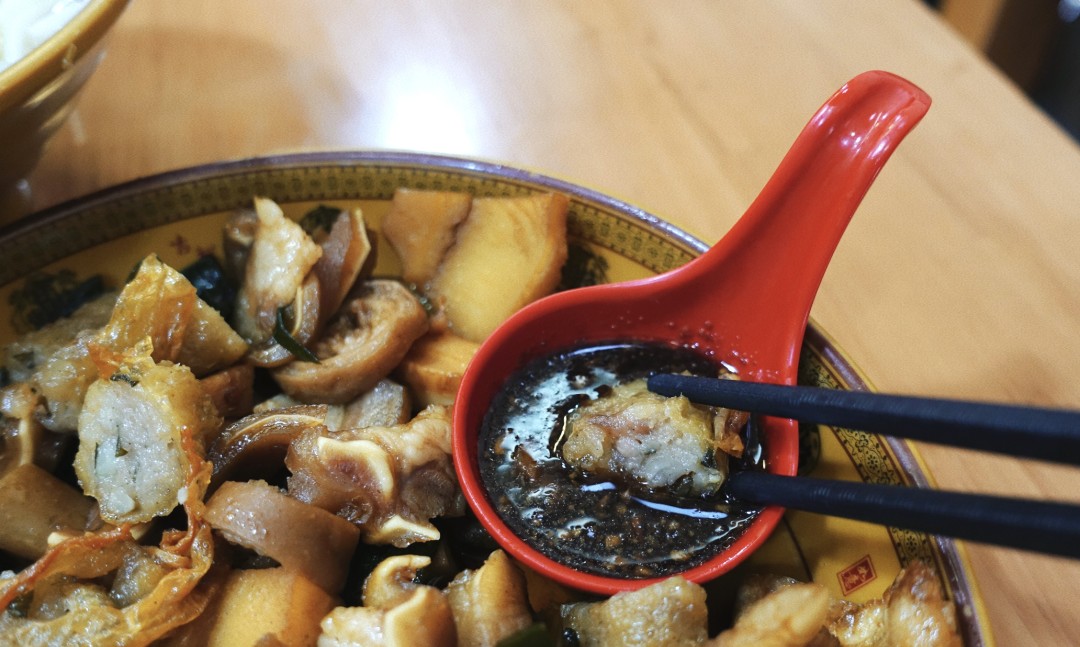
**Lao Yao Zhou Old Stewed Pot**
📍: 188 Old Medicine Island Street, Taijiang District
💰: 20 yuan
The trio I’ve shortlisted on Old Medicine Island represents stalwarts who moved from stalls to established stores. Fuzhou’s stewed pots are also different from Nanchang’s clay pot soup, utilizing a steaming approach. There’s a wide variety of ingredient combinations, and coming here in winter can warm you from head to toe.
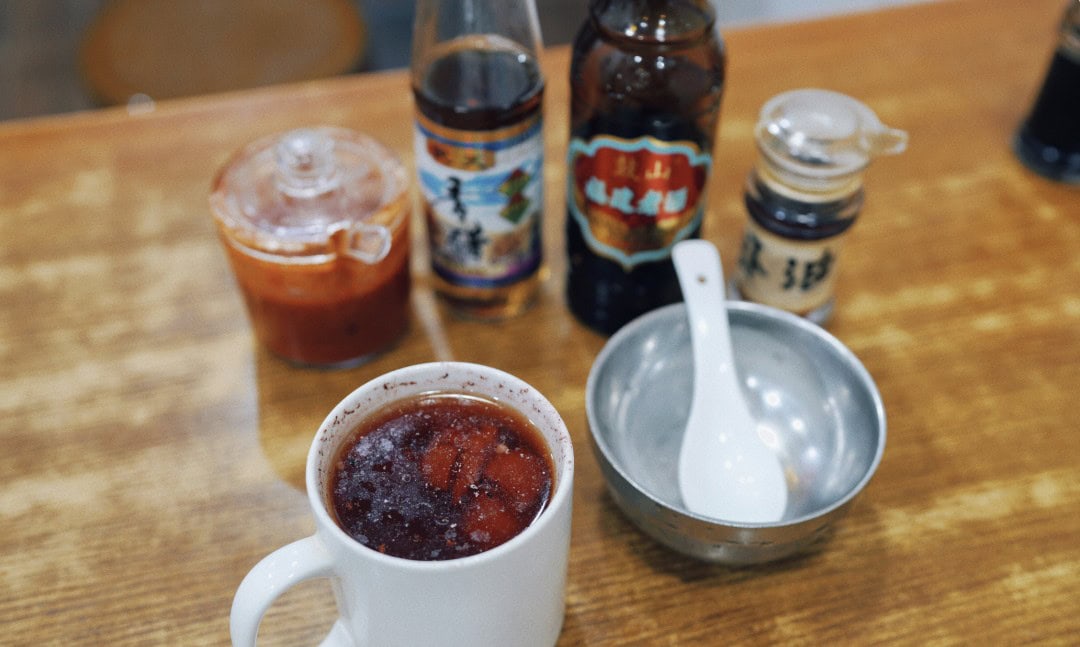
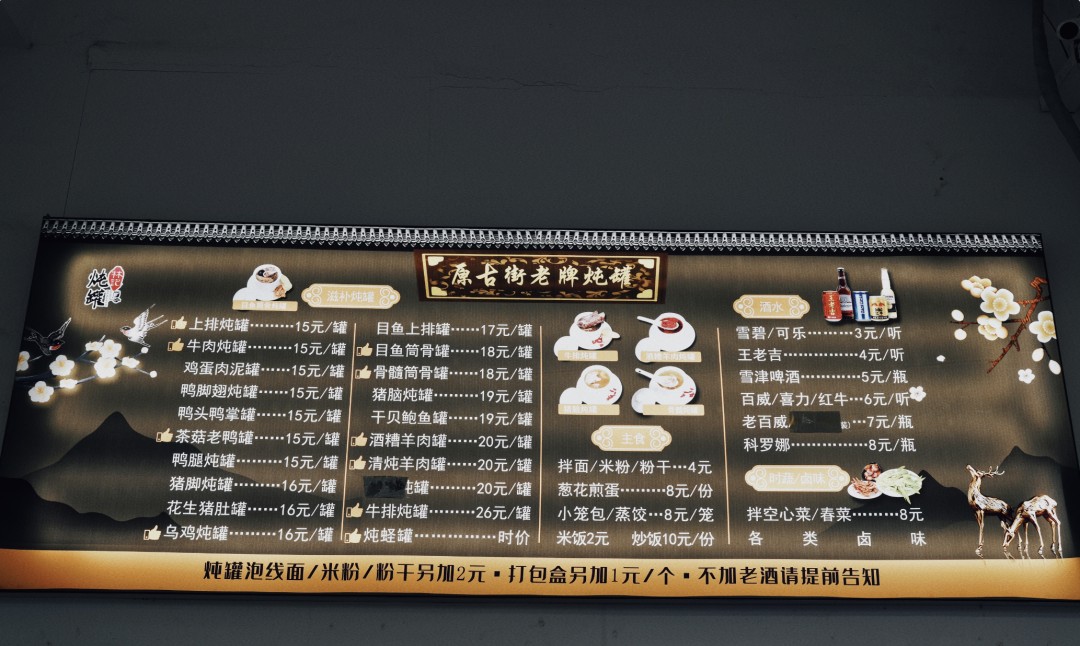
The shop recommended the wine-soaked lamb pot, claiming it’s great for winter nourishment. The lamb is marinated in red wine dregs before being stewed in the pot with white wine, releasing a captivating wine aroma when served. This soup is bound to make anyone swoon with its deliciousness.
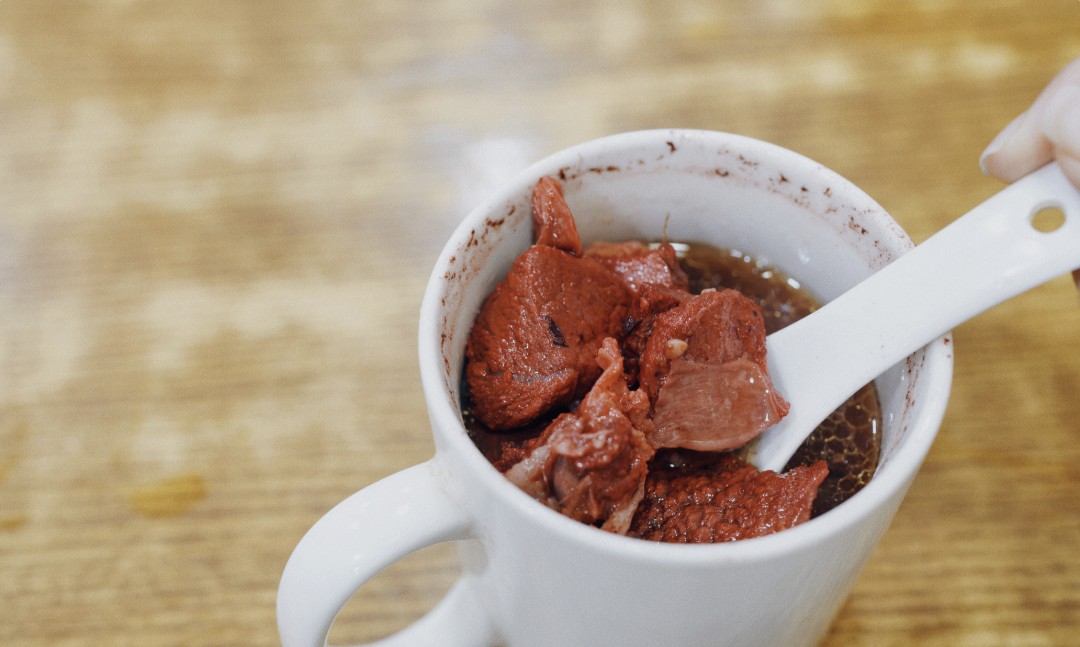
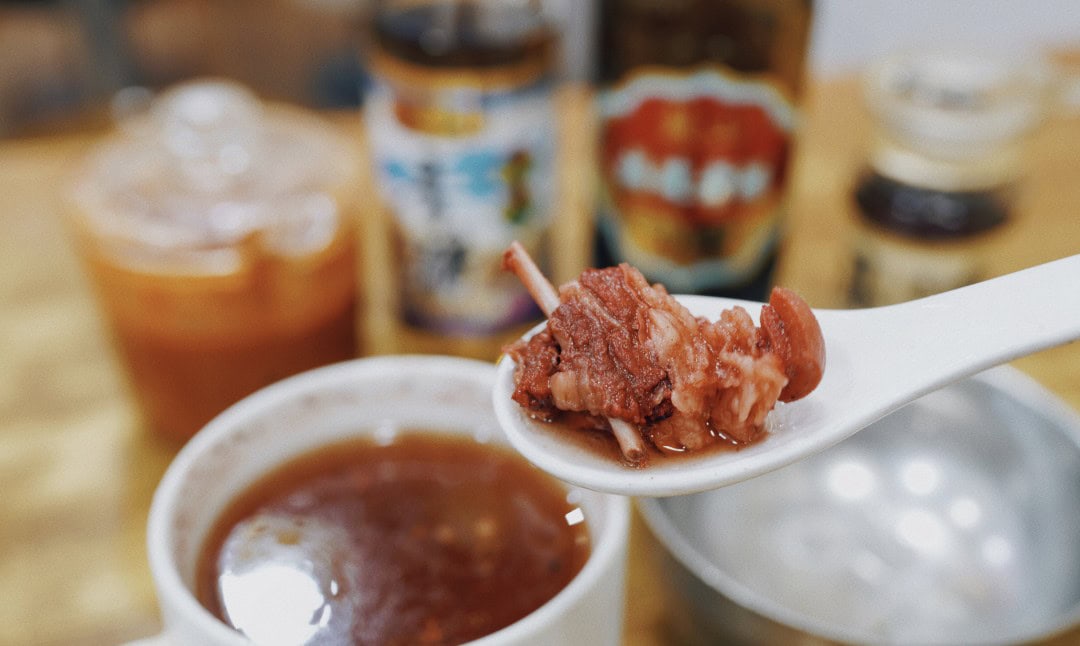
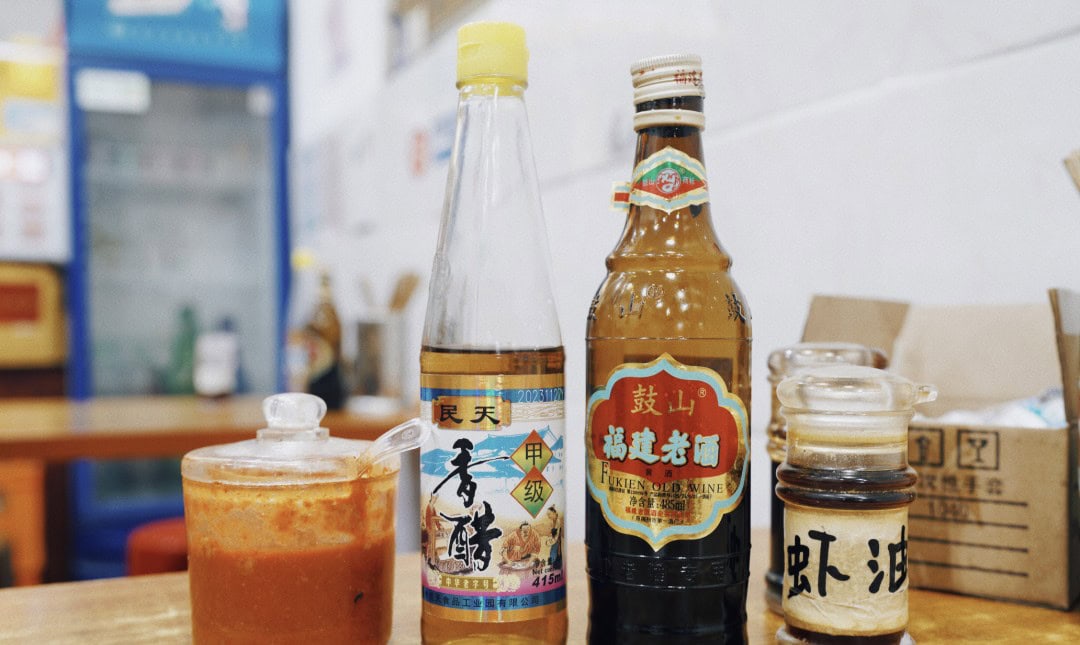
They’ve been operating for over 30 years, with seasoning sourced locally from Fujian, preserving the classic flavors of Fuzhou.
**Zhong Hui Soy Sauce Duck Noodle Soup Shop**
📍: 62 Old Medicine Island Street, Taijiang District
💰: 25 yuan
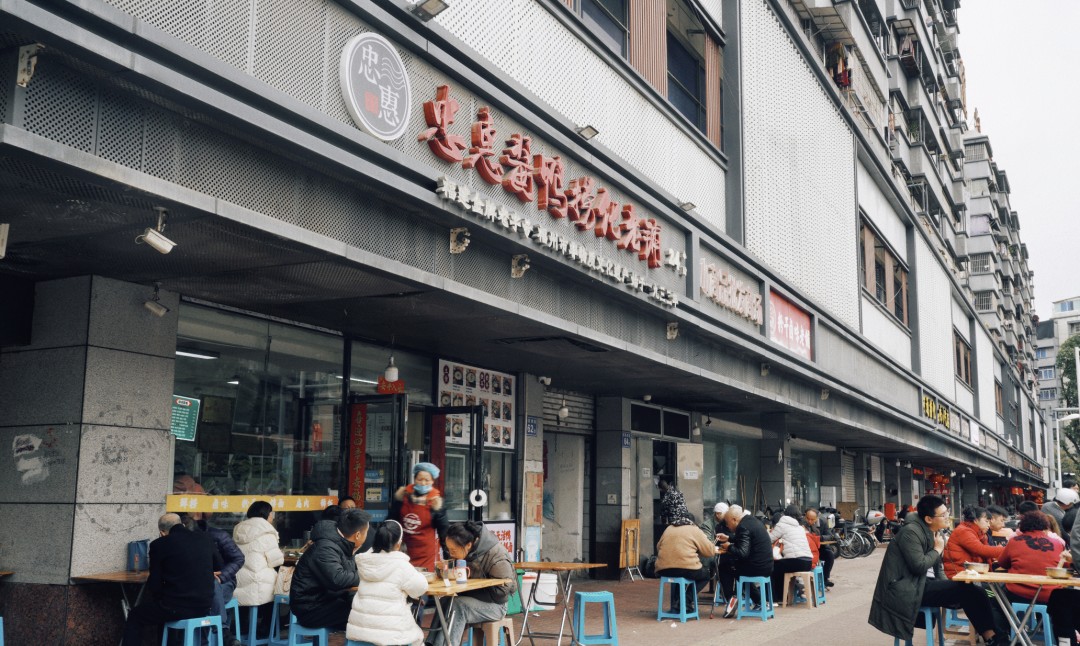
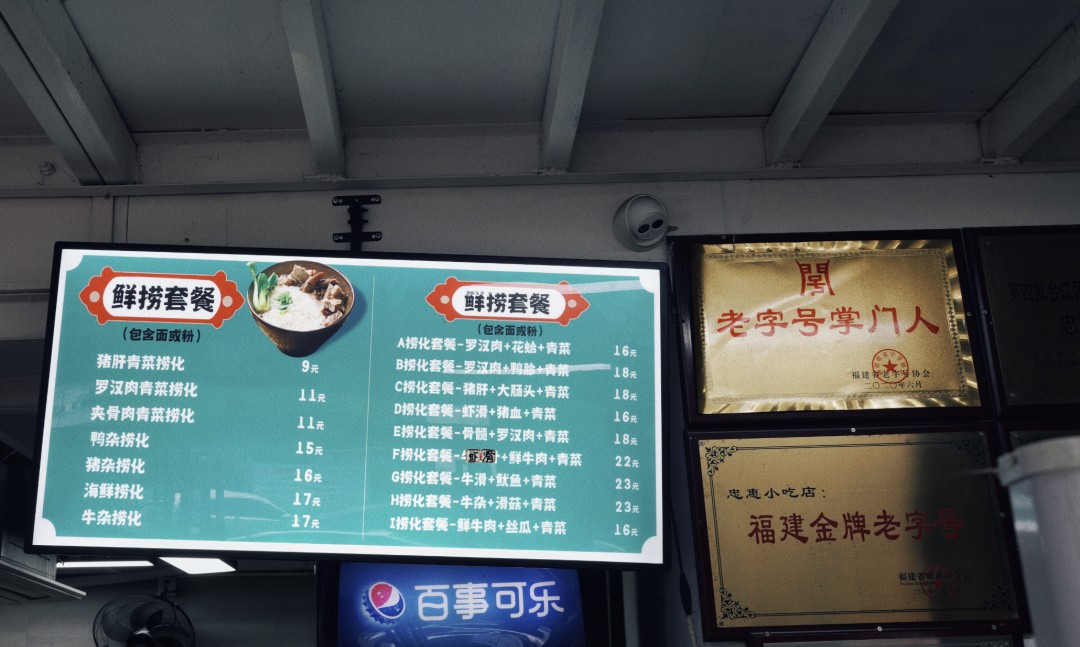
Fuzhou has so many noodle soup places that locals themselves can hardly count them. Each shop must have its signature skills to survive. Zhong Hui is a venerable establishment on Old Medicine Island Street that has been around since 1932, excelling in their masterful preparation of duck soup noodle soup.
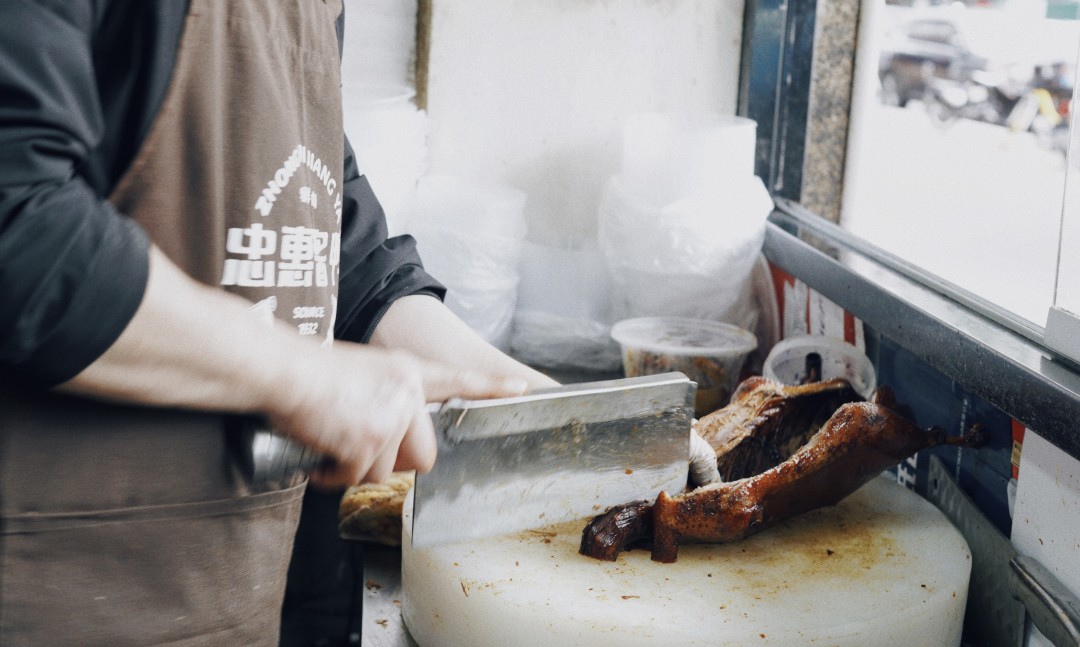
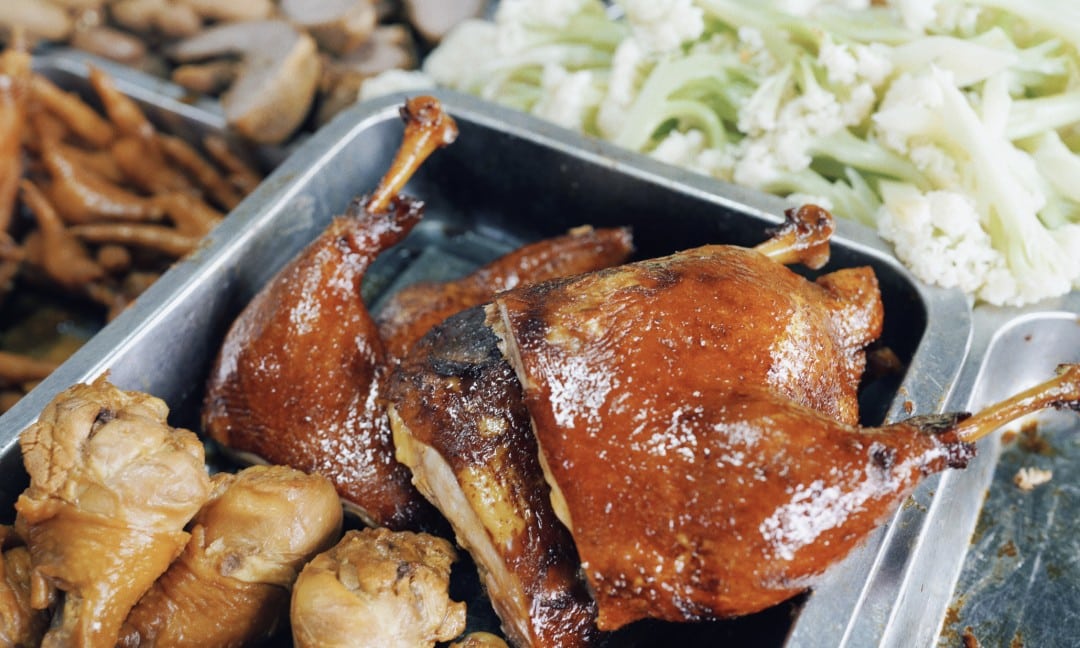
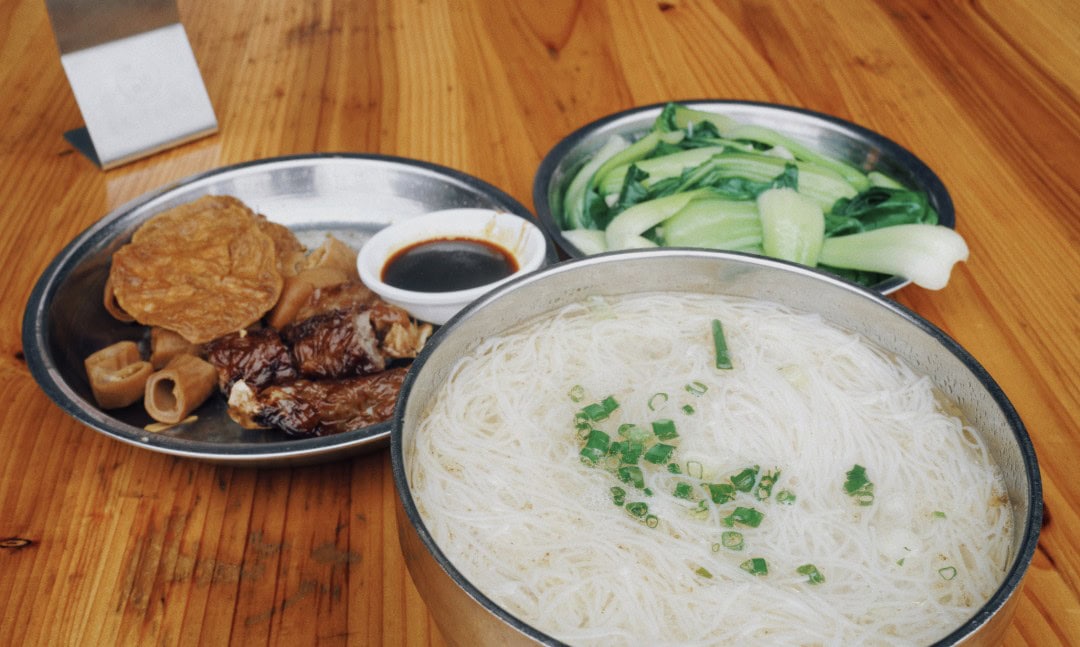
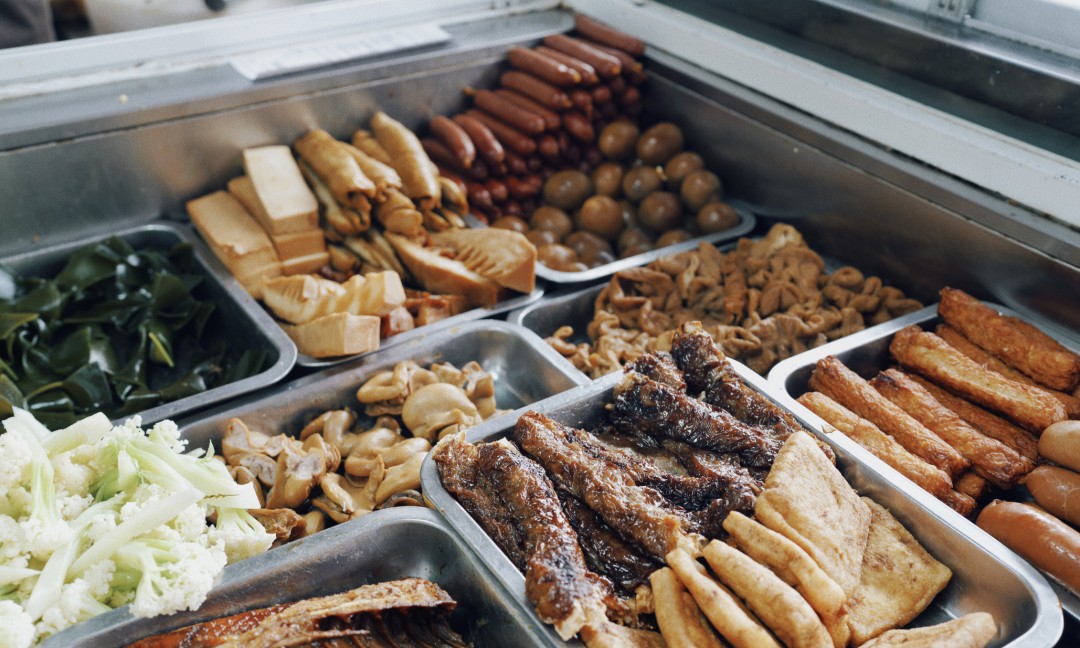
Their soy sauce duck uses a type of semi-domesticated duck called Luo Zhou Qian Yuan from the outskirts of Fuzhou. After cooking, it is marinated in a secret sauce, and the leftover duck broth is perfect for the noodle soup—emphasizing zero waste.
I prefer Zhong Hui’s duck broth compared to Bing Wei’s cooked fish soup base. Nonetheless, while their soy sauce duck is not particularly unique, personally, I find myself leaning more towards Hangzhou’s marinated duck.
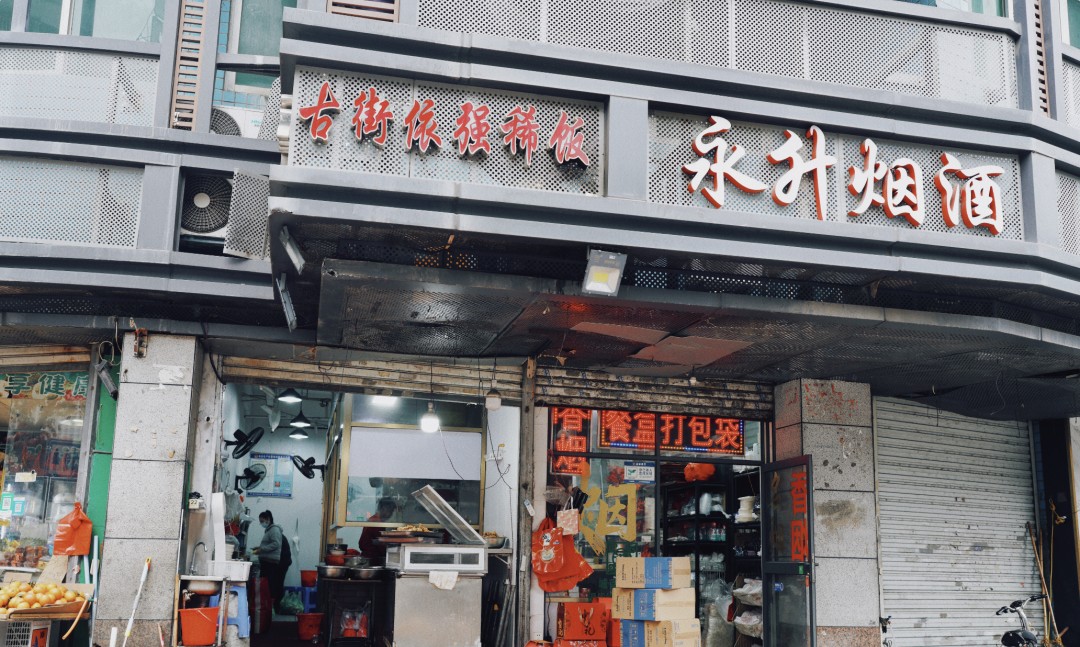
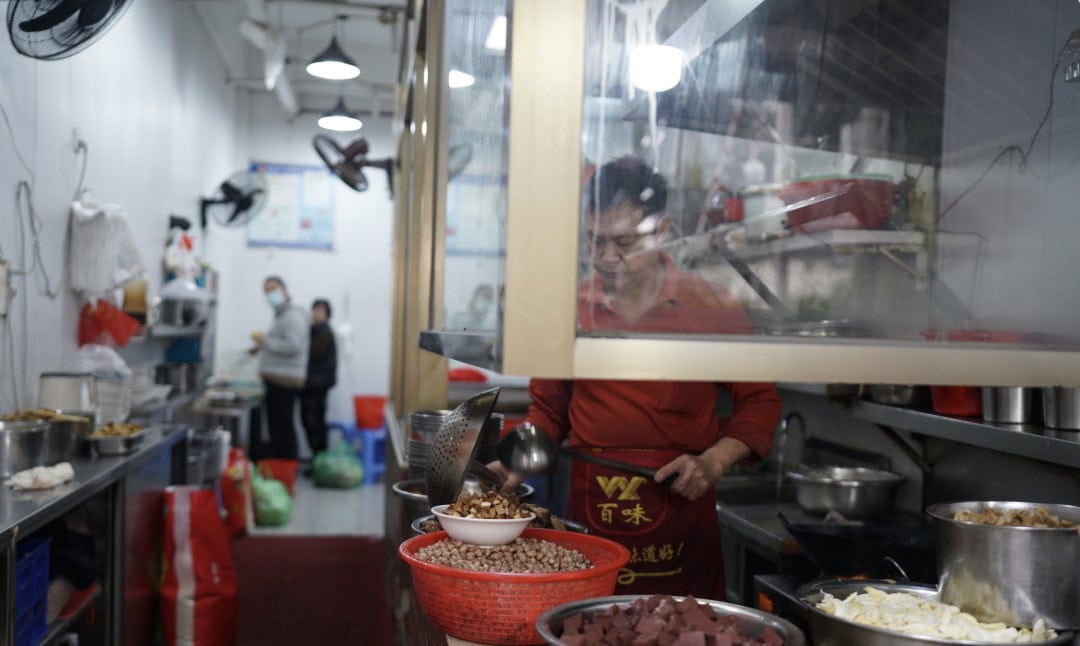
**Yi Qiang Rice Porridge**
📍: 23 Ying Zhou Road, Taijiang District
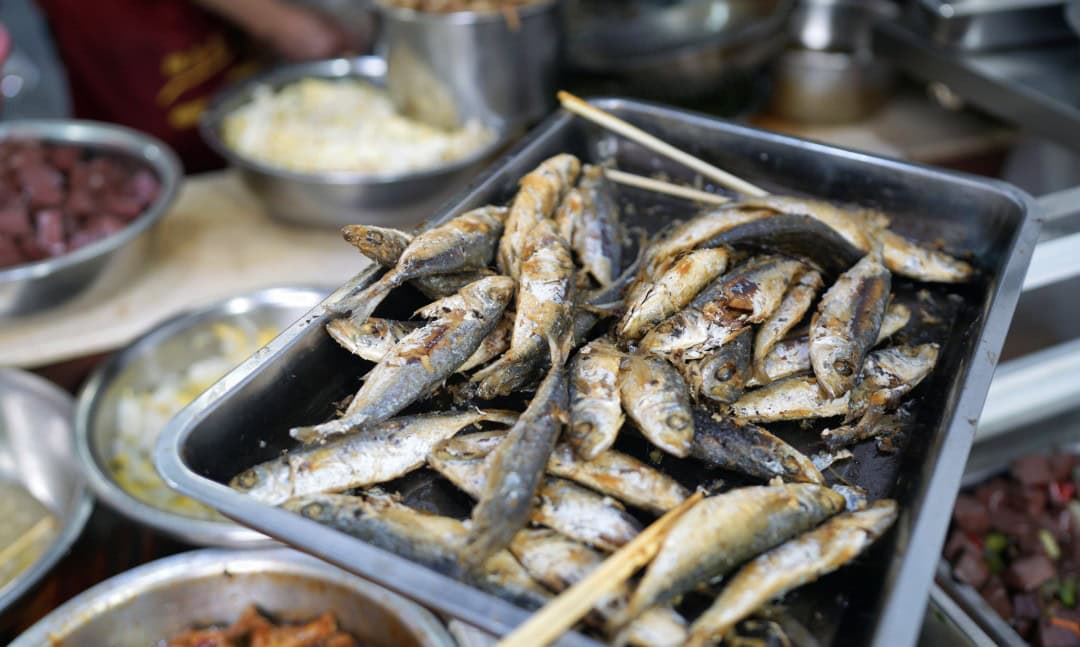
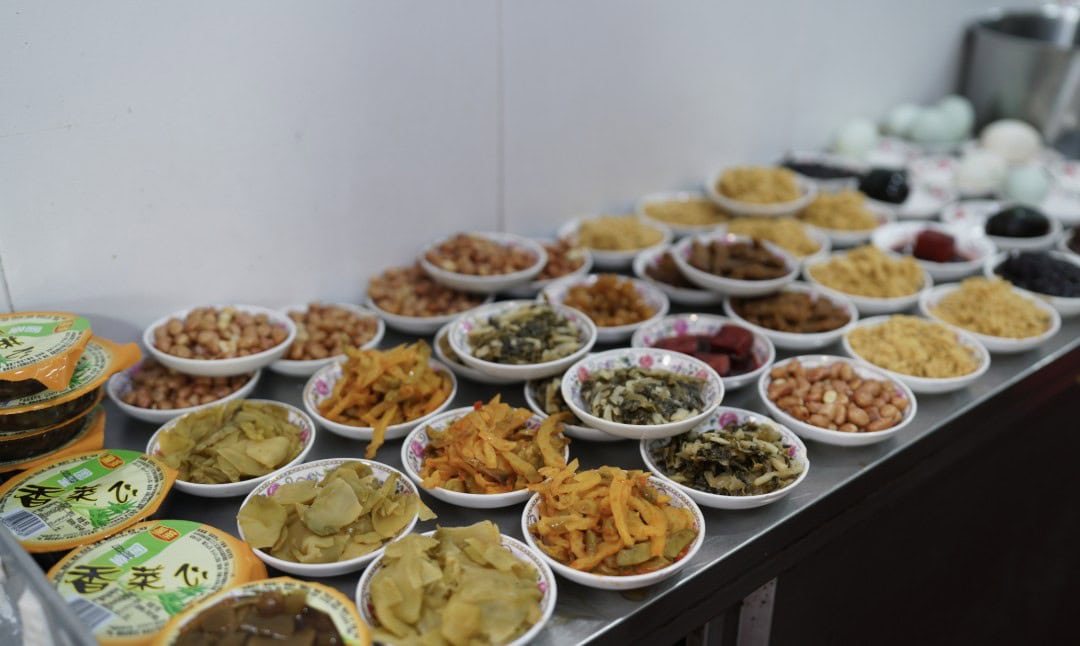
💰: 25 yuan
Turning the corner, you’ll find another night spot, Yi Qiang Rice Porridge, which is beloved by night-owl eaters. I arrived early, and the owner was busily preparing side dishes.
Even though it wasn’t quite at peak operational status, a variety of side dishes were already ready to accompany the rice porridge. They’re simple homestyle dishes, yet they satiate countless people’s cravings, demonstrating the purpose of such a small store’s existence.
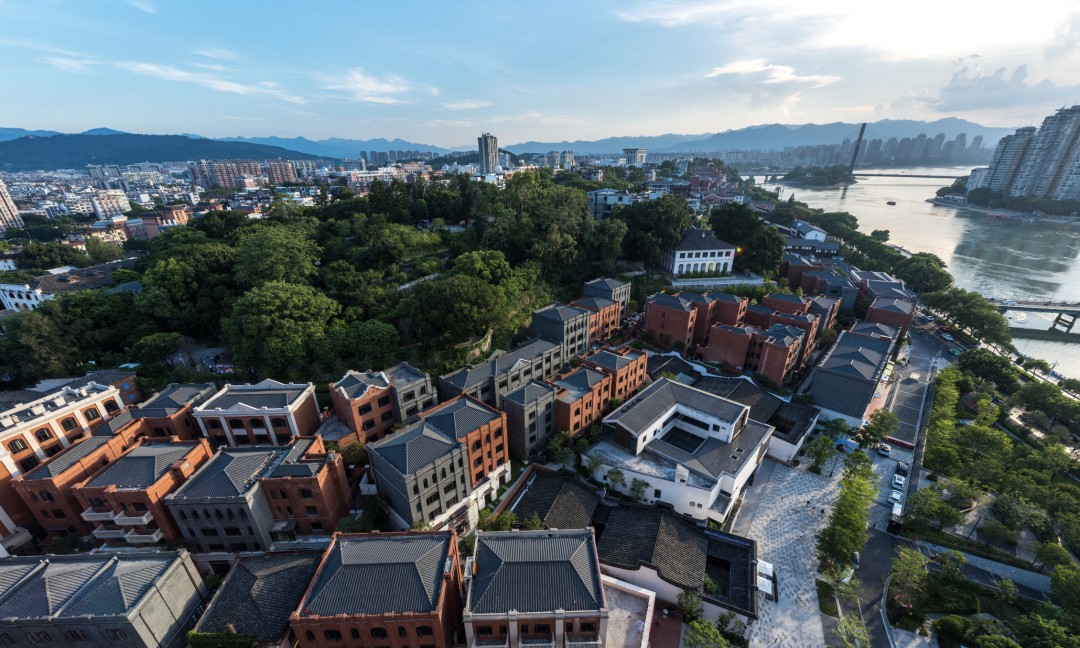
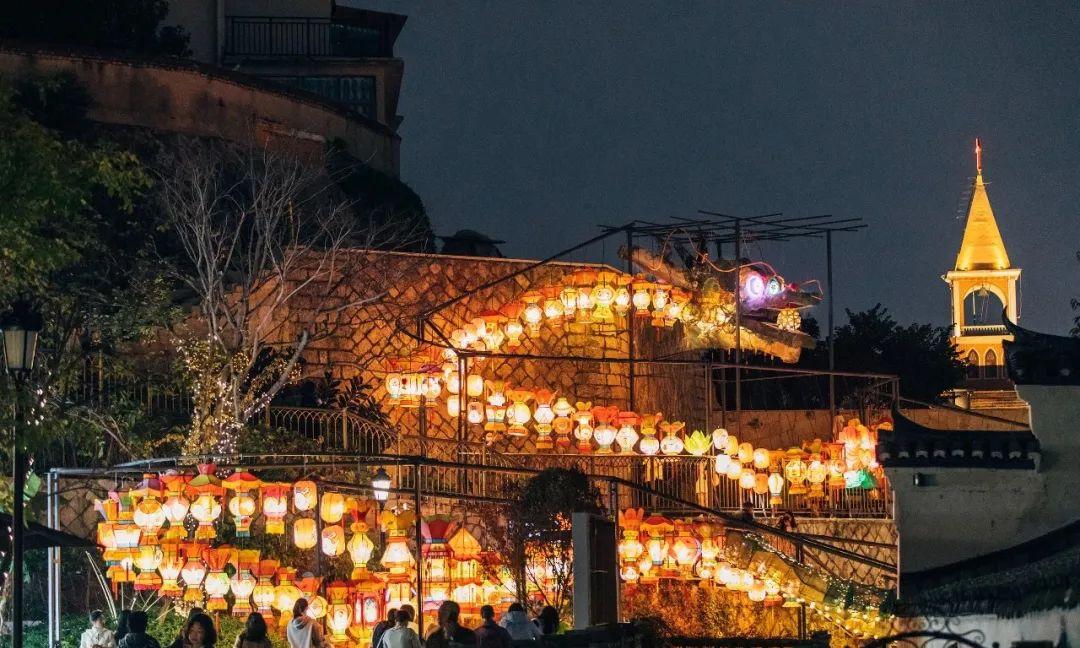
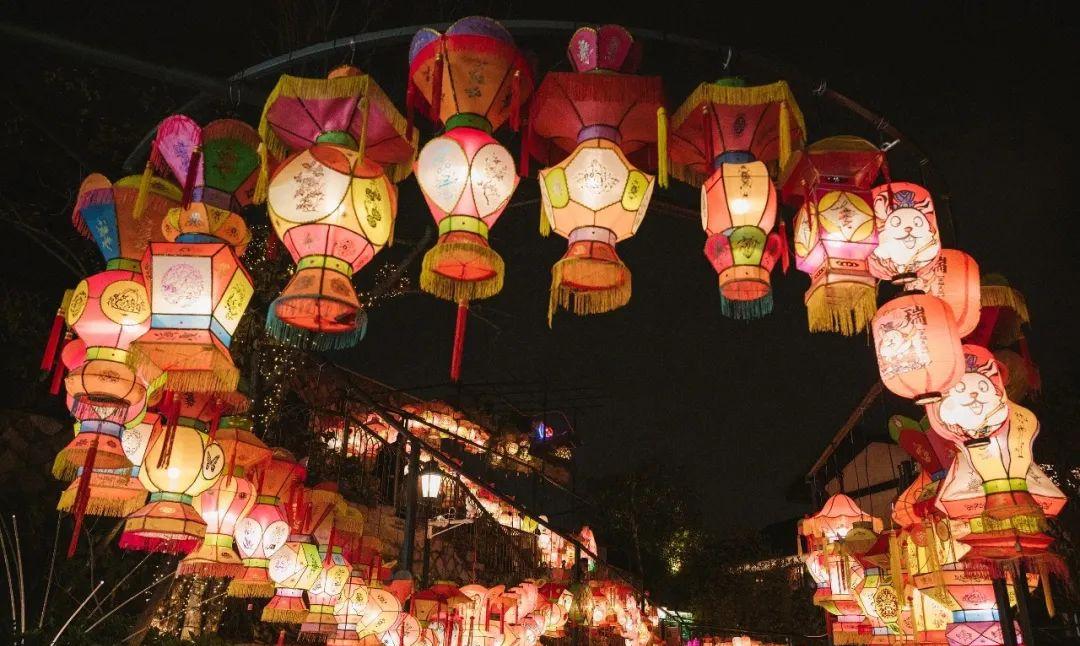
**Yantai Mountain**
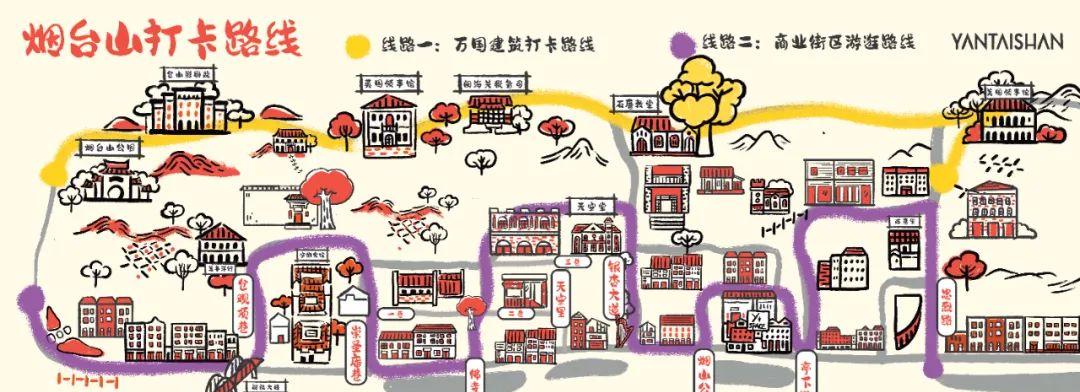
The most suitable area for city walks in Fuzhou.
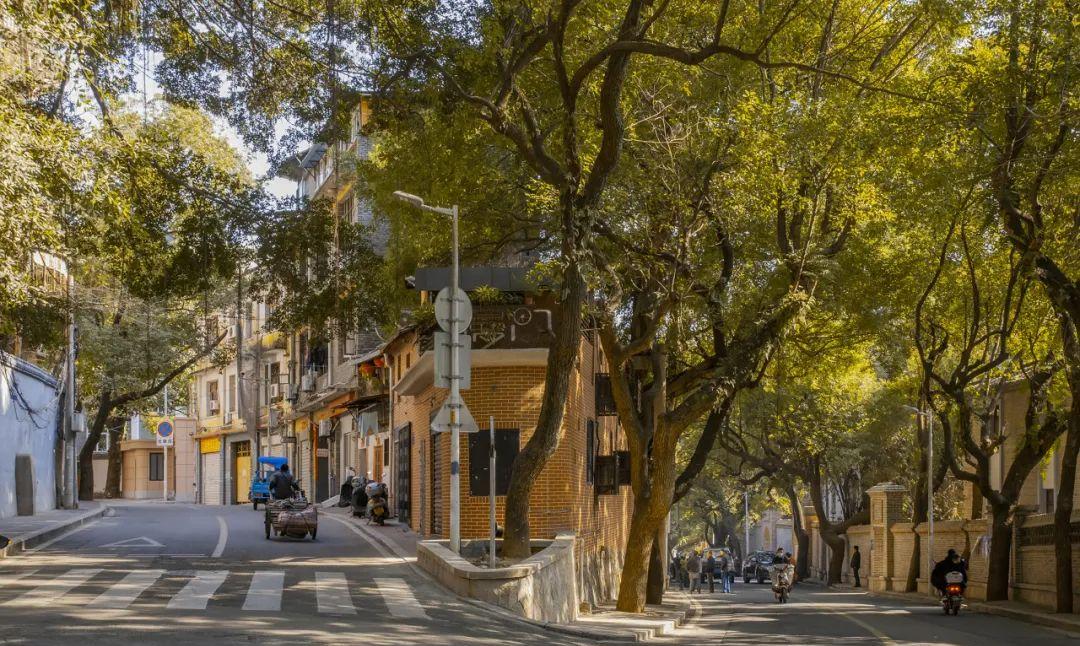
Yantai Mountain isn’t merely a street but an entire district. This place was once Fuzhou’s consular cultural area, with most exquisite Western-style buildings preserved, reminiscent of Shamian in Guangzhou or The Bund in Shanghai, leading Yantai Mountain to be dubbed a “museum of international architecture.”
With 17 consulates, 46 historical buildings, and various famous residences and churches… Yantai Mountain beautifully integrates these preserved structures while welcoming various trendy enterprises that young people adore, hosting folk activities during festivals that bring the once-quiet historical architecture to life.
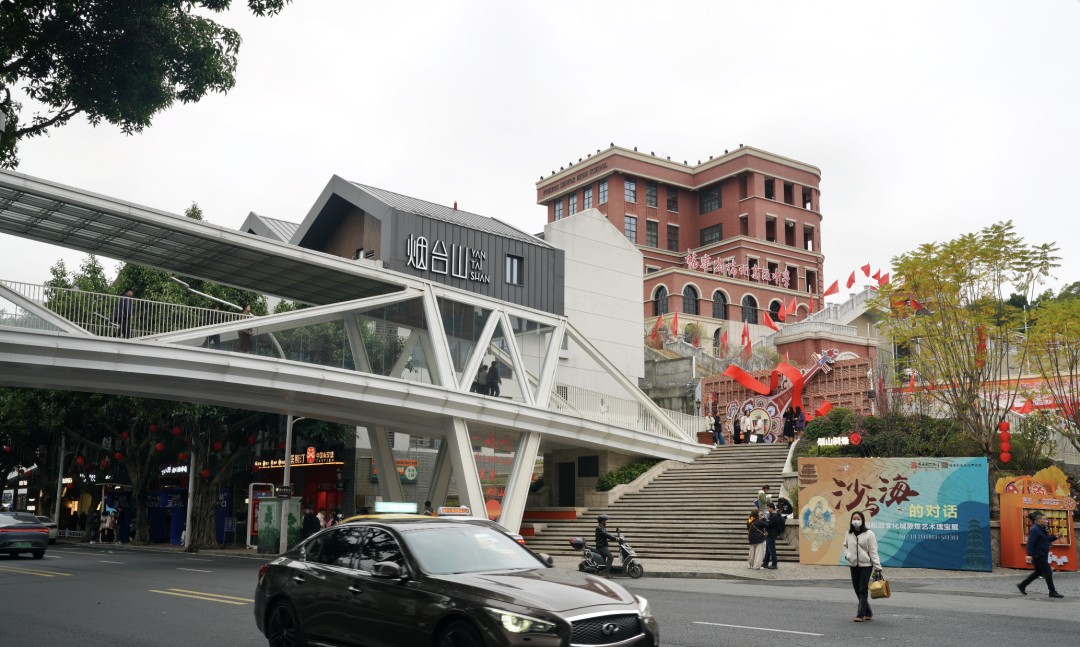
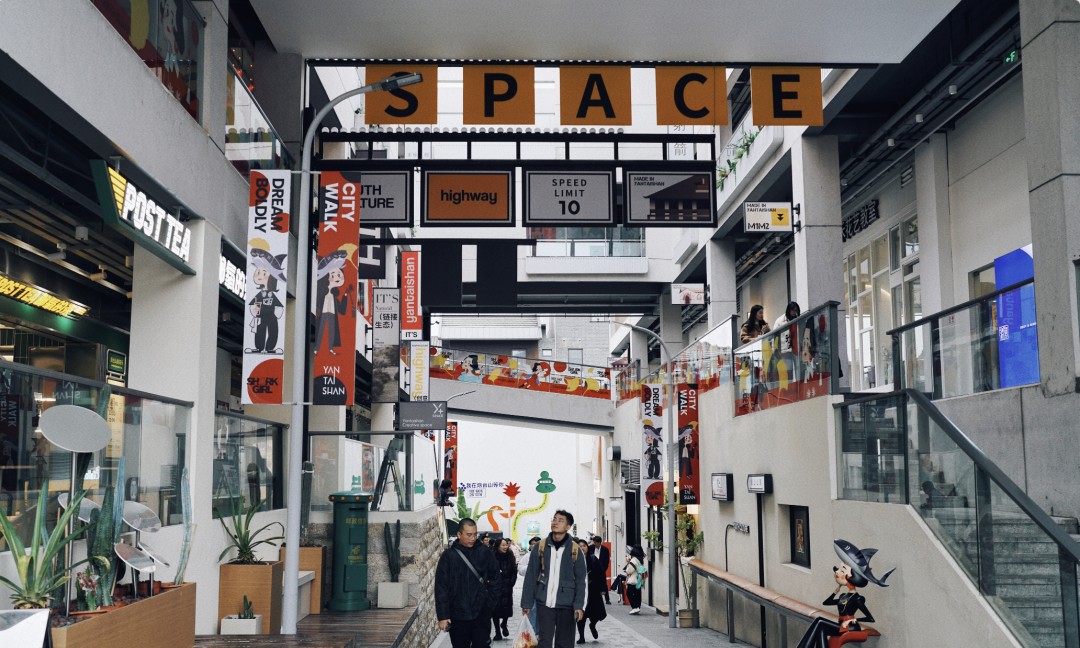
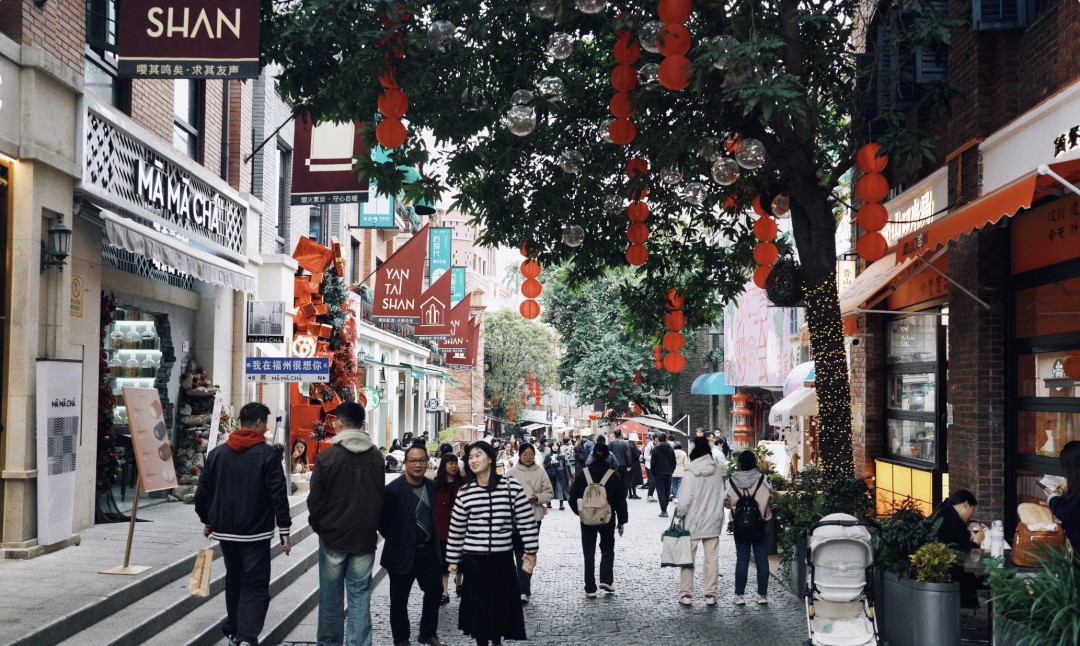
Yantai Mountain is perfect for city walks, and I recommend two routes.
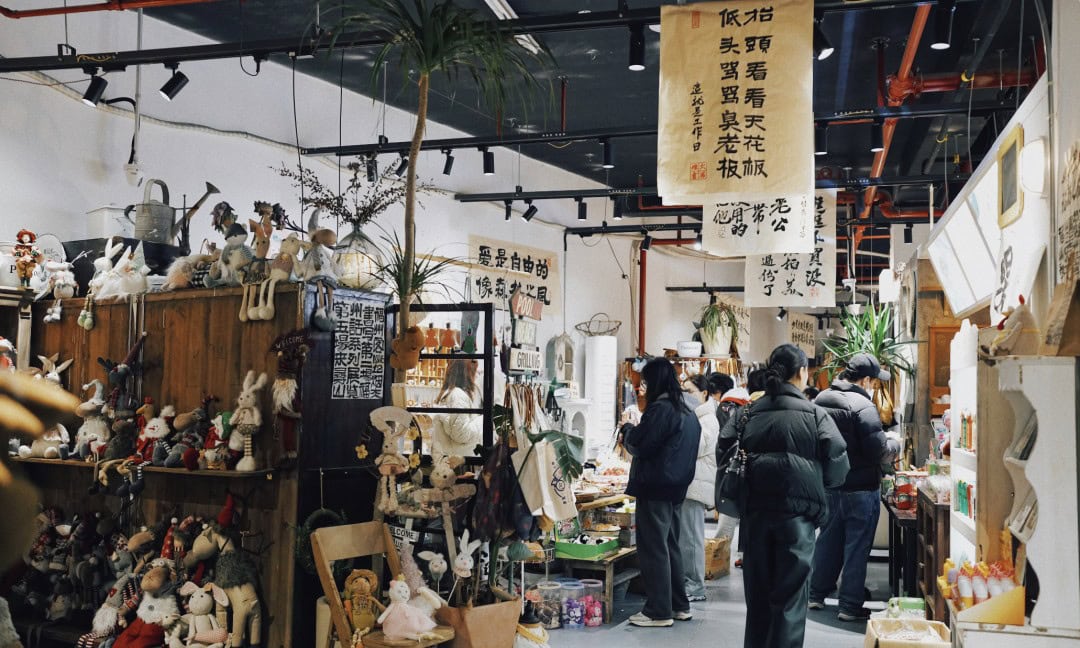
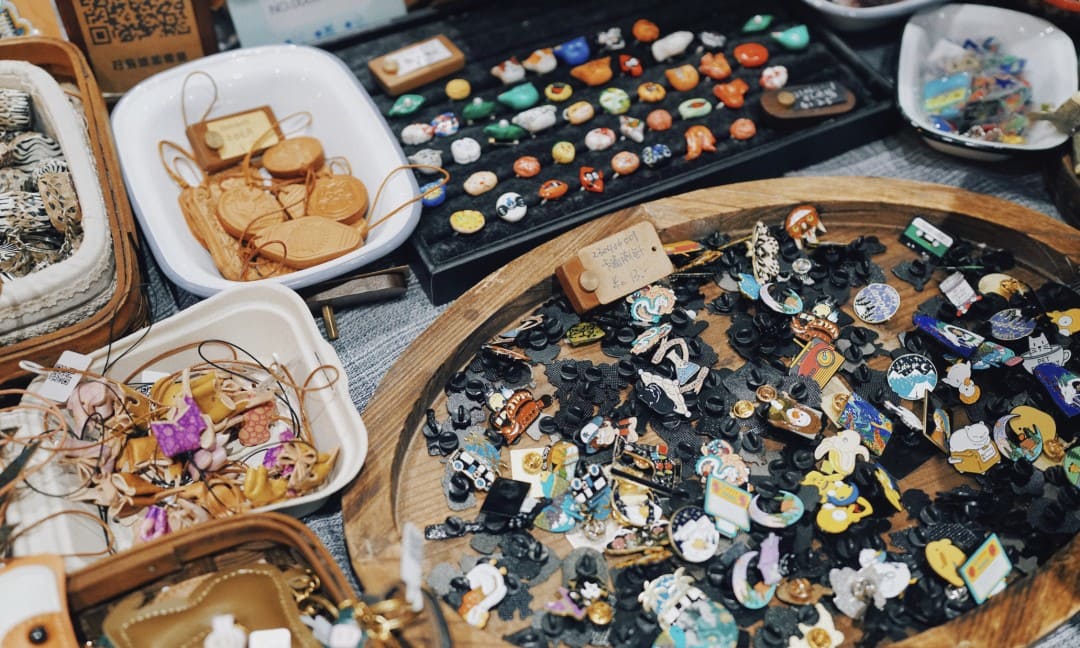
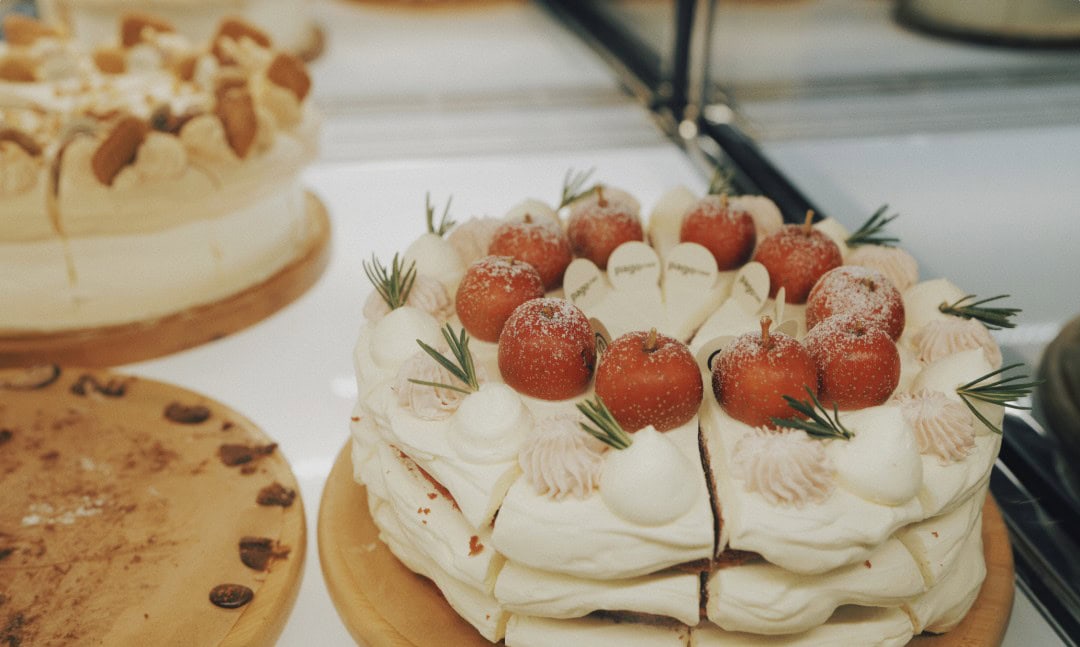
⭐️ If you’re mainly interested in architecture:
Yantai Mountain Park → Cangshan Theatre → Meifeng Bank → Yantai Mountain Park’s most beautiful viewing platform → Lequn Road → Lequn Tower → British Consulate → Min Hai Customs Department → Shizuo Church (century-old ginkgo tree) → American Consulate → Connect to the commercial district.
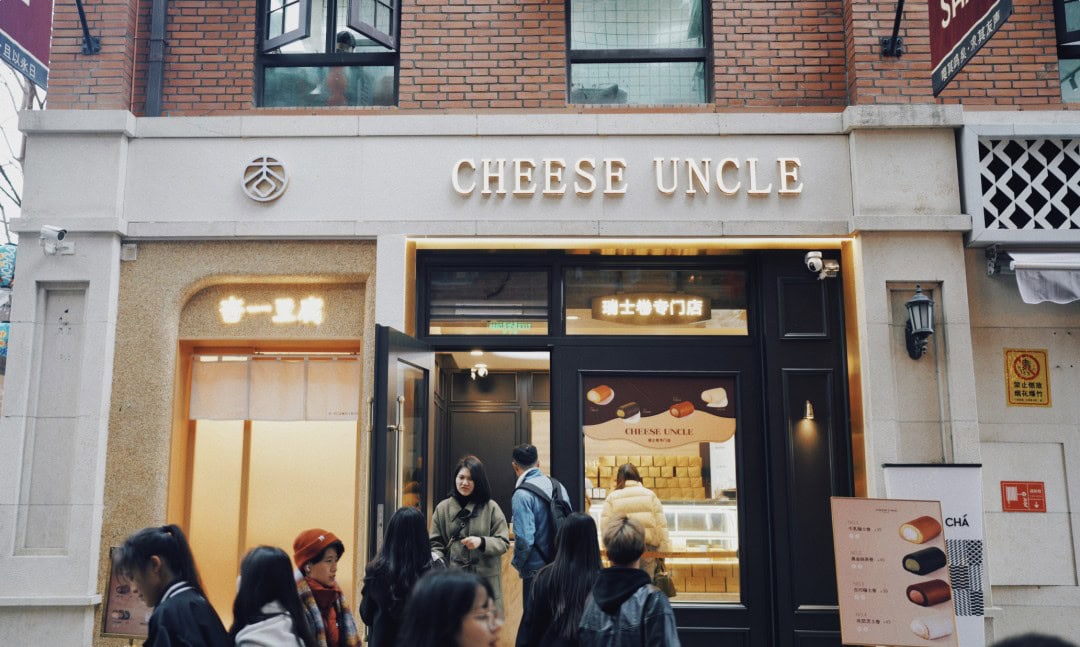
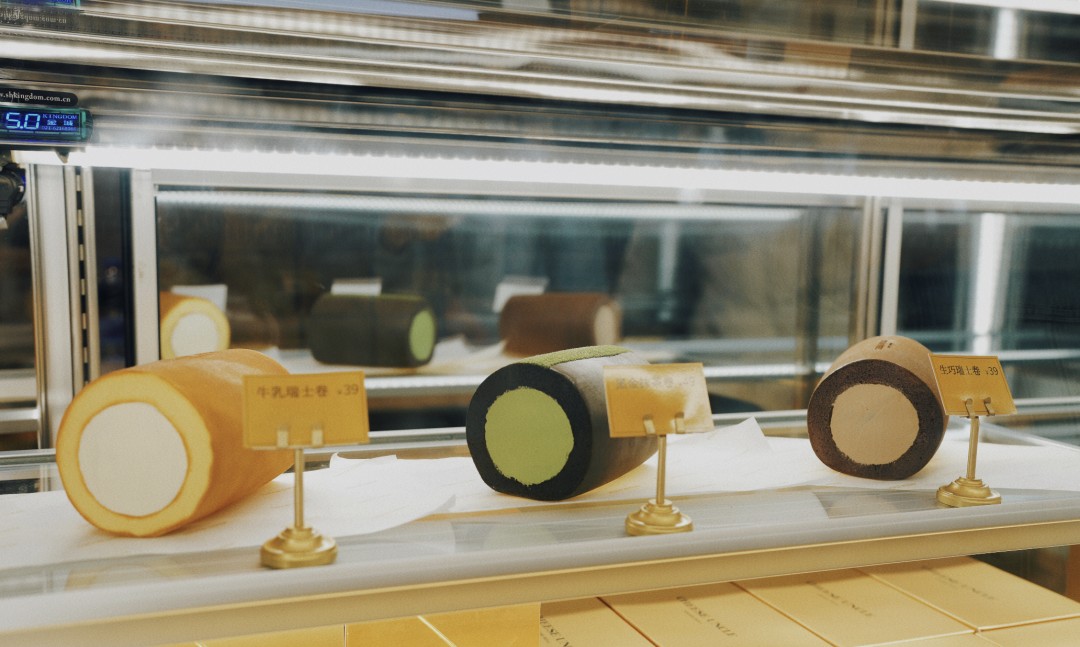
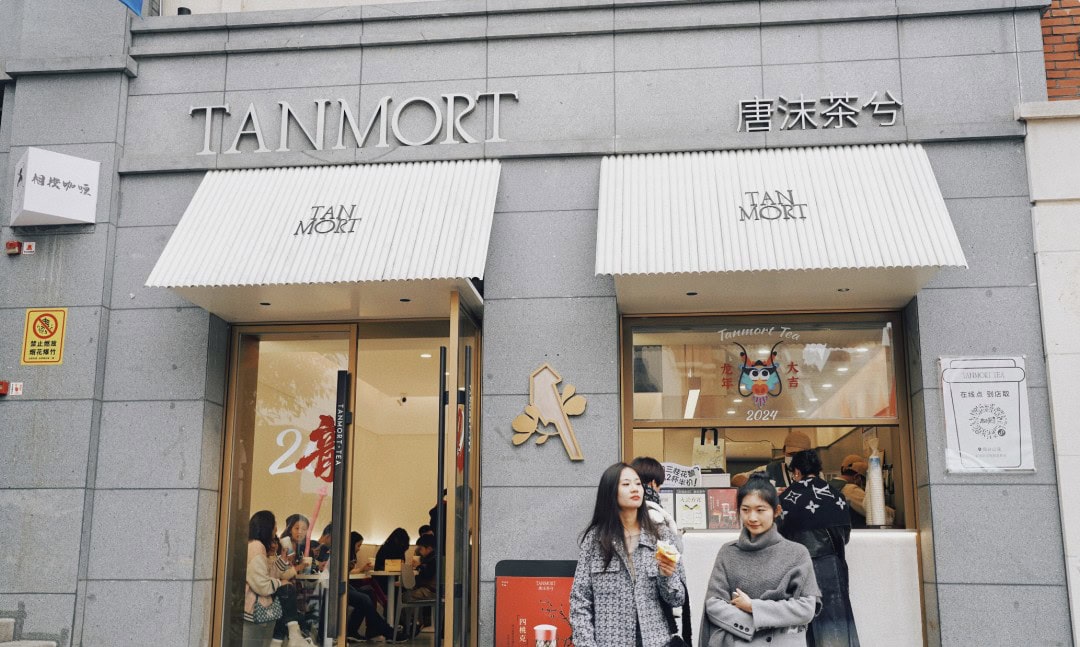
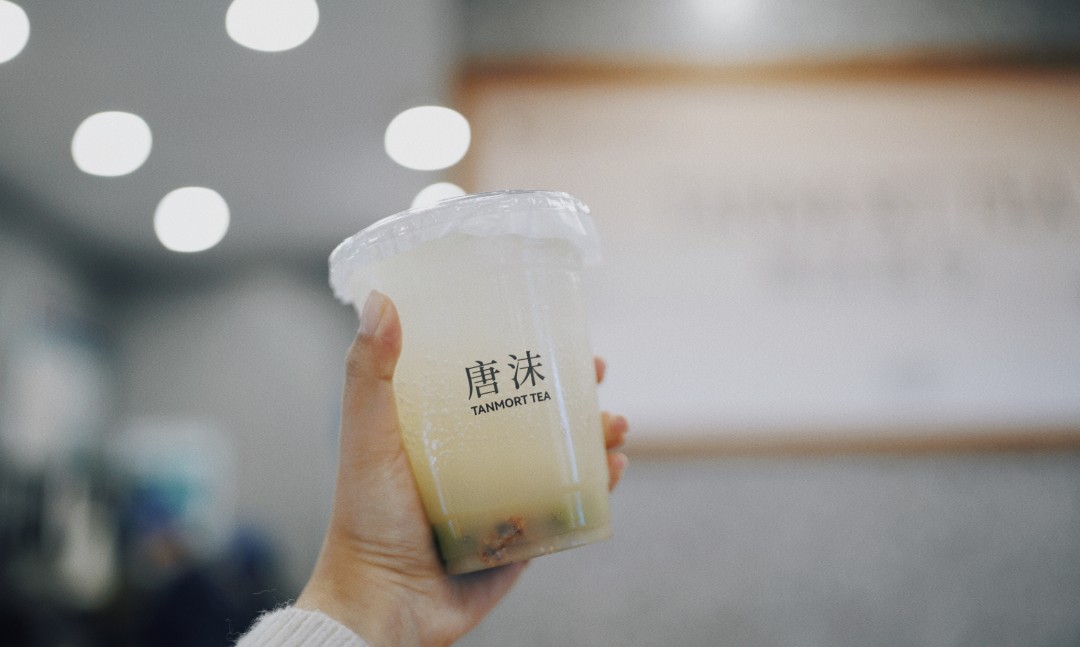
⭐️ If you prefer to explore more shops and dine:
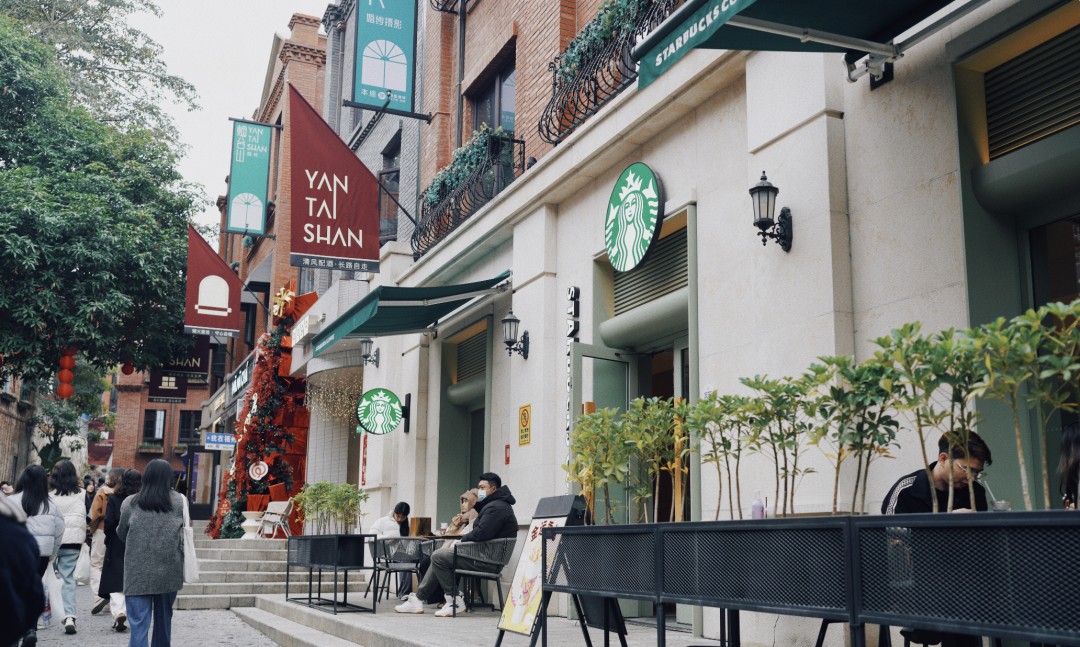
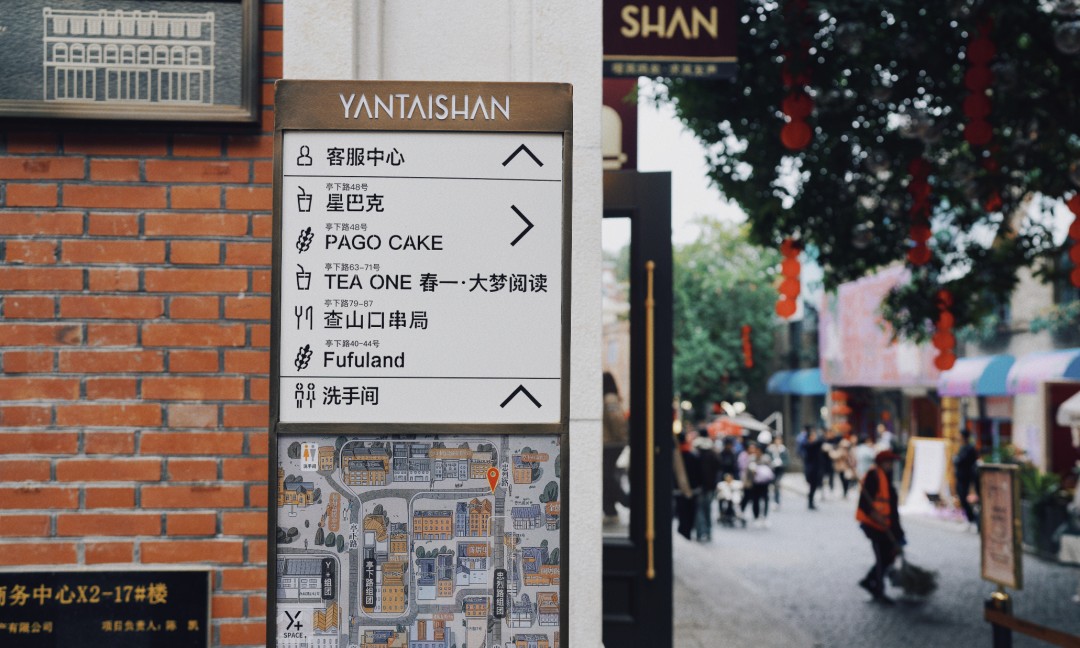
Cang Qian Road → Cang Guan Ding Lane → Chong Sheng An Lane → Fo Temple Lane → Canyon Gallery → Salt Warehouse → Ginkgo Avenue → Overpass Music Concert → Ting Xia Road → Zhong Lie Road → Connect to international architecture.
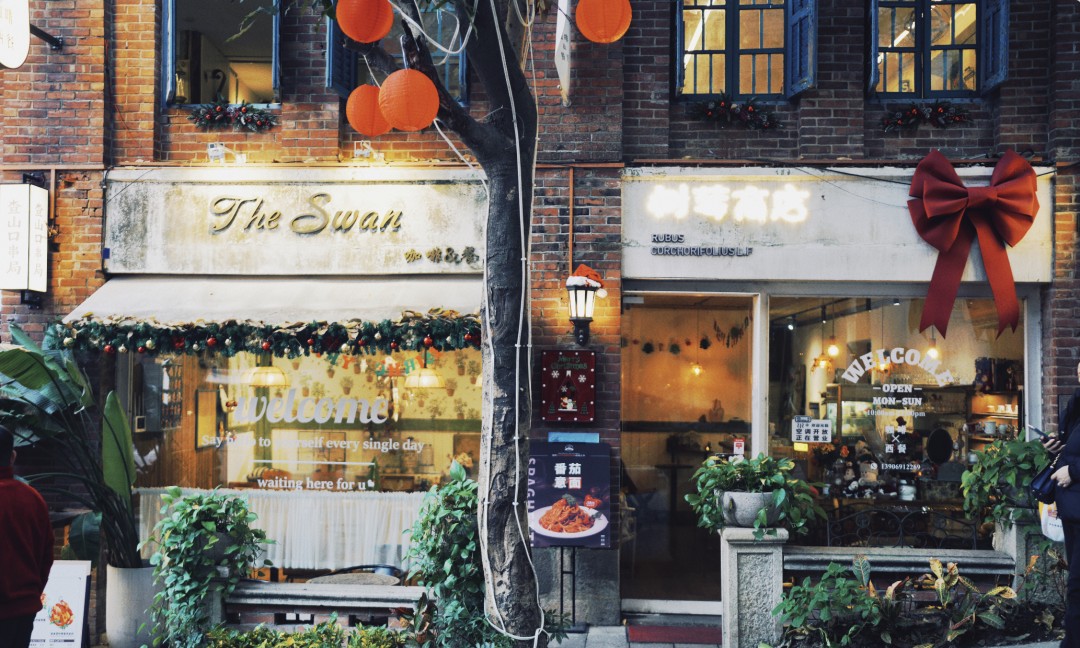
PS. Public transport is available for both routes from the subway to [Shang Teng Station] Exit B.
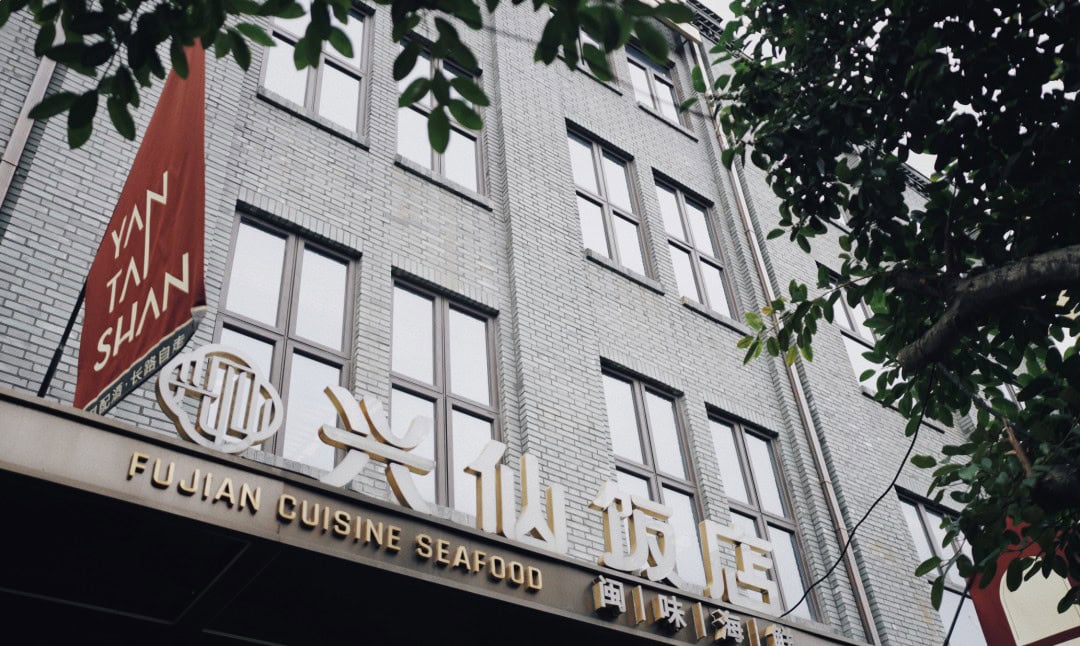
You wouldn’t believe it—the shops at Yantai Mountain are indeed tailored to the tastes of today’s youth. Coffee shops, grocery stores, boutiques, and creative restaurants; many are the first of their kind in Fuzhou.
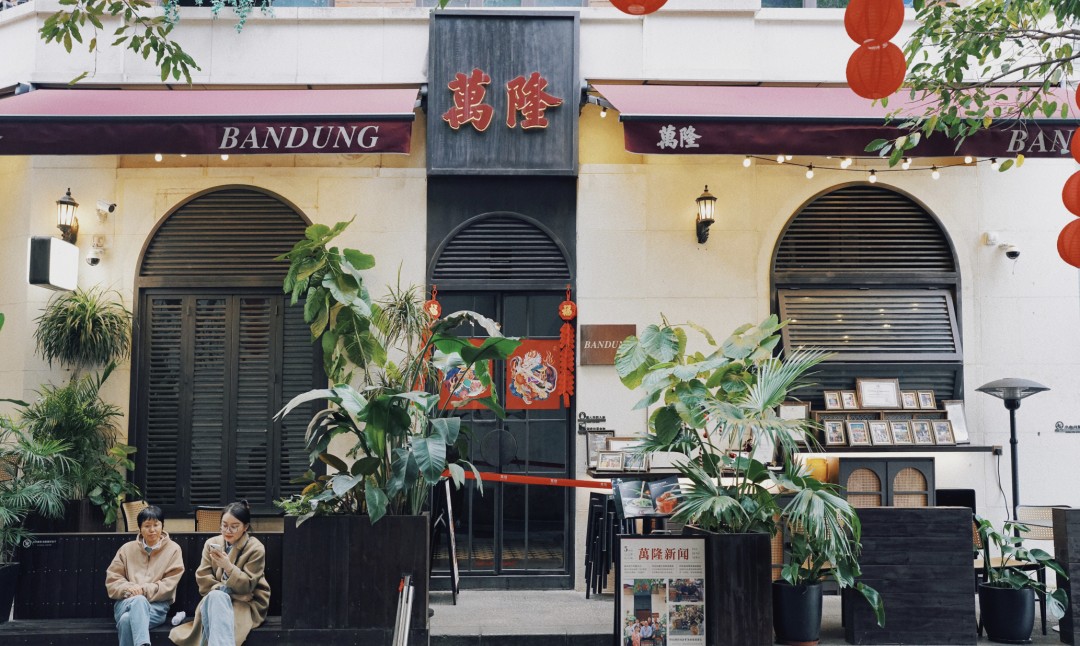
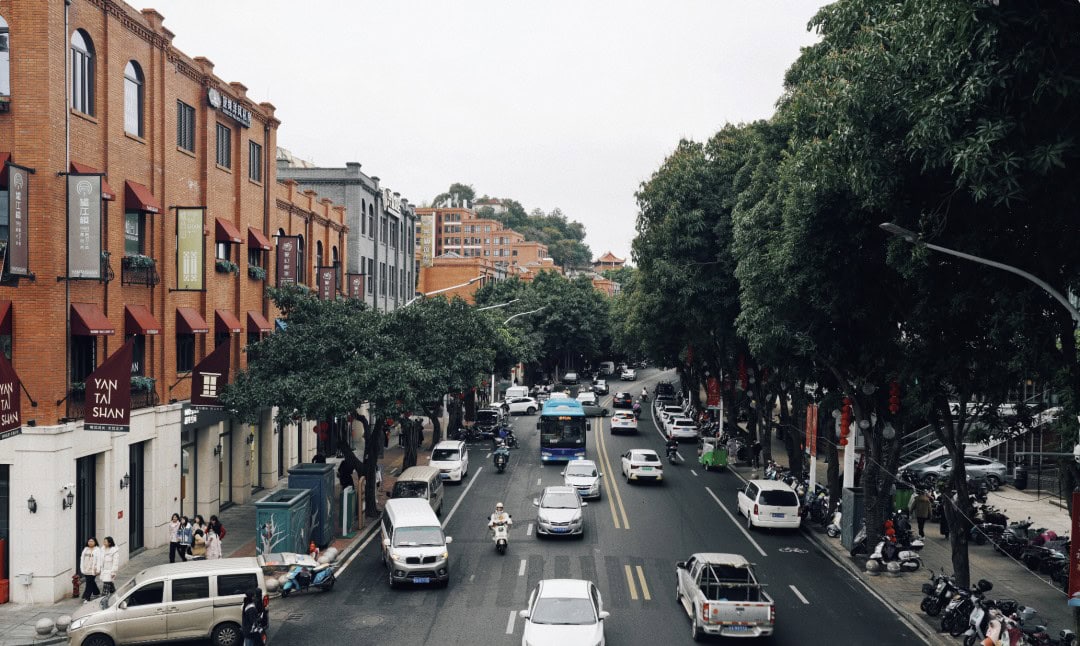
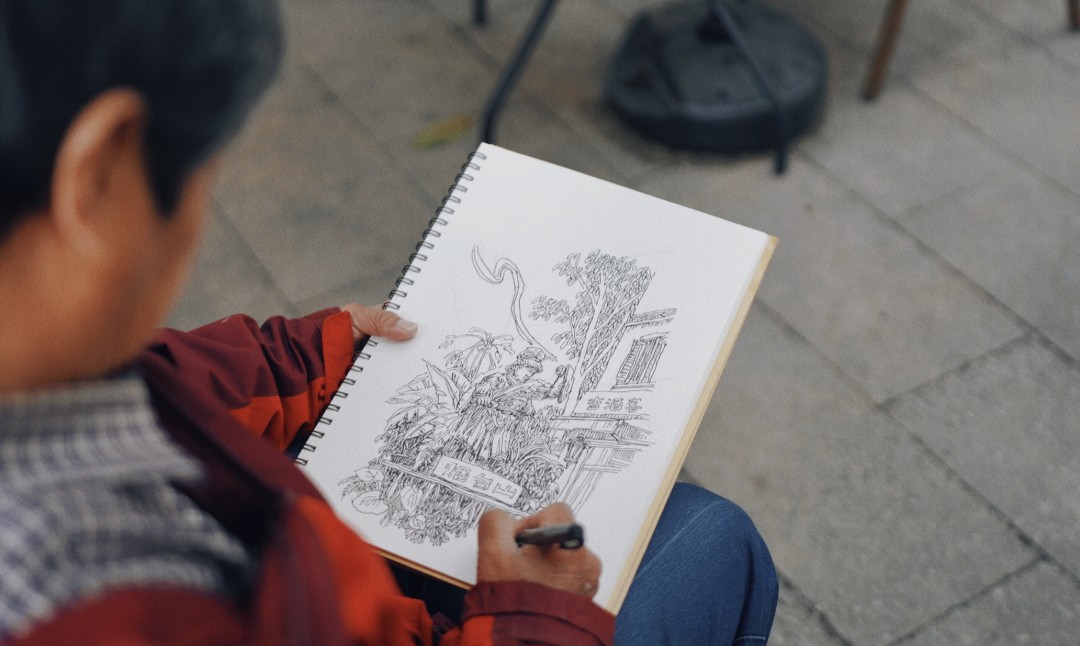
If you want to buy souvenirs like fridge magnets or badges, make sure to check out Hua Ji Grocery Store. This large shop provides plenty of shopping time.
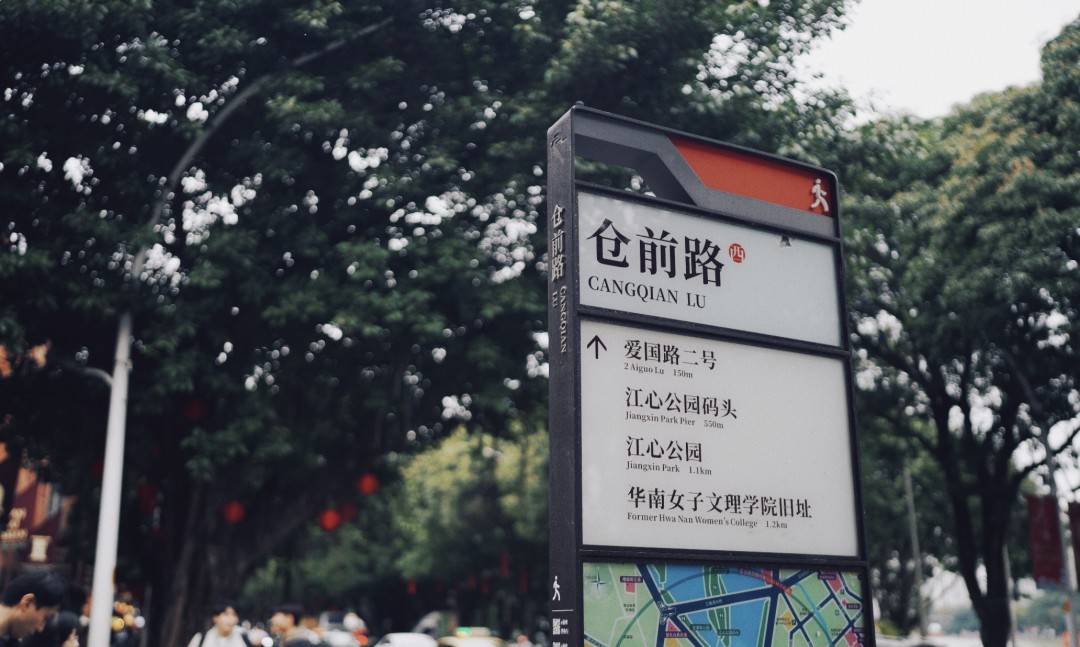
Pago Cake offers delicious cakes that are neither too sweet nor greasy, plus they have an outdoor seating area to relax.
CHEESE UNCLE is a trendy spot selling only four flavors of Swiss roll, available by the stick. Prices range from 39 to 49 yuan, offering great value.
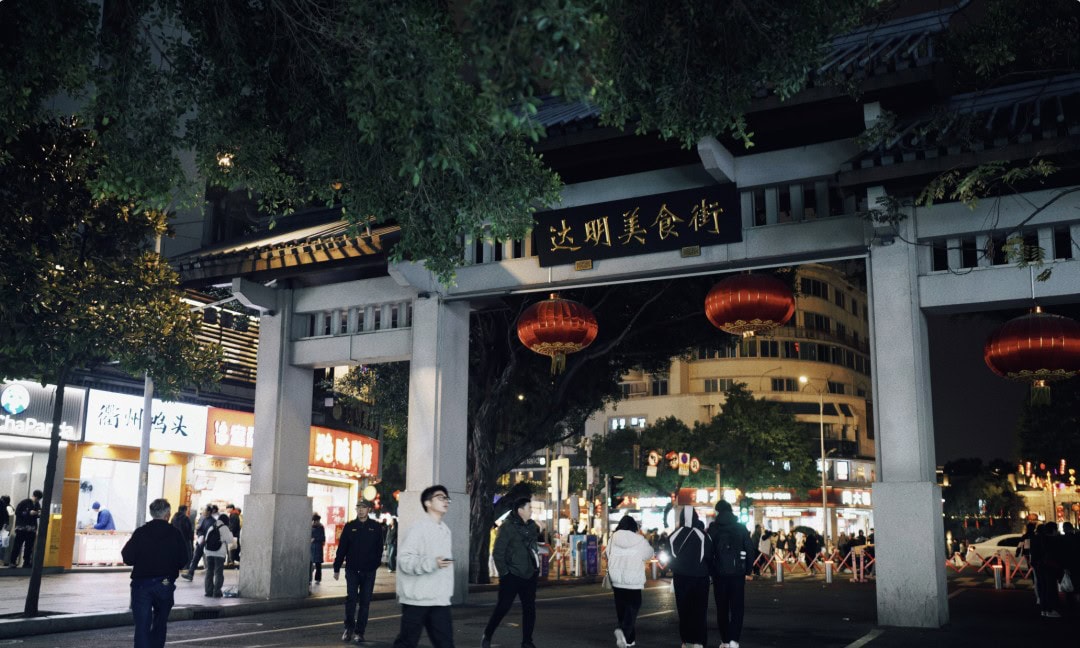
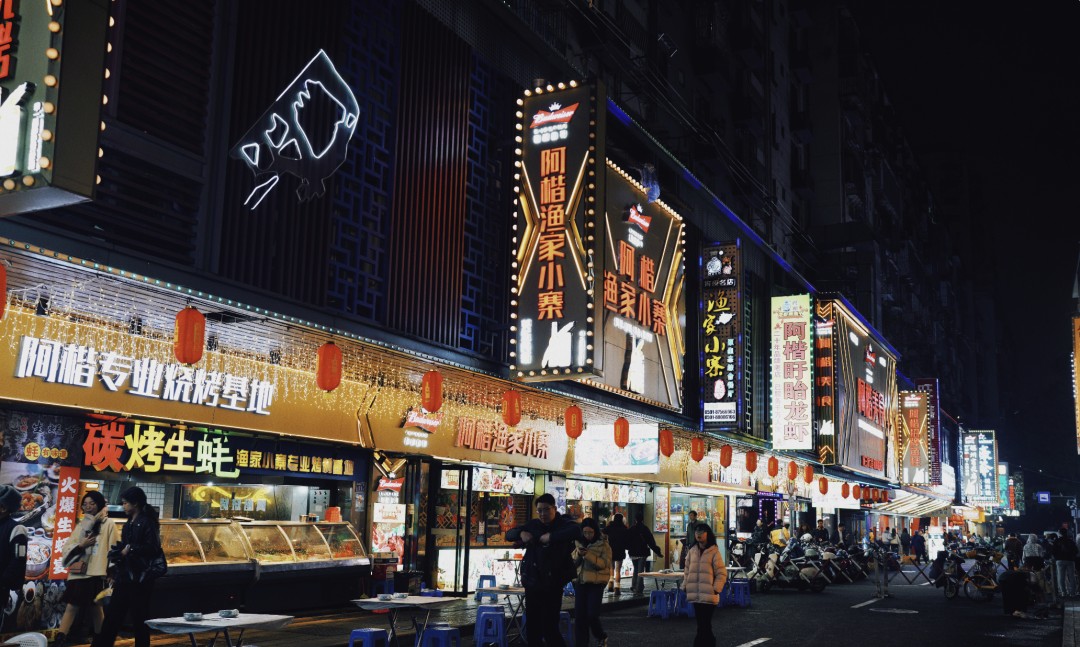
Tang Mo Cha Xi, a local tea brand, uses Fujian fruits and Fuzhou’s signature olives; I have one each day while I’m here.
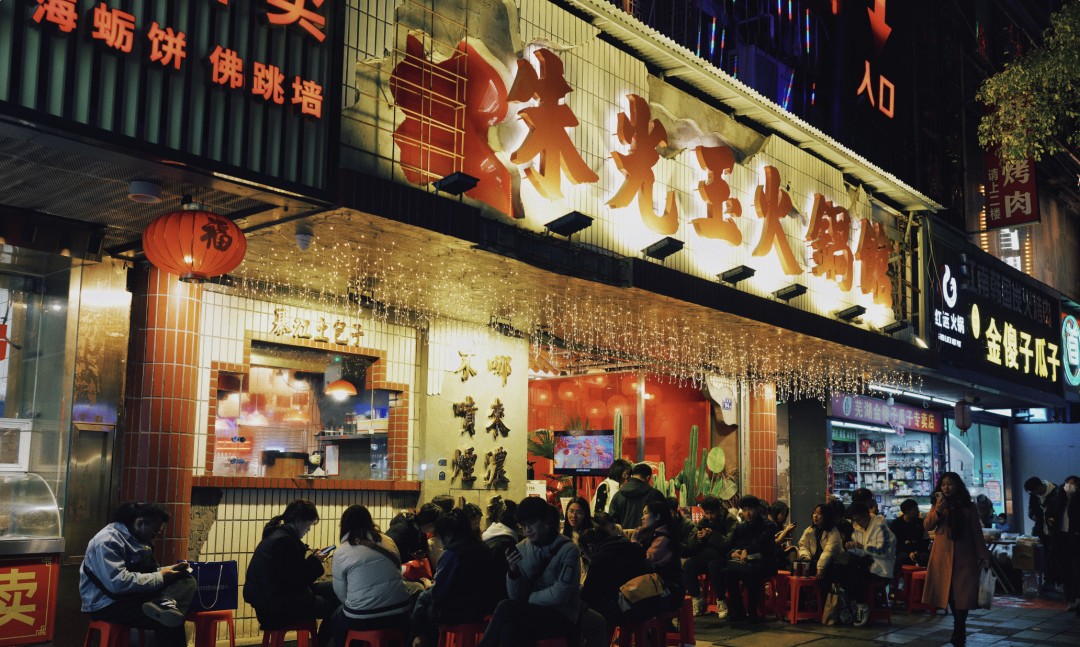
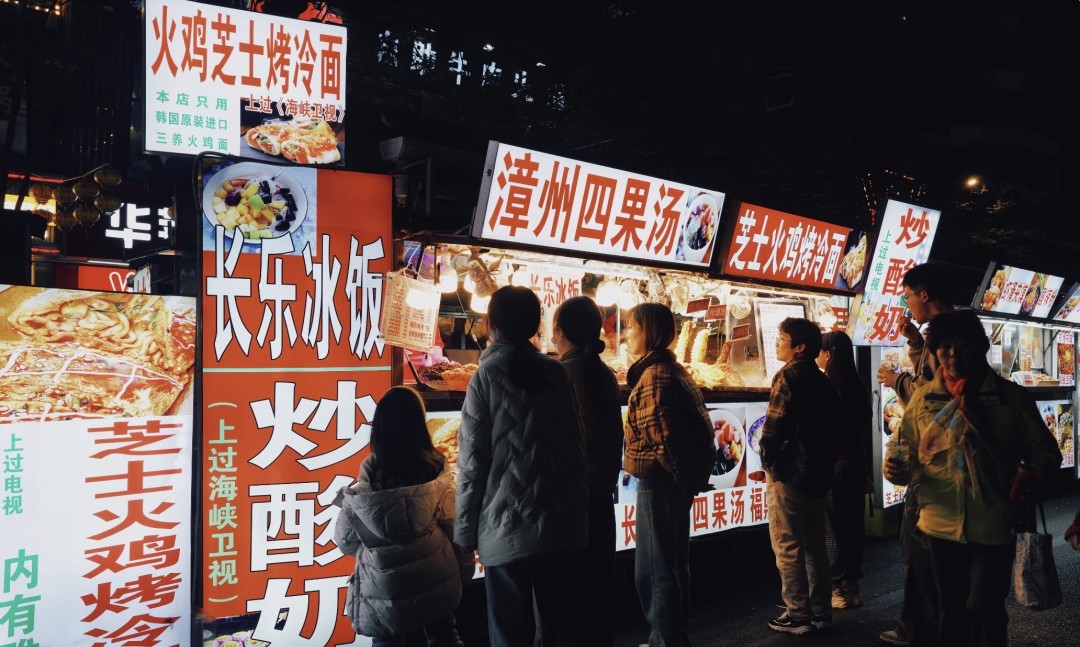
The Starbucks at Yantai Mountain also features unique architecture, but there are too many coffee shops here to choose from.
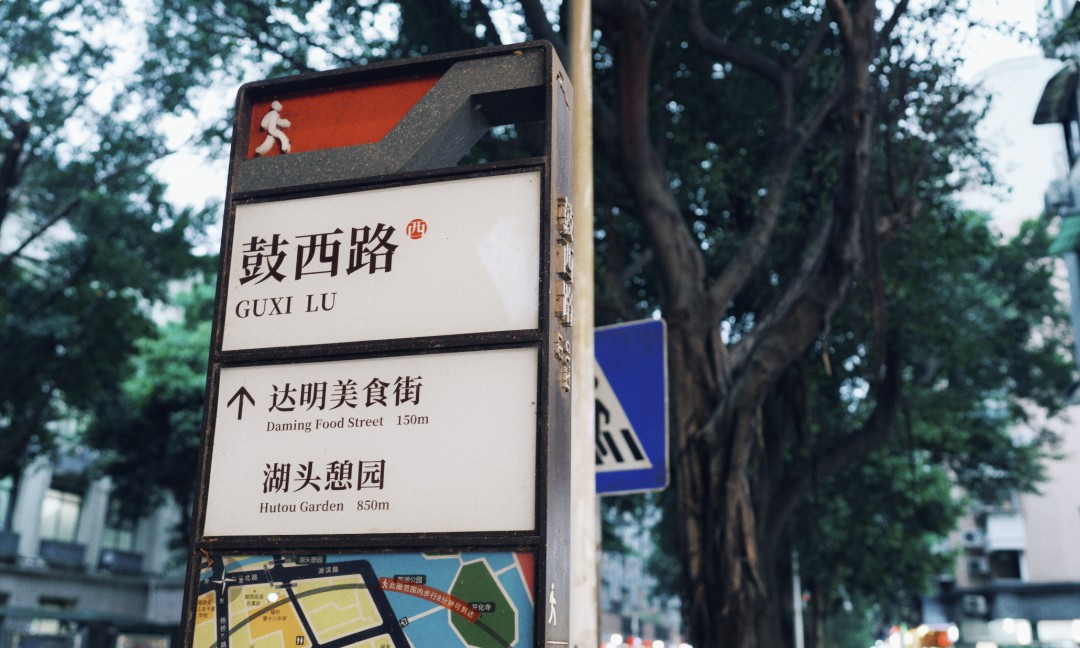
There are plenty of dining options at Yantai Mountain, mainly innovative cuisine or fusion dishes.
Xing Xian Restaurant specializes in Putian-style Min cuisine with seafood, offering a reasonable average cost of 100 for seafood dishes.
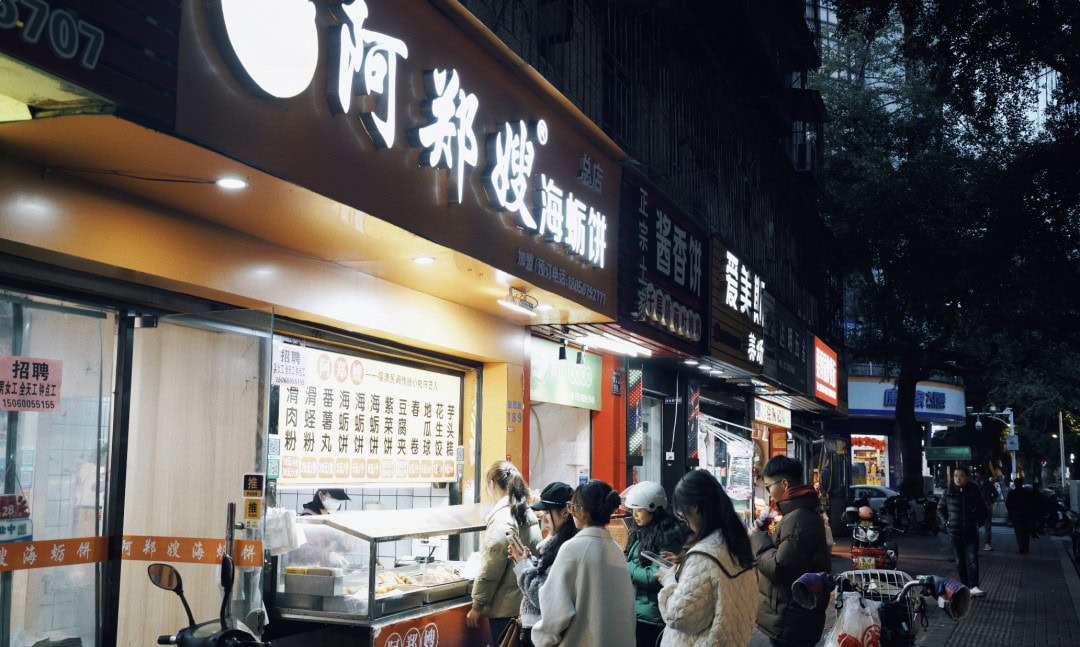
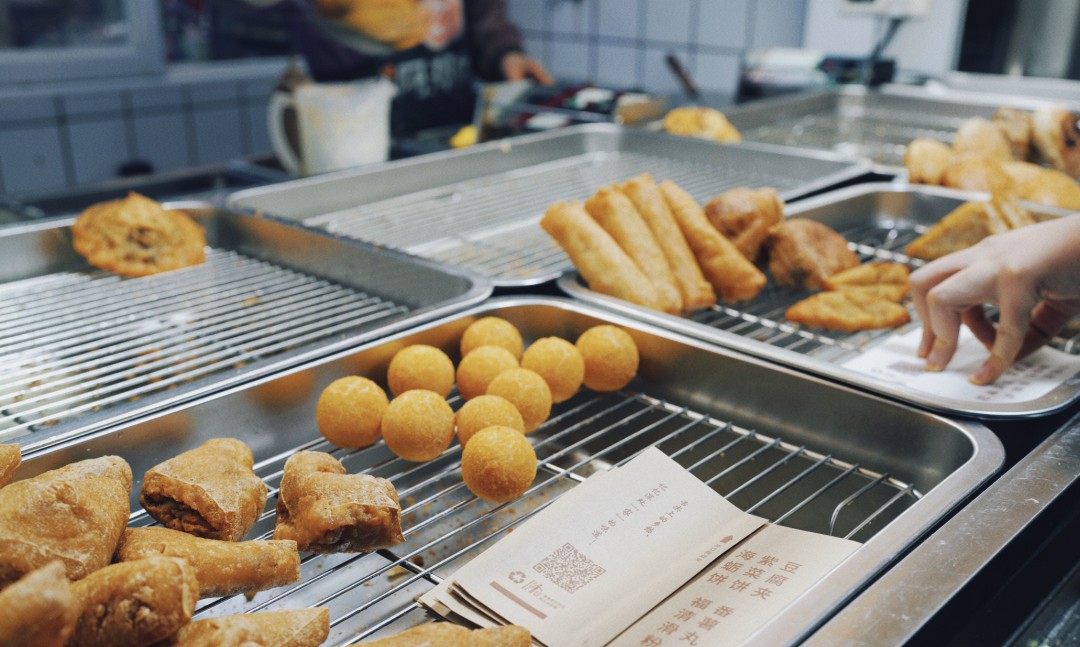
Wanlong Restaurant, an Indonesian restaurant locally popular, has two branches, one in Sanfang Qixiang and another in Yantai Mountain, both located in highly frequented areas of Fuzhou. The owner is a native Indonesian, and the Southeast Asian dishes are quite well made.
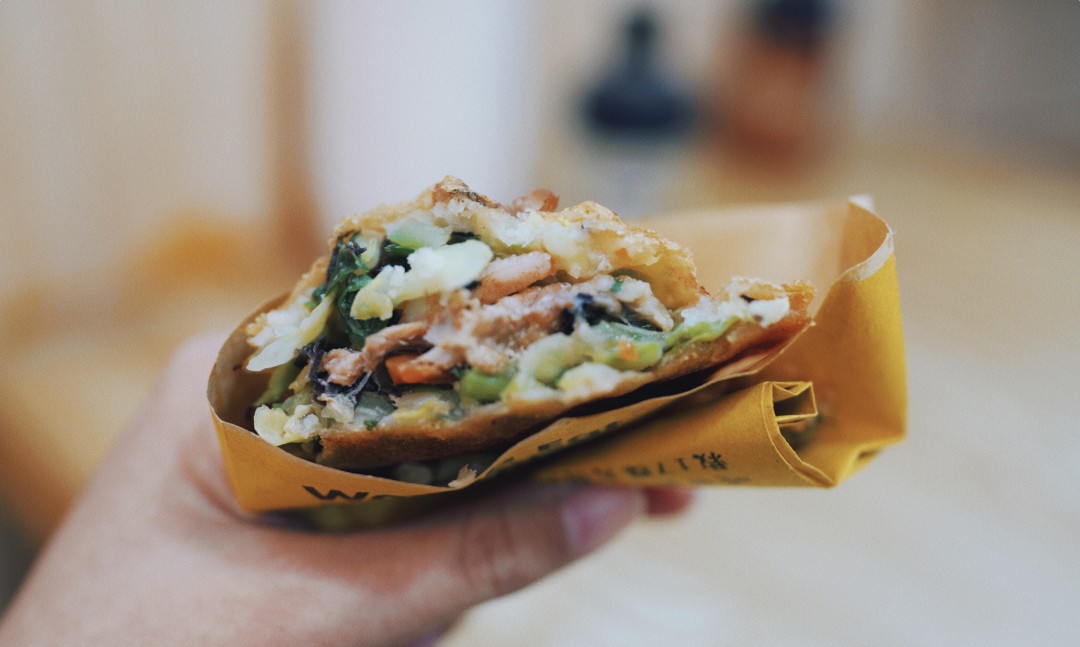
If you plan to walk, eat, and play, remember to set aside half a day for Yantai Mountain.
For extended reading, Yantai Mountain lies by the Min River, adjacent to the Jiangxin Park Pier (also referred to as Yantai Mountain Pier). The Jiangxin Island Pier departs for two boat routes, the “Jasmine” cruise, offering daytime and nighttime tours with slightly different routes; booking tickets in advance is a must during holidays.
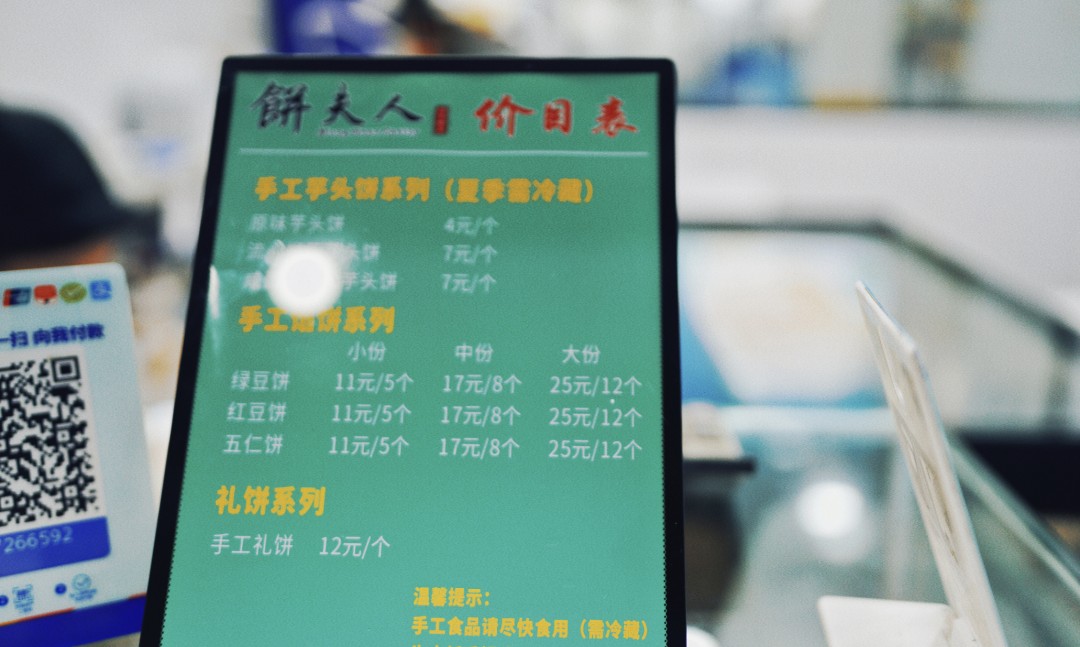
**Gu Xi Road**
From the popular food street, turn into the home-style cafeterias of Old Fuzhou.
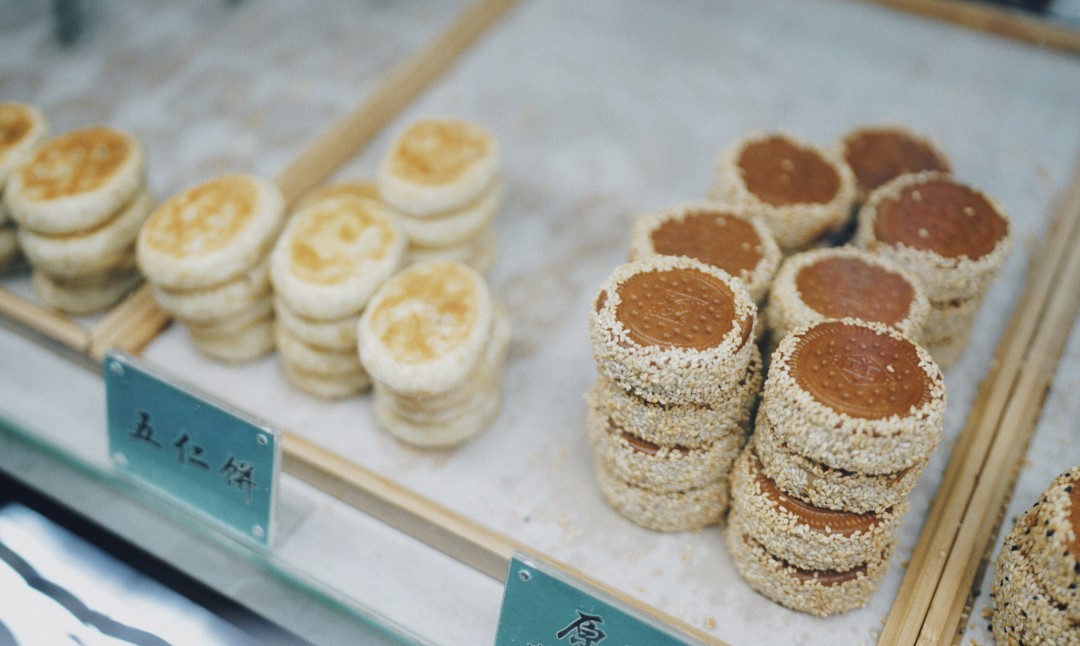
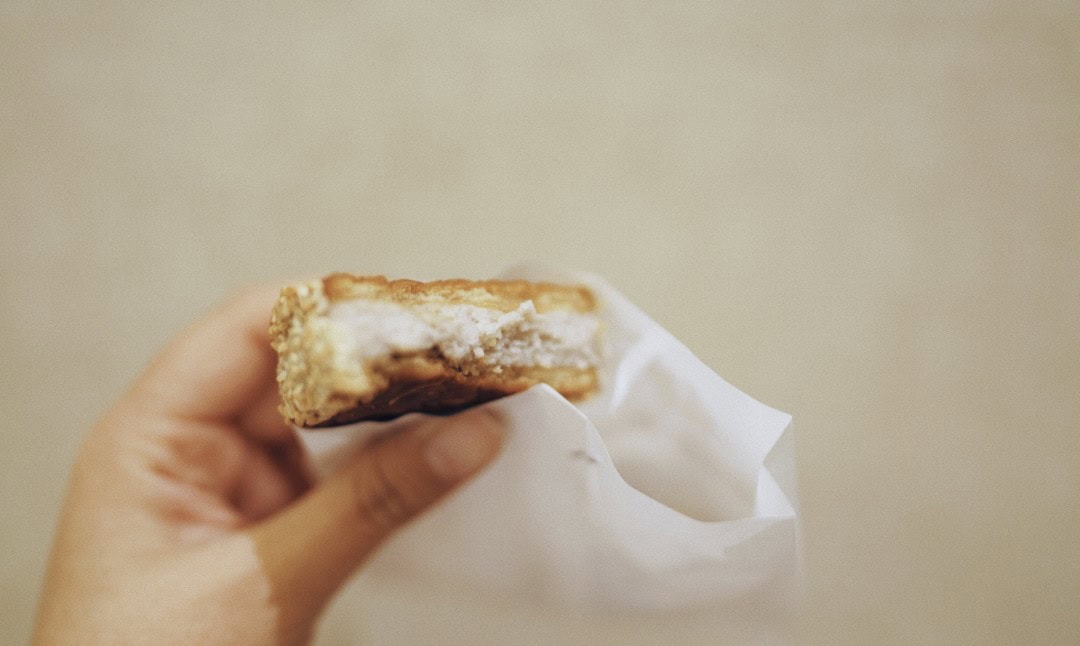
Daming Food Street, separated by just one street from Sanfang Qixiang, typically appears in every traveler’s Fuzhou guide. Originally, this road felt like a local wild food street, but it has now been developed into a typical food street you’d find in any city. However, upon closer inspection, there are still plenty of old shops to discover.
The new trendy shops that just arrived in Rong City are in prime locations, with locals lining up diligently. Especially if you’re tight on time, eating from one end to the other of Daming Road allows you to sample a variety of Fujian specialties.
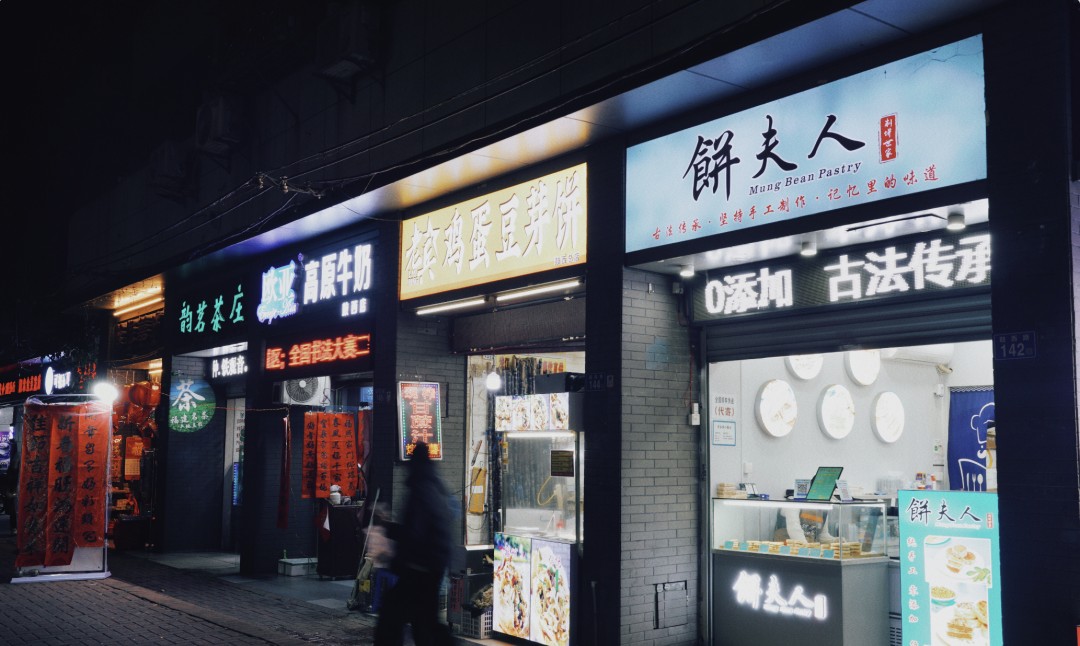
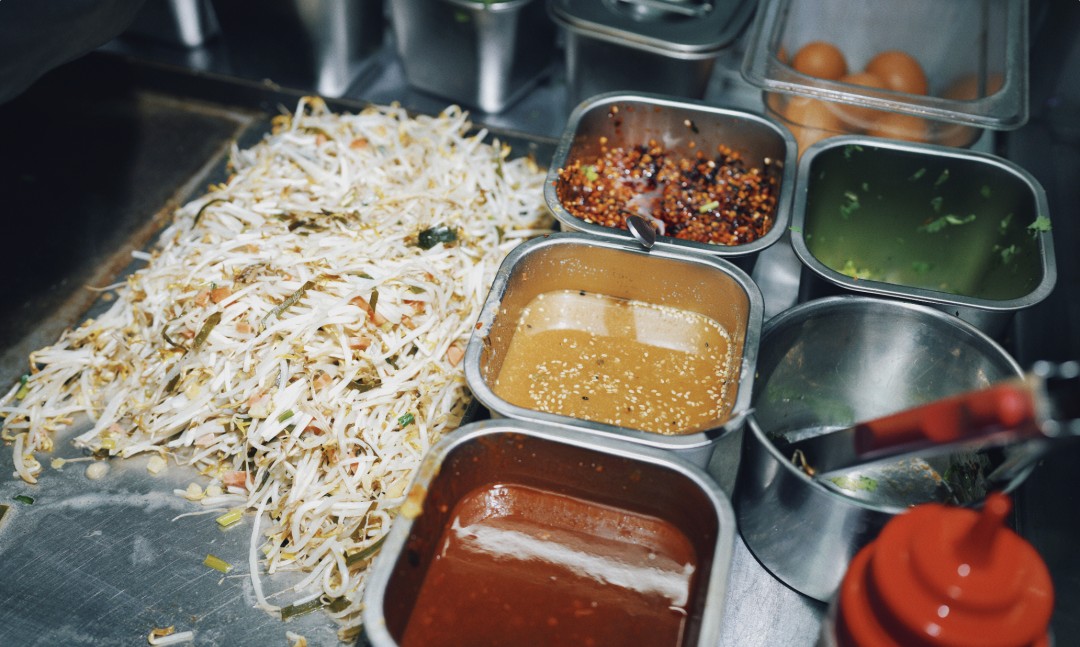
But you know me; it’s not really my style to recommend cookie-cutter food streets. Daming Road has good eats, but the cost of discerning them is high; you might as well dive deep with me into Gu Xi Road, where you’ll find over ten-year-old shops lined up and an extremely low chance of disappointment.
**Zheng A Sao Oyster Pancake Headquarters**
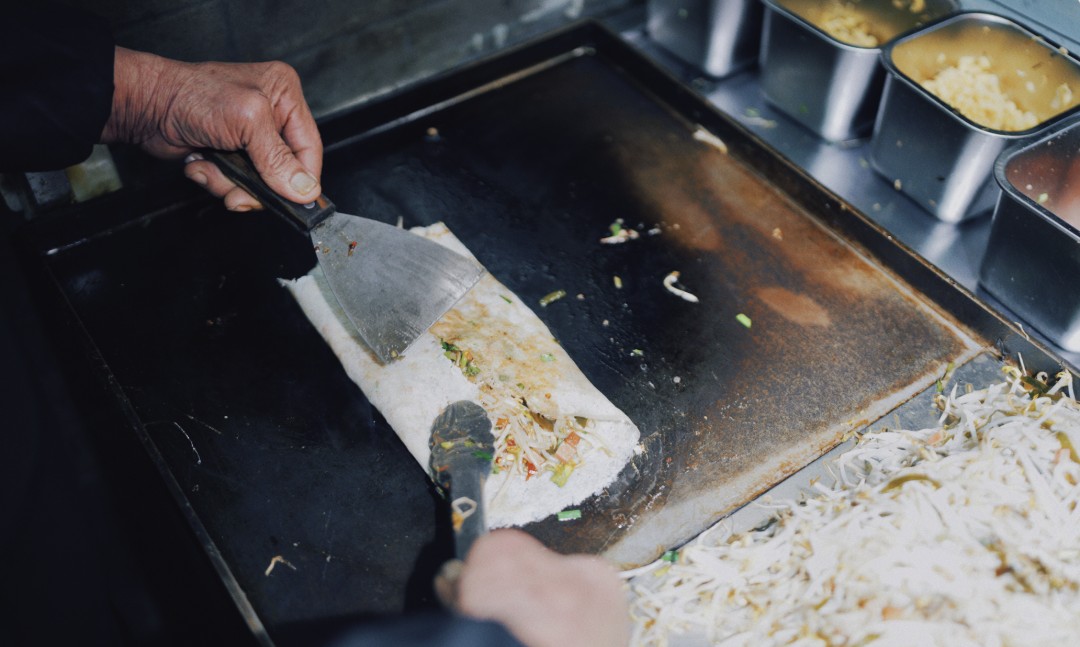
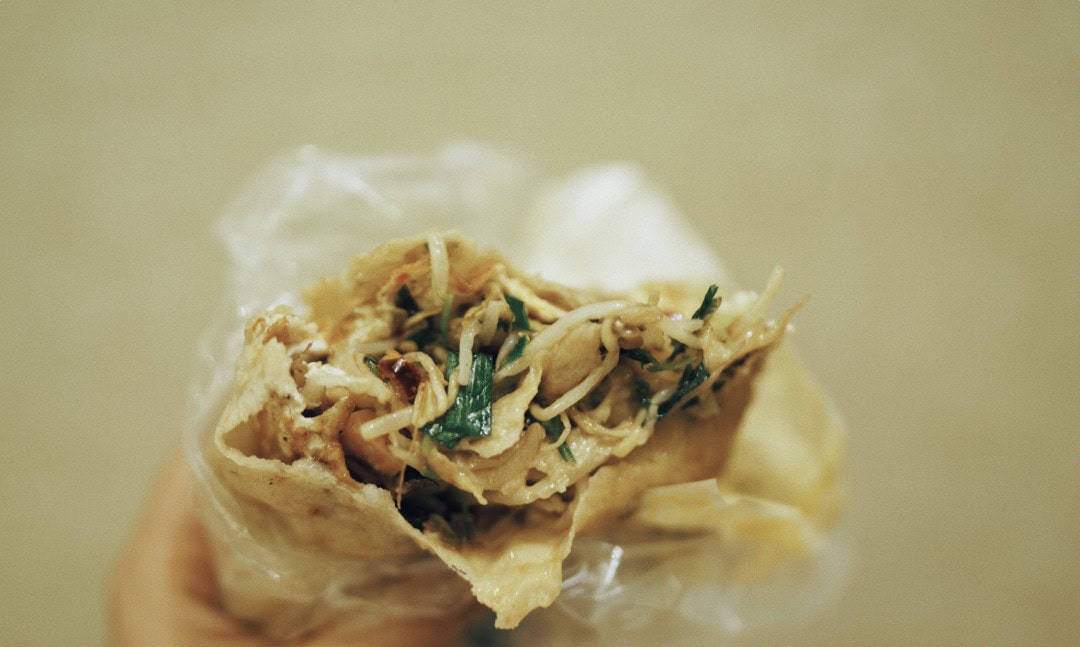
📍: 189 Gu Xi Road, Gulou District
💰: 8 yuan
Zheng A Sao specializes in Fuzhou small eats; they’ve been around for only 4 or 5 years, so they’re relatively new on Gu Xi Road, but I’ve seen them doing great business, indicating their flavor is good.
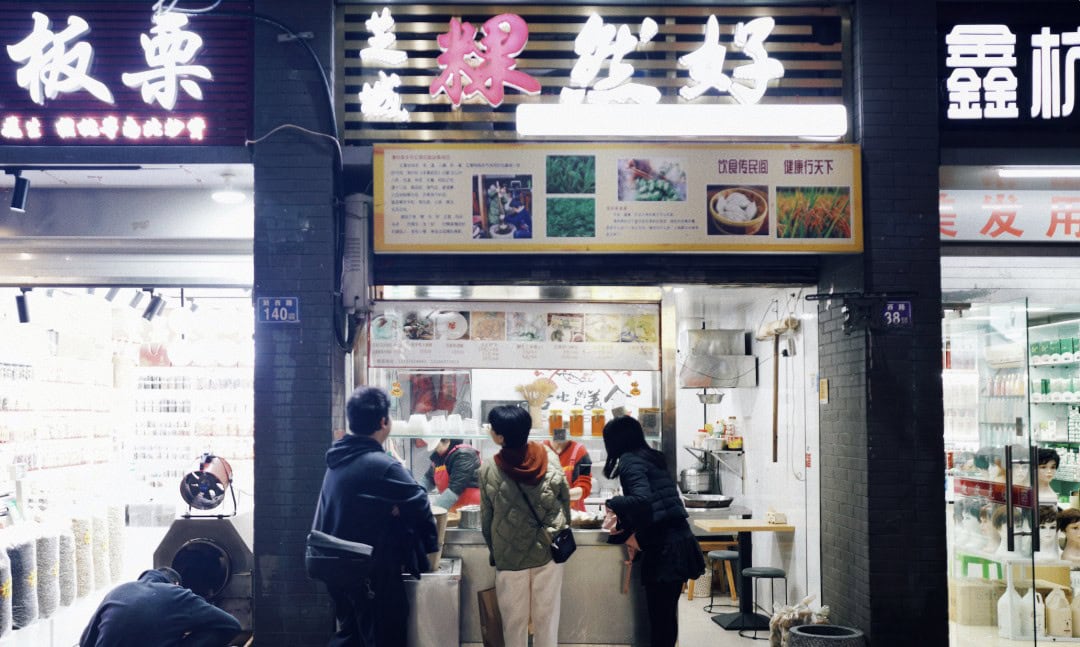
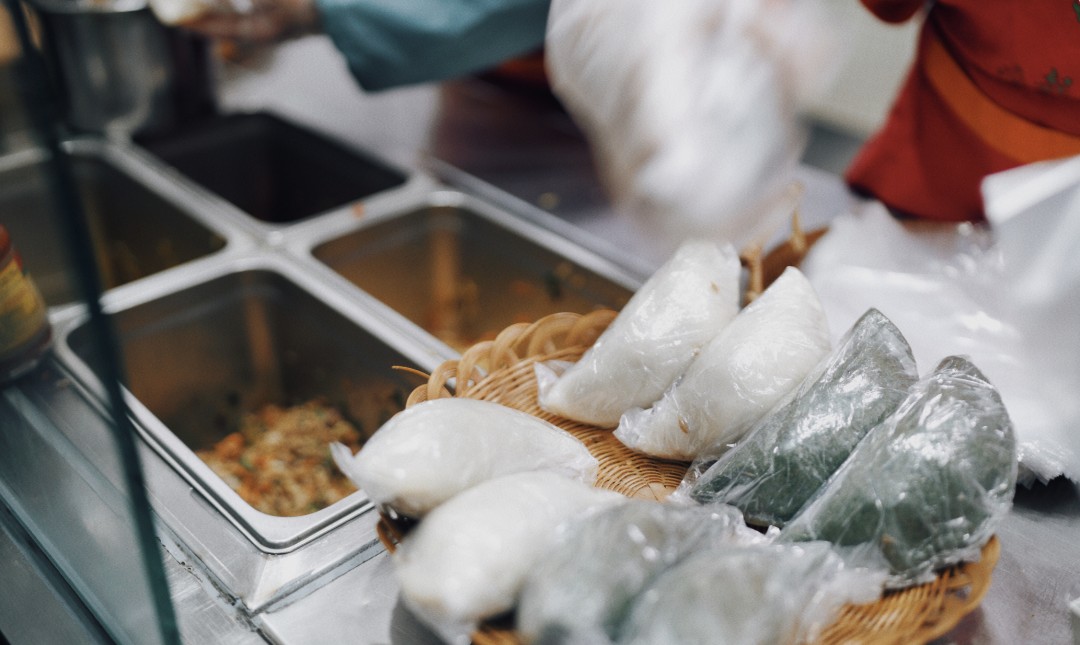
The oyster pancake is entirely different from the oyster omelet, with a cooking method similar to our radish cake. Made with a base of rice and yellow bean batter topped with fillings before another layer of batter flows atop. I went with the 8 yuan top version filled with shrimp, oysters, and seaweed, and it was incredibly delicious.
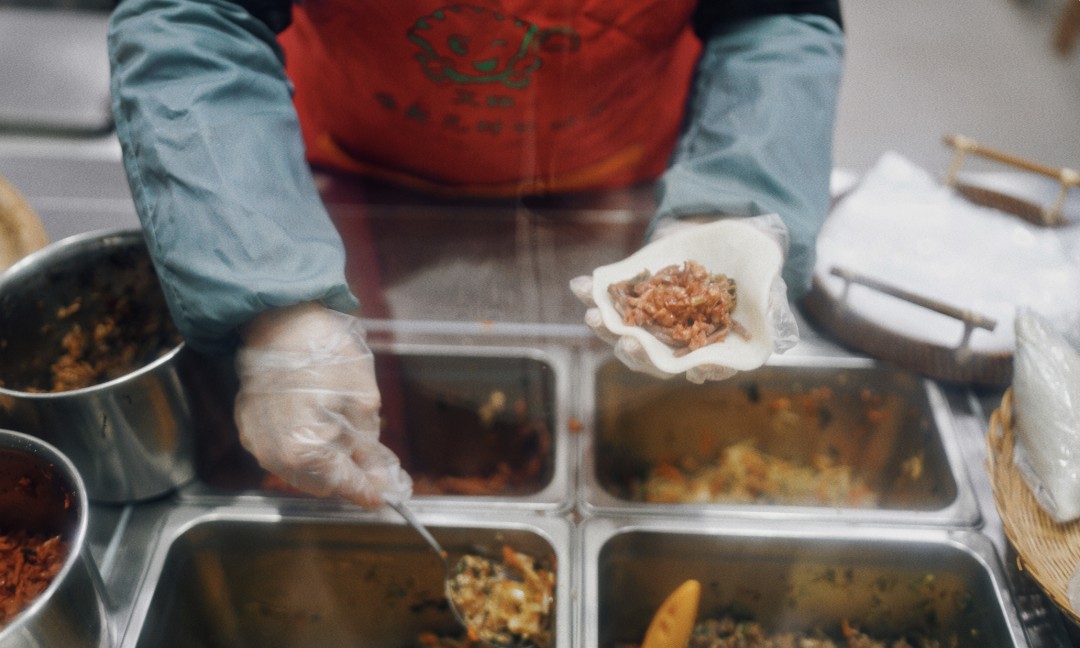
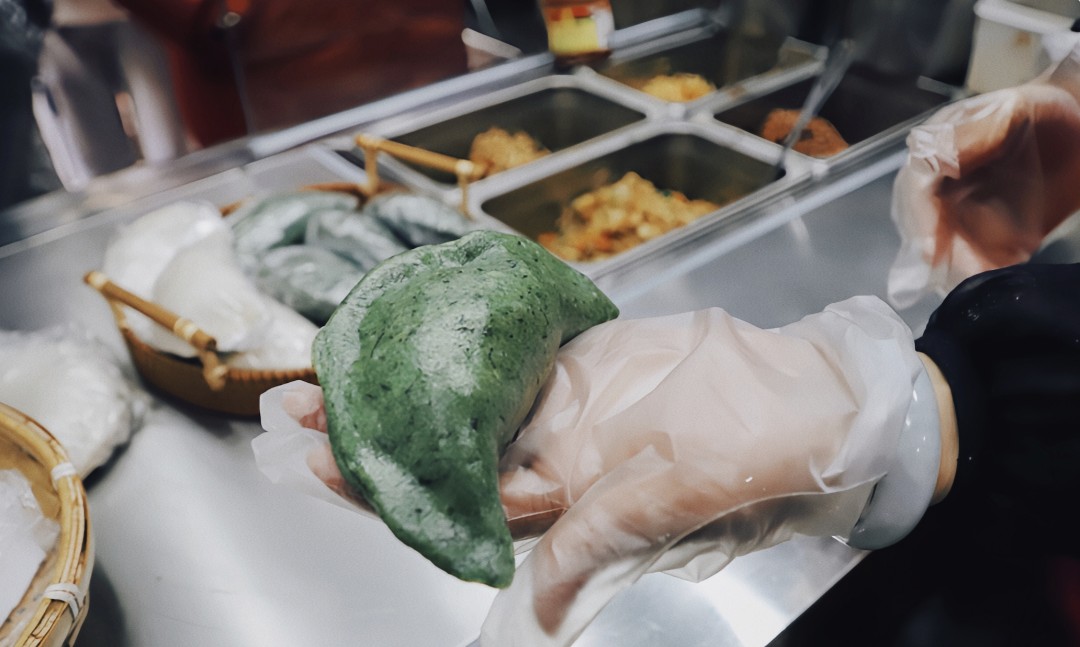
**Bing Fu Ren**
📍: 142 Gu Xi Road, Gulou District
💰: 15 yuan
The reputation of Bing Fu Ren on Gu Xi Road is quite loud; many buy them as souvenirs, and locals often send them to friends outside.
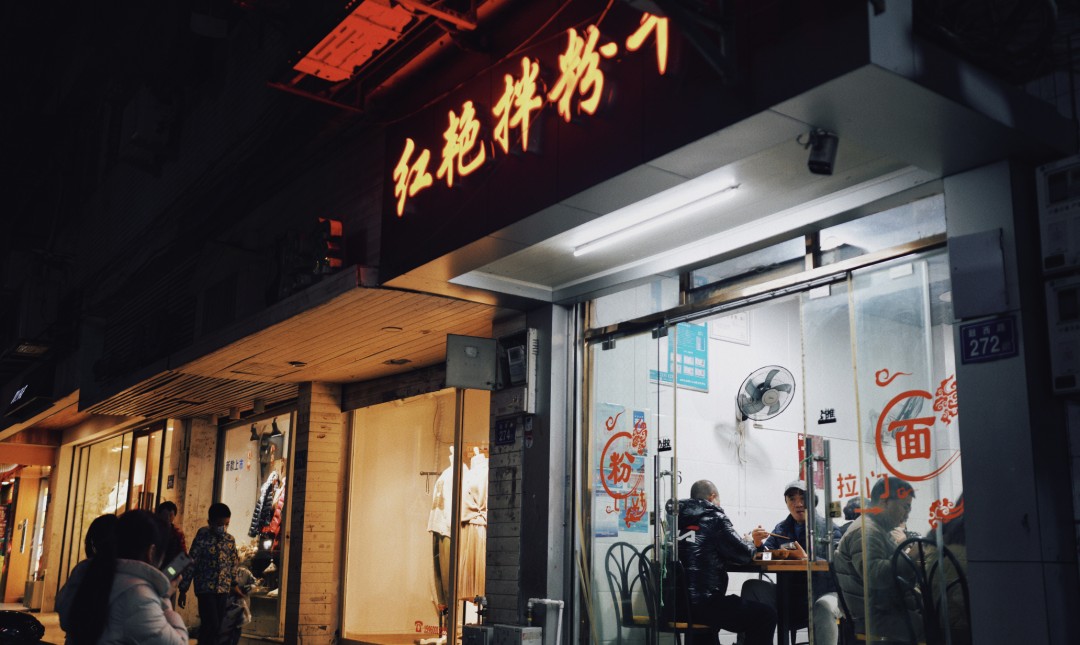
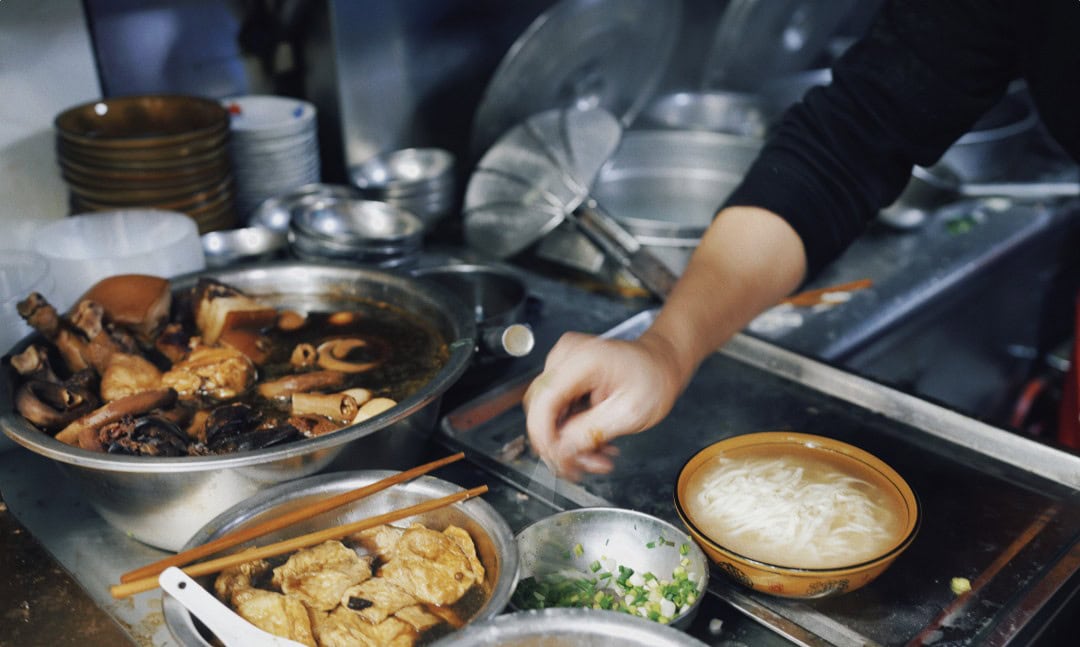
Many recommend their mung bean cakes, but I find them fairly average, with better flavors coming from typical Chinese pastry chains. However, the taro cakes are undeniably delicious. They rely on the most traditional technique—thick taro puree sandwiched between two pieces of pastry, rolled in fried sesame, creating a fragrant bite without being overly sweet.
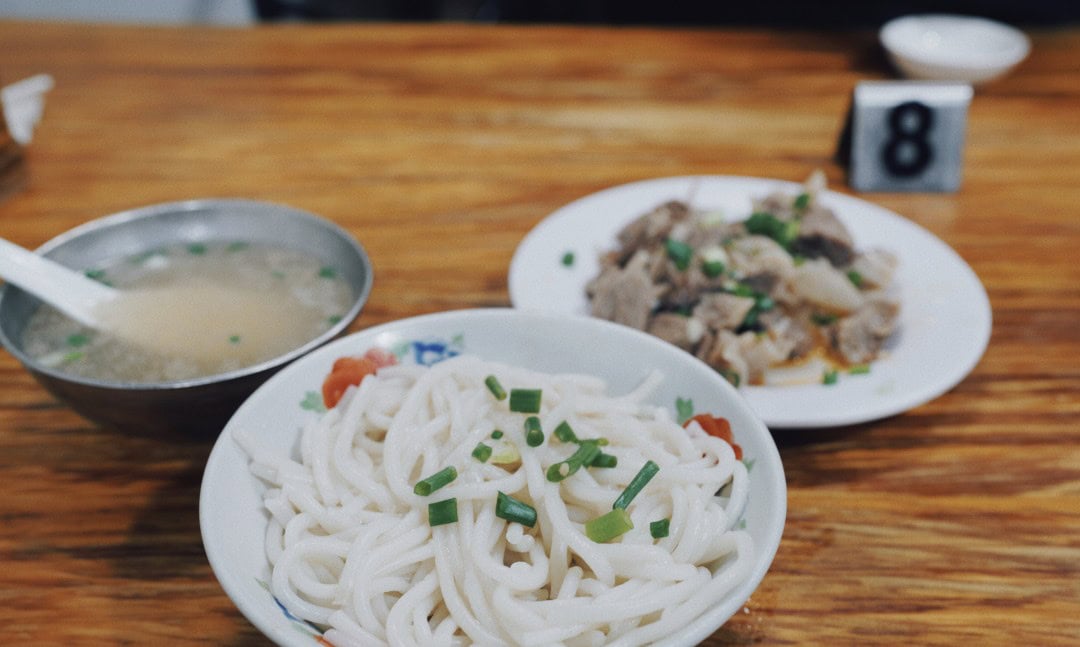
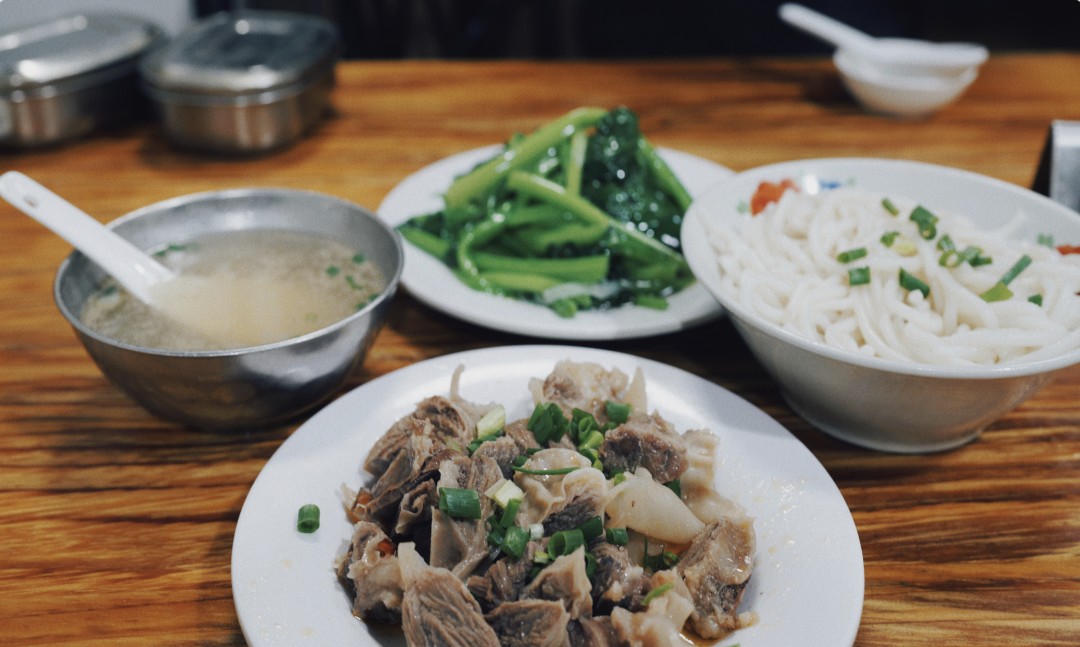
**Lao Bing Egg Bean Sprout Cake**
📍: 144 Gu Xi Road, Gulou District
💰: 10 yuan
This is a particularly unassuming shop, sharing space with a sugar cane stall. If I hadn’t caught a whiff while waiting for Bing Fu Ren, I might have completely overlooked it.
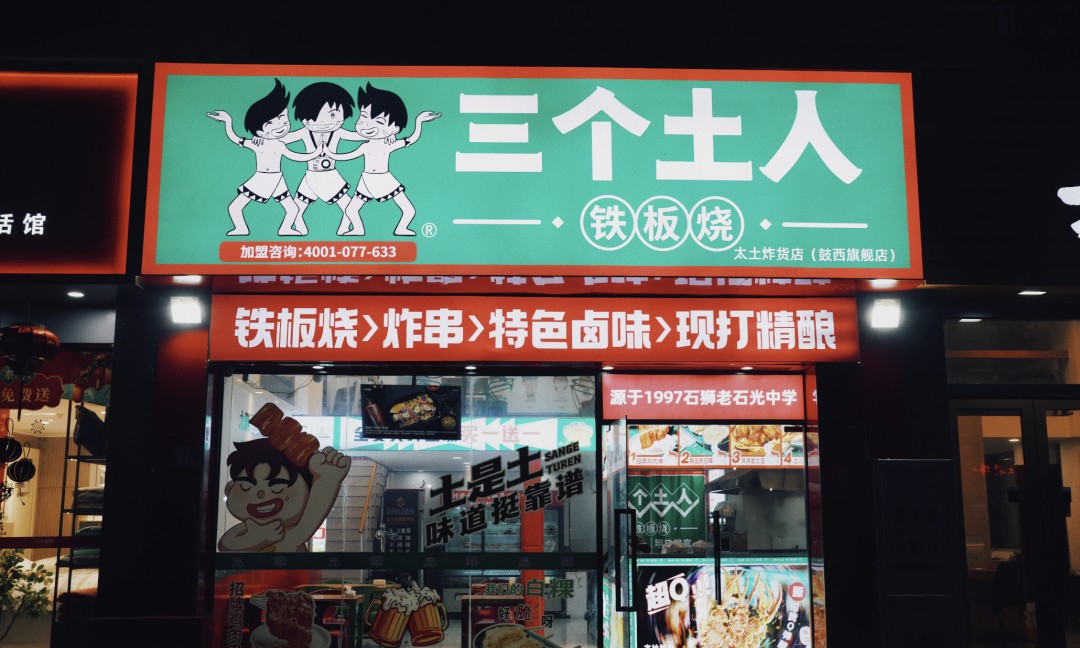
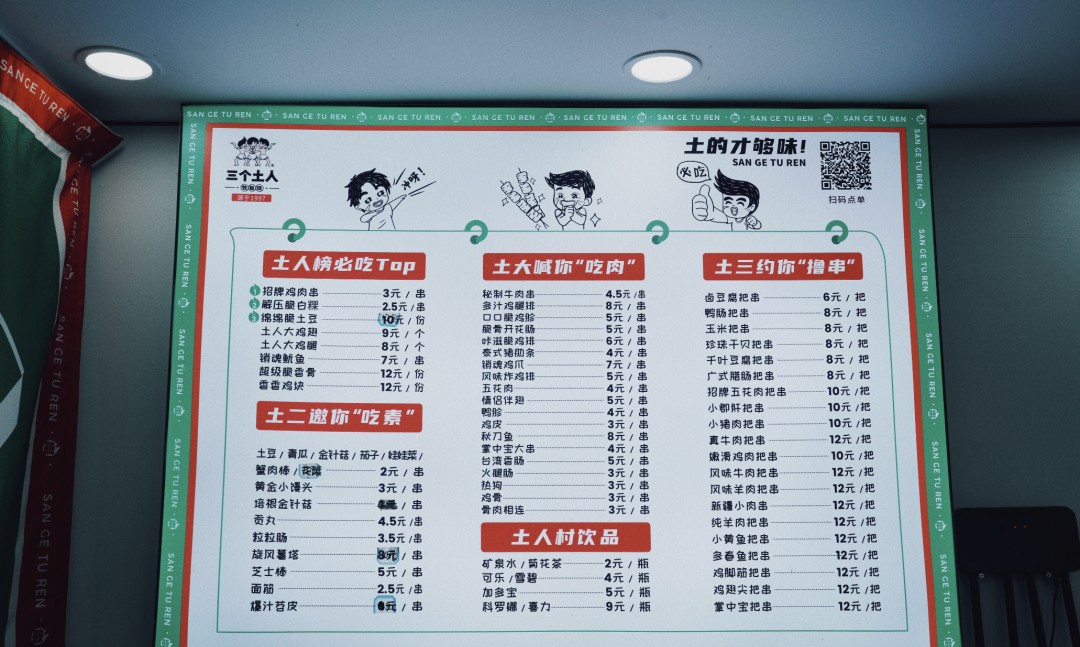
The bean sprouts are stir-fried on a hot iron plate to release moisture before placing it all in the cake skin to heat up. I ordered the base version, which is topped with eight assorted ingredients. Eggs, bean sprouts, radish, fungus… the most common vegetables somehow packed with flavor—highly recommend adding a hint of spice.
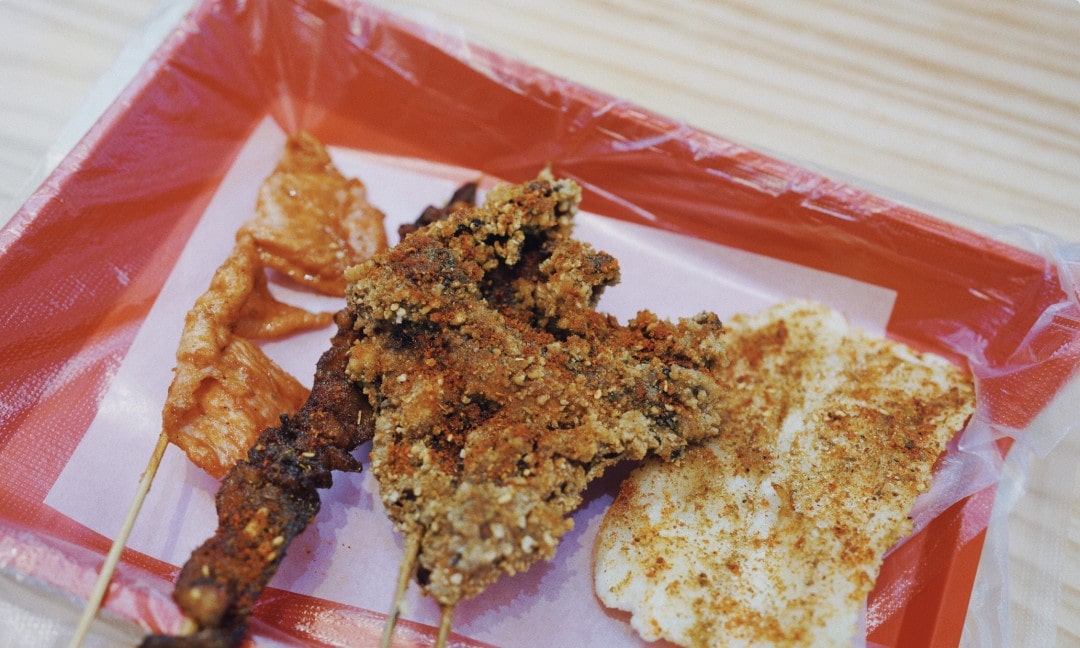
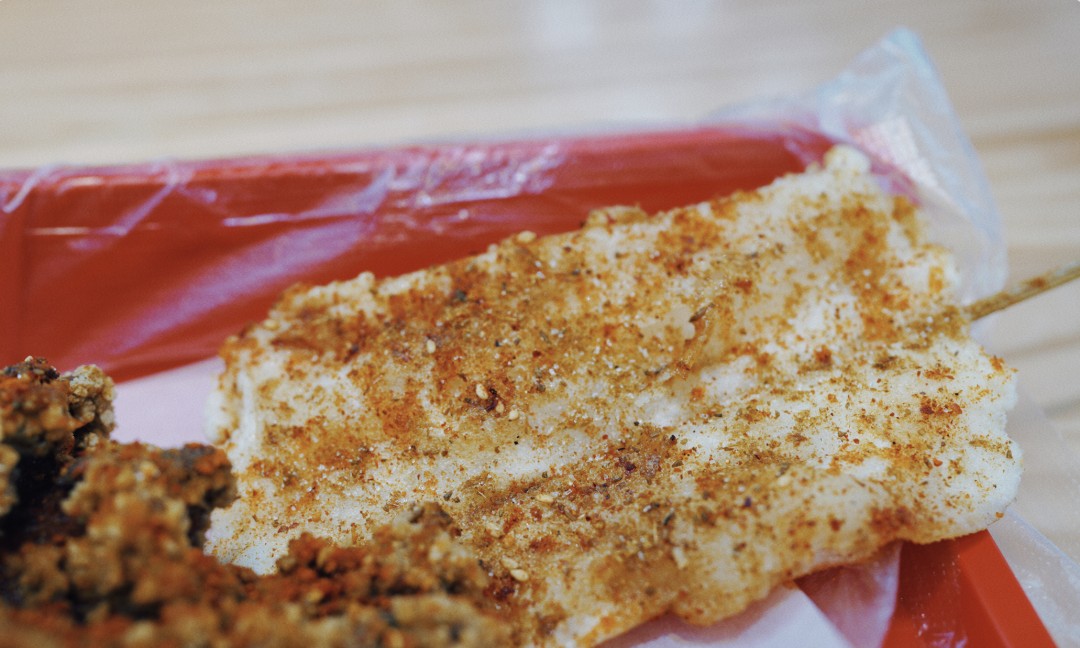
**Zhi Cheng Guo Ran Hao**
📍: 140 Gu Xi Road, Gulou District
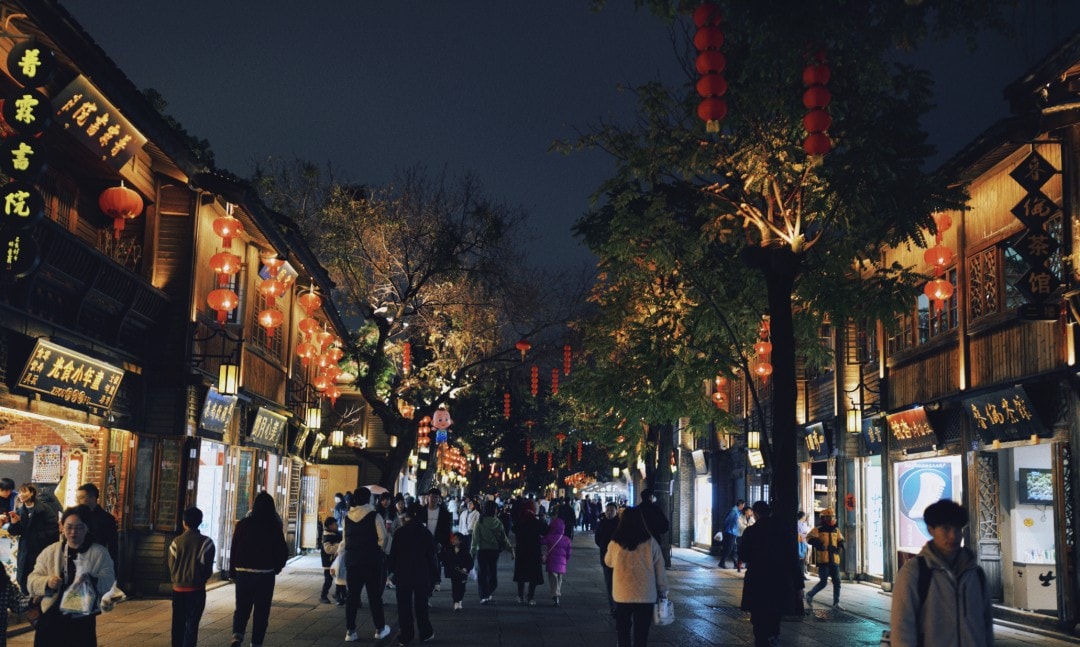
💰: 10 yuan
This store sells snacks from Jian’ou in Fujian, with rice cakes as the specialty. Now that it’s the season for mugwort, they have mugwort cakes available.

You can choose from four salty fillings, and they offer generous portions that rival homemade. The freshly made rice cake skin is more chewy like glutinous rice; if you enjoy the nian gao from Wenling, you will certainly love this.
**Hong Yan Mixed Noodles**
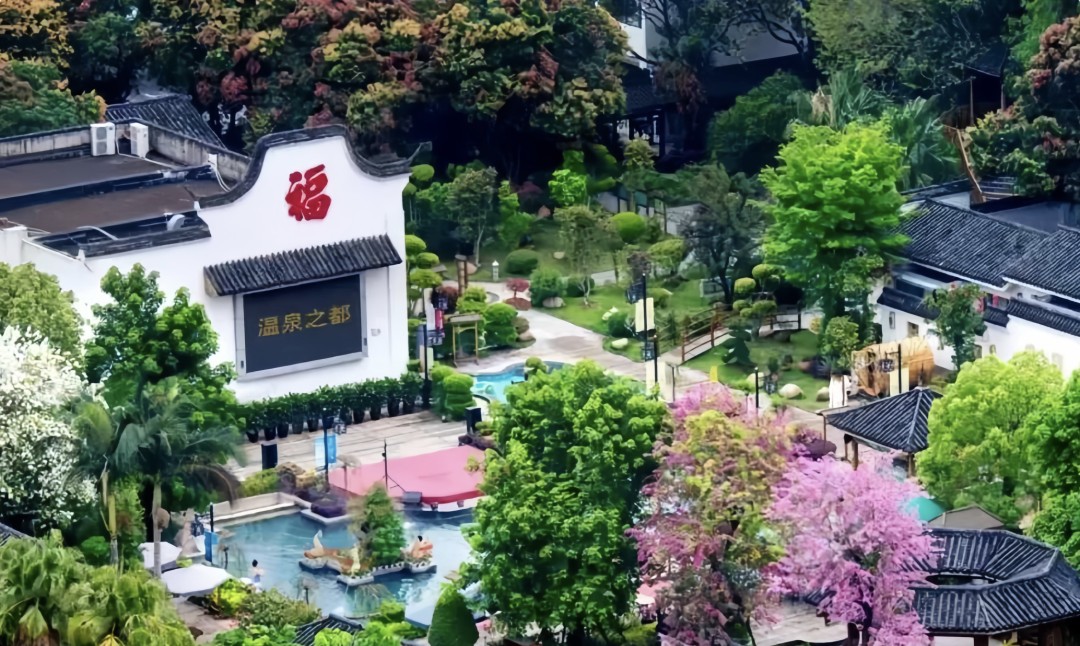
📍: 272 Gu Xi Road, Gulou District
💰: 20 yuan
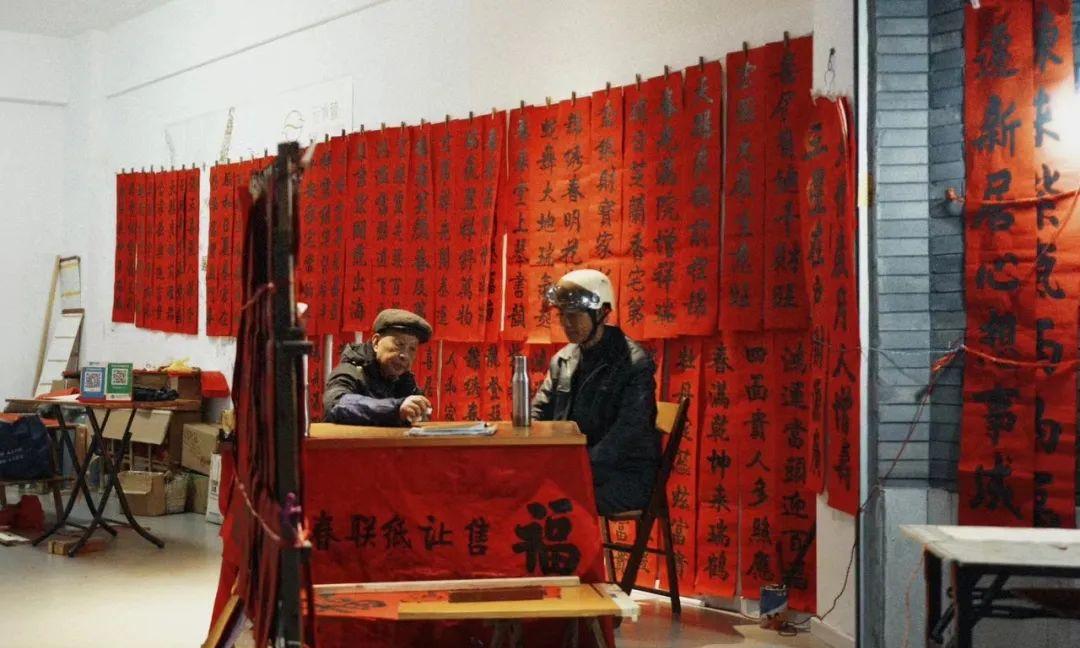
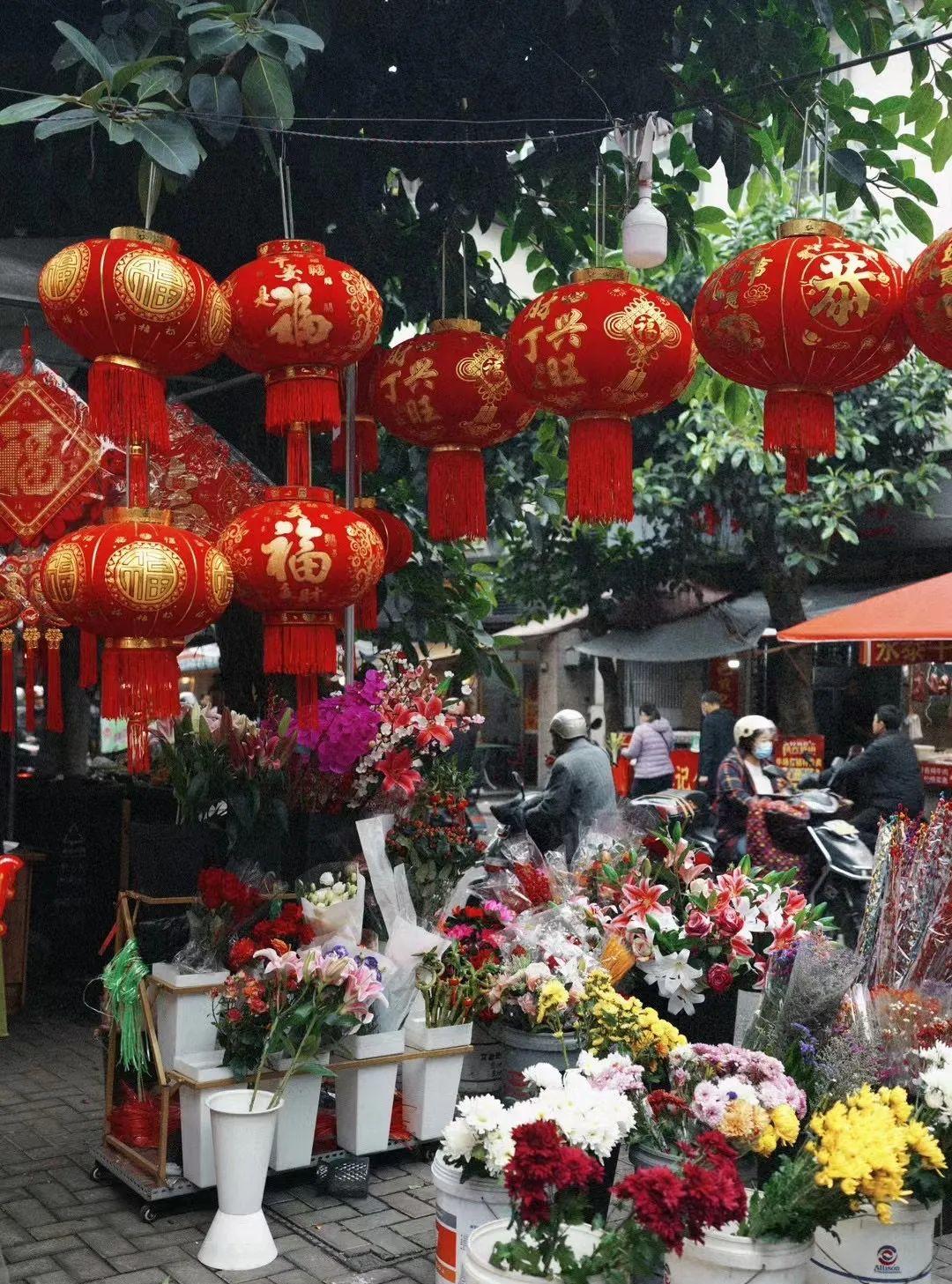
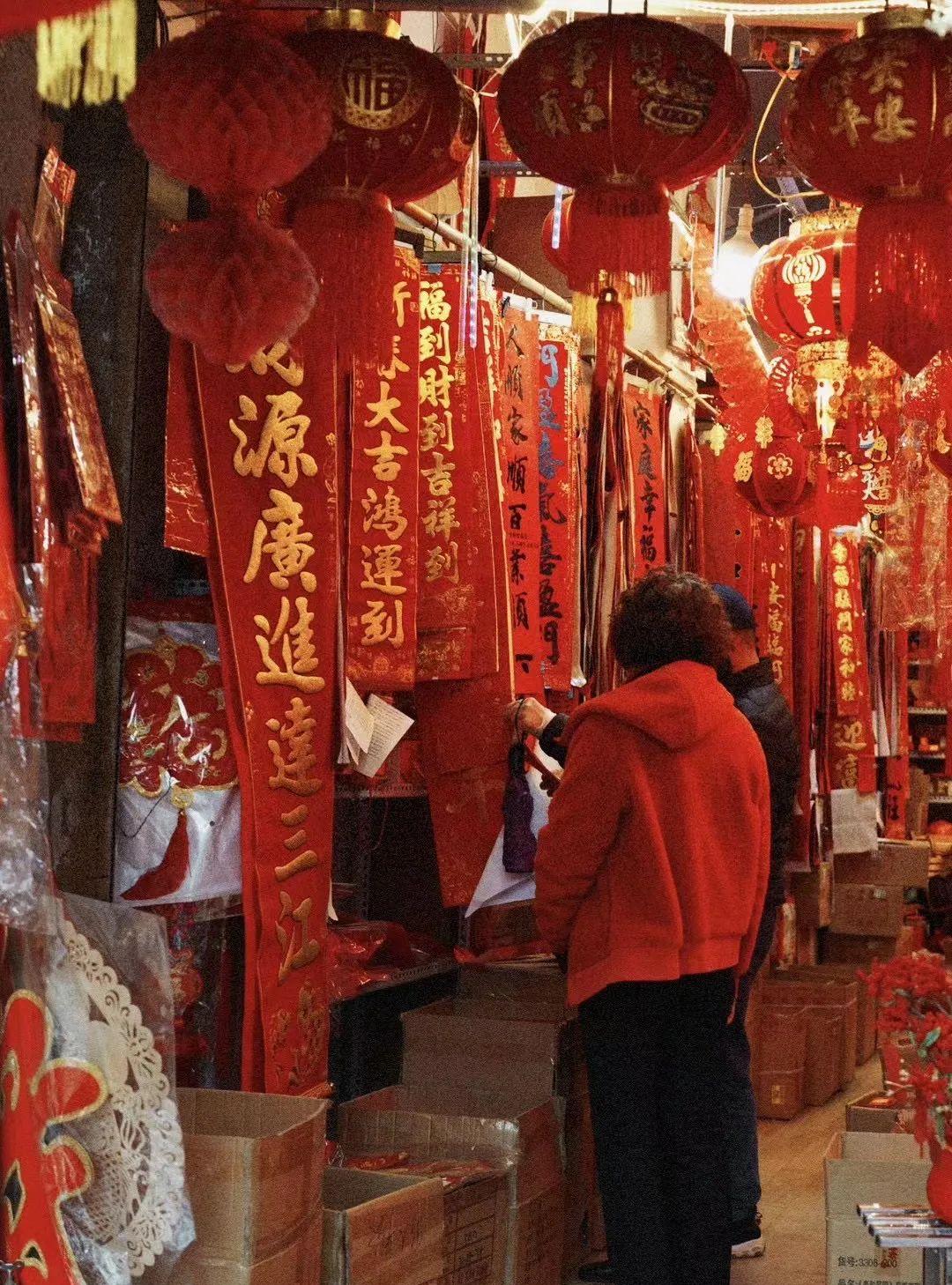
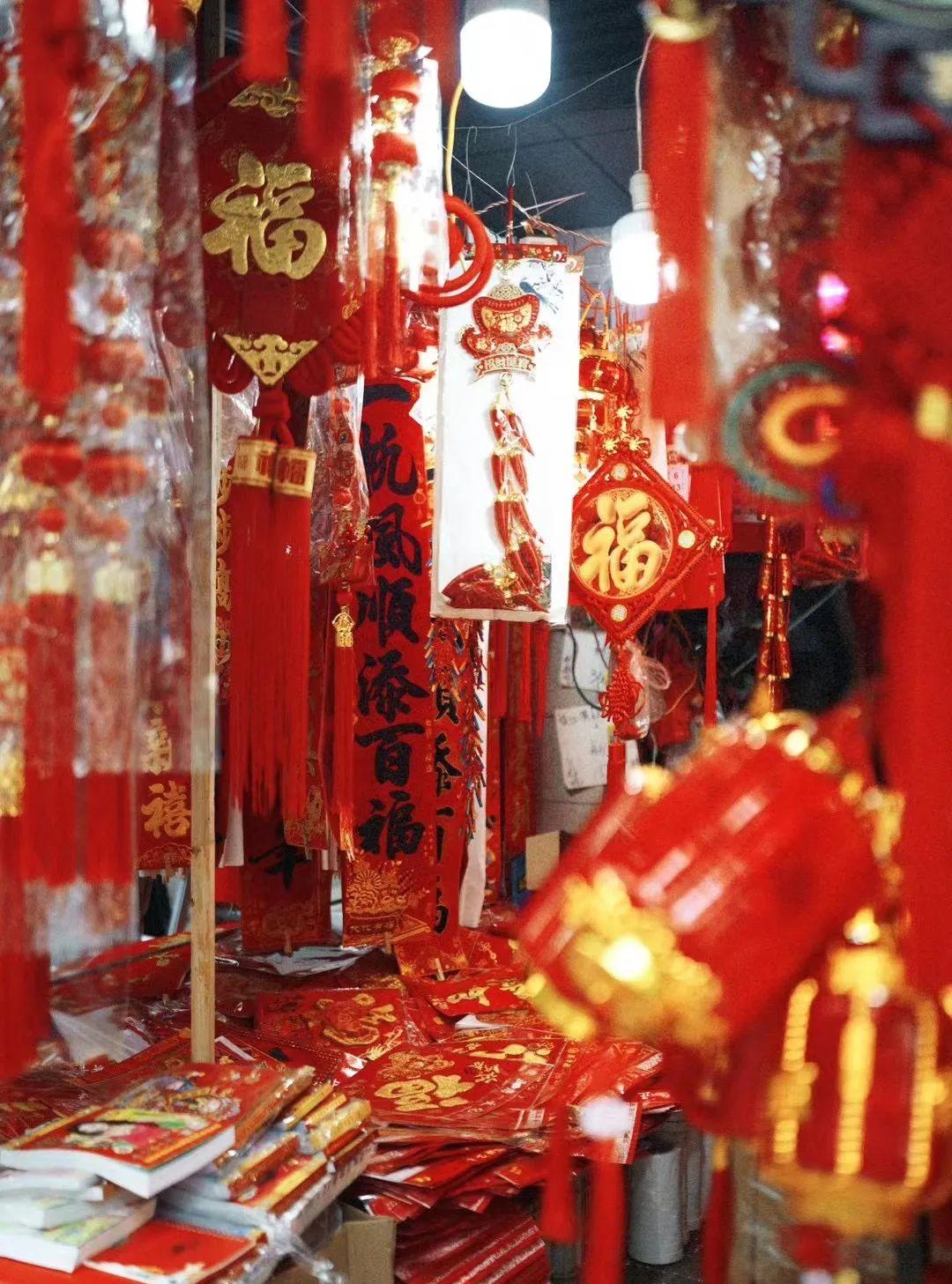
This is another old resident cafeteria that’s been open for over a decade. Those who are too lazy to cook can come here to get a set meal combining various ingredients for just 20 yuan, explaining why so many locals are willing to wait.

You can choose from several main dishes, and their peanut sauce noodles seem no different from what you’d find at a Sha County eatery, but they use homemade peanut sauce. The noodle dish with the store’s name may appear humble, but mixing in the layer of pork fat reveals a glistening and enticing treat underneath.
I also added a portion of Lohan meat, which surprisingly was only 9 yuan. The happiness felt in daily life in Fuzhou is evidenced by such meals, one after another.


